Characteristics of natural stone paving | Guides and advice
Natural stone paving has been in use for thousands of years. Long before the creation of tarmac and Portland cement, it was the most readily available and the most hard-wearing building material for walkways and roads. Today, the visual characteristics of natural stone make it a popular choice for patios and paths.
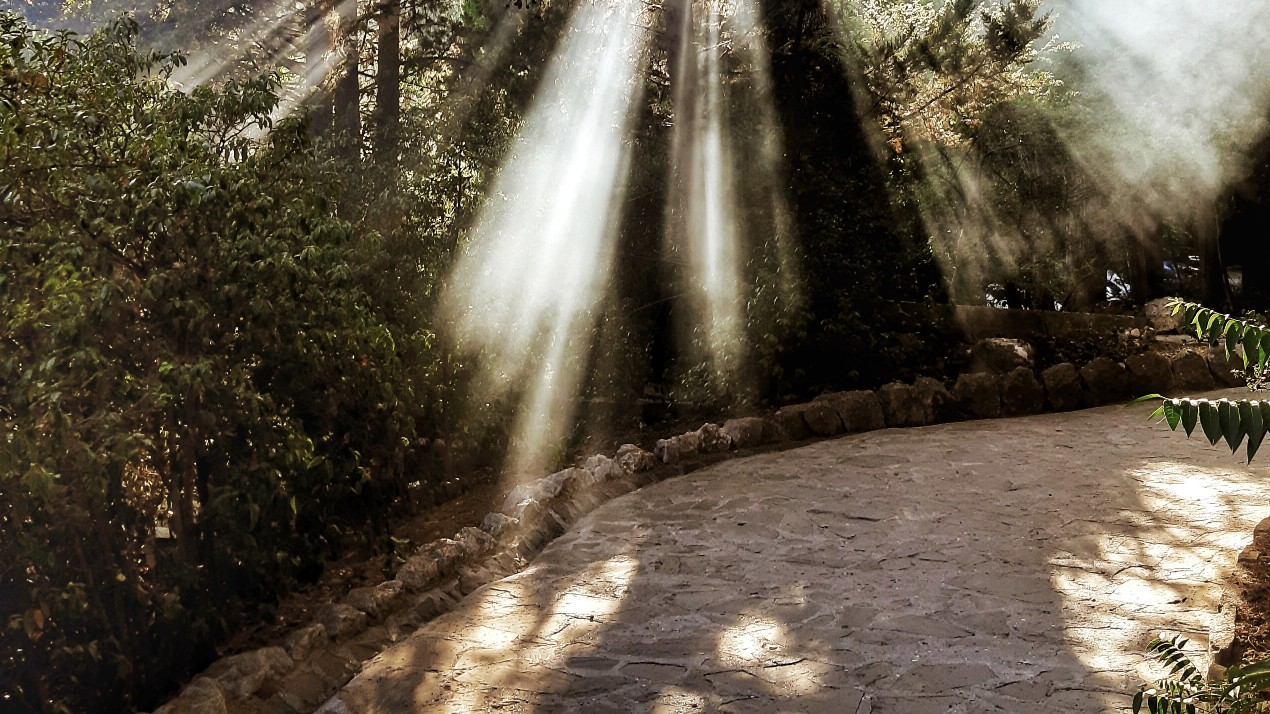
In this article:
Table of characteristics
Criteria for judging natural stone
Types of natural stone
Natural stone used for paving
Sandstone
Sandstone: Ratings
Granite
Granite: Ratings
Limestone
Limestone sub-categories
Limestone: Ratings
Slate
Slate: Ratings
Marble
Marble: Ratings
Grading of natural stone
Conclusion
Table of characteristics
This table is a compilation of the information in the rest of the article. Each stone is graded according to the criteria below, with 1 being a low score and 10 being high.
| Stone type | Strength | Durability | Water resistance | Stain resistance | Tactility (touch and feel) | Colour Choice | Pattern variation | Price |
|---|---|---|---|---|---|---|---|---|
| Sandstone | 6 | 6 | 4 | 5 | Honed and smooth to riven and granular | 9 | 8 | 7 |
| Granite | 9 | 9 | 8 | 8 | Larger mineral crystals often result in a coarse surface | 5 | 4 | 6 |
| Limestone | 5 | 4 | 5 | 5 | The surface can vary between smooth and glossy, as well as course and riven | 7 | 7 | 8 |
| Slate | 9 | 8 | 9 | 9 | Often a smooth, fine-grained surface with occasional ribbons and foliation | 4 | 3 | 6 |
| Marble | 7 | 6 | 6 | 6 | Medium to coarse-grained, non-foliated. Often smooth and glassy | 7 | 7 | 1 |
Criteria for judging natural stone
When we look at the quality of natural stone, certain characteristics will be more desirable in some scenarios than others, as the applications for natural stone vary greatly. A strong stone which is useful in a commercial setting, for instance, may not have the appearance required for an ornamental application:
- Strength – in terms of strength, we consider how a stone holds up under heavy weight (such as vehicles) or how it withstands impact before breaking. How the stone performs in this area is dictated by its tensile, shear and compressive strength.
- Durability – here, we look at how a stone can withstand continued use without abrading, deforming, flaking or cracking. This rating takes into account hardness and brittleness of the stone, along with it’s scratch-resistance.
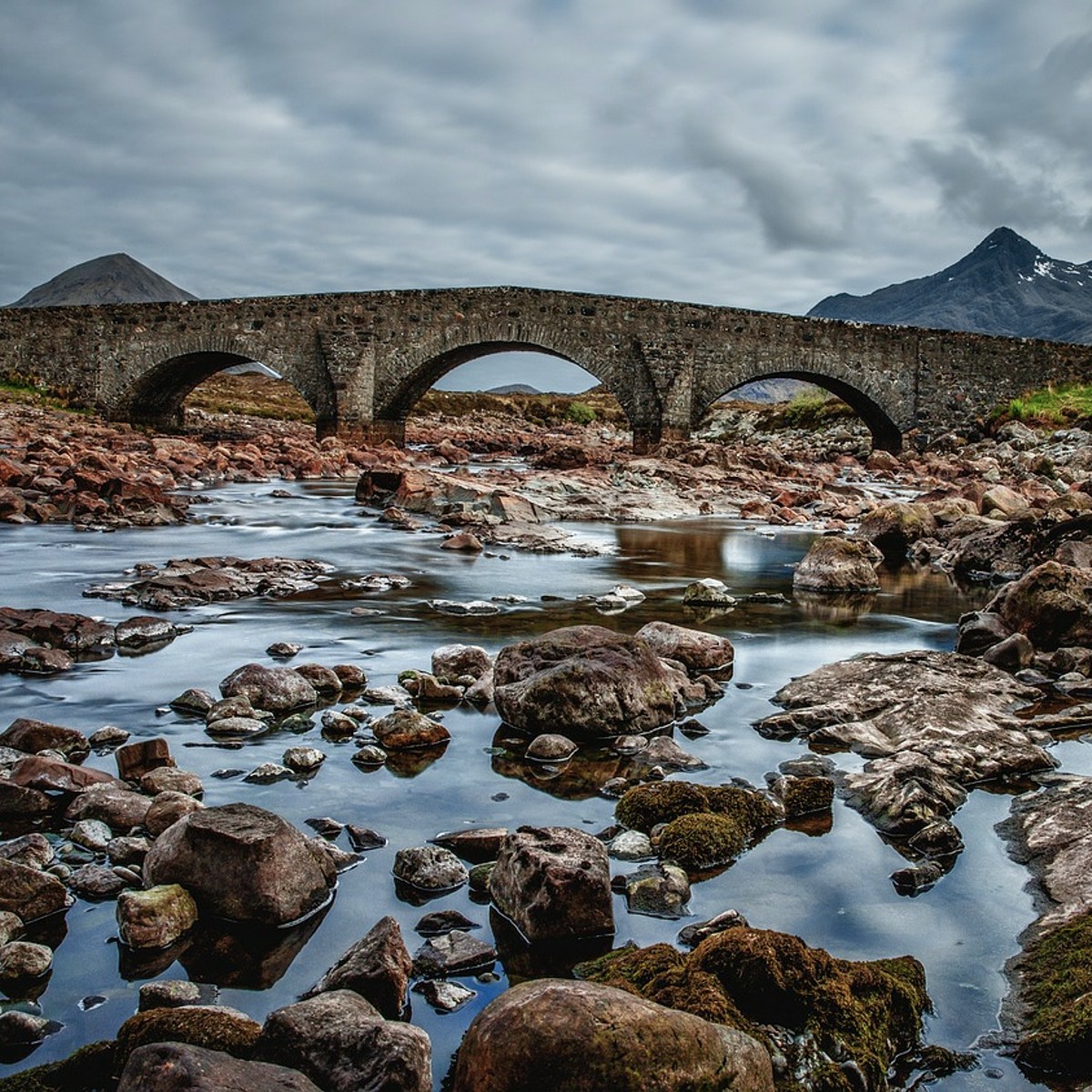
- Water resistance/permeability/porosity – the amount of water a stone absorbs and retains can greatly affect how it endures. Those stones that draw in water easily are more susceptible to water or frost damage, chemical and physical erosion.
- Stain resistance and maintenance – how susceptible the stone is to staining and marking from chemicals, organic materials and soluble deposits. This rating also considers how easy the stone is to protect and clean from such things.
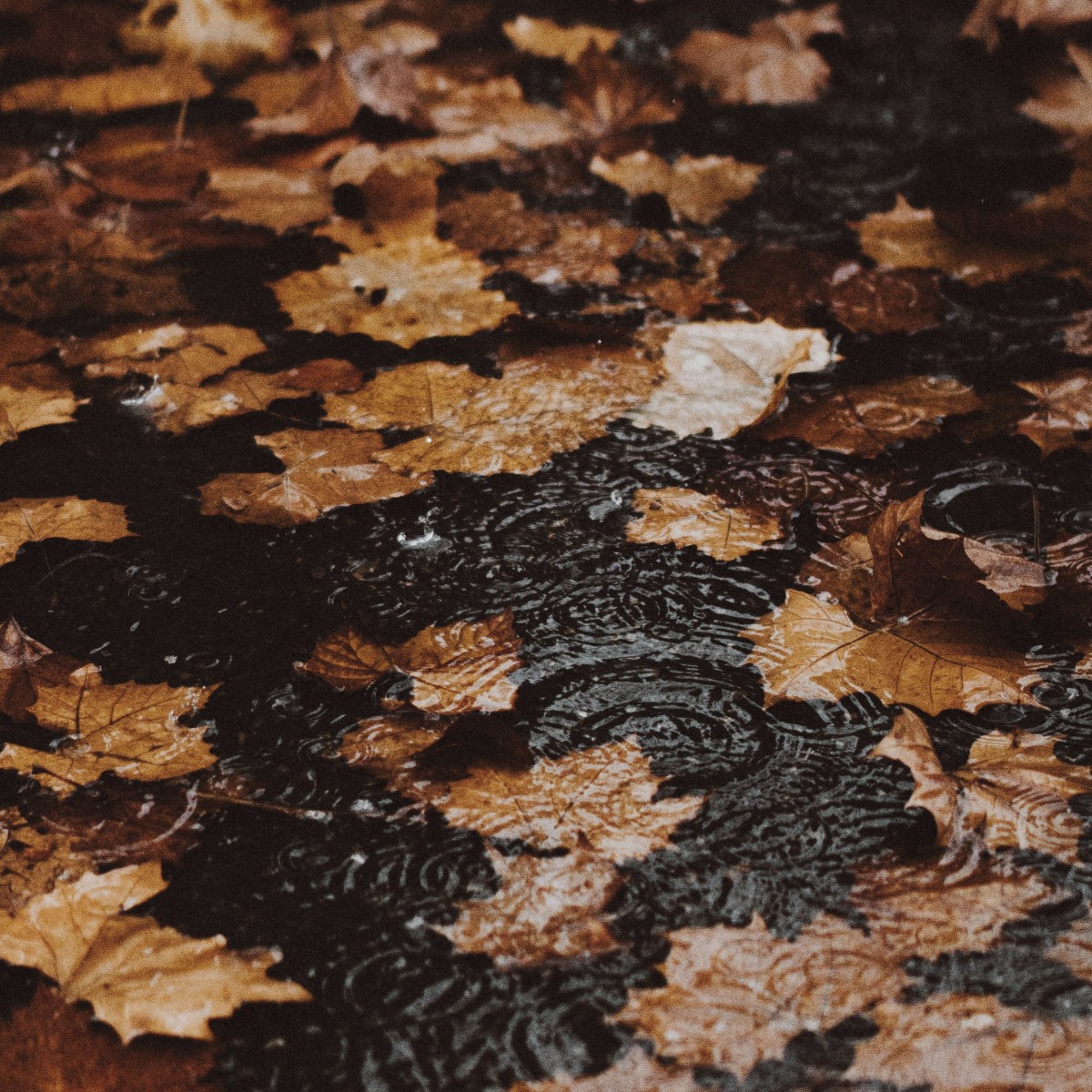
- Tactility (touch and feel) – this can be highly subjective, as some stones may be more appealing to touch than others.
- Colour choice – A greater variety of colours will ensure a stone is more applicable in different settings. Alternatively, those with fewer colour choices will offer a distinctive look.
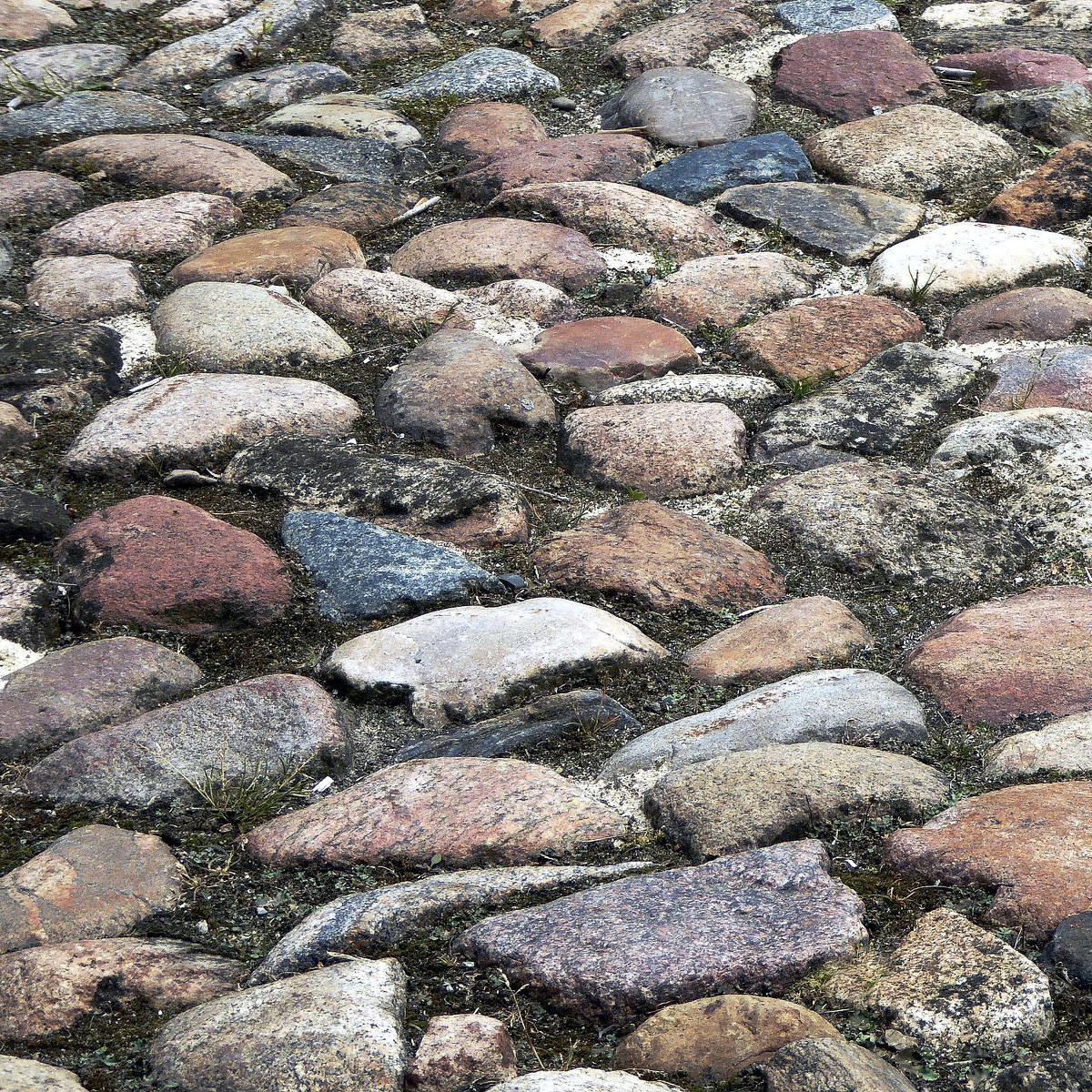
- Pattern variation – because each of these natural stones are formed in different environments, the way the mineral crystals have settled, formed or transformed in them result in different kinds of patterns. Like colour, this means that some natural stone has a greater variety of patterns than others.
- Price – the cost to buy natural stone can vary from supplier to supplier, but the key factors that go into price are abundance, how easy it is to quarry and shape, and how expensive it is to ship.
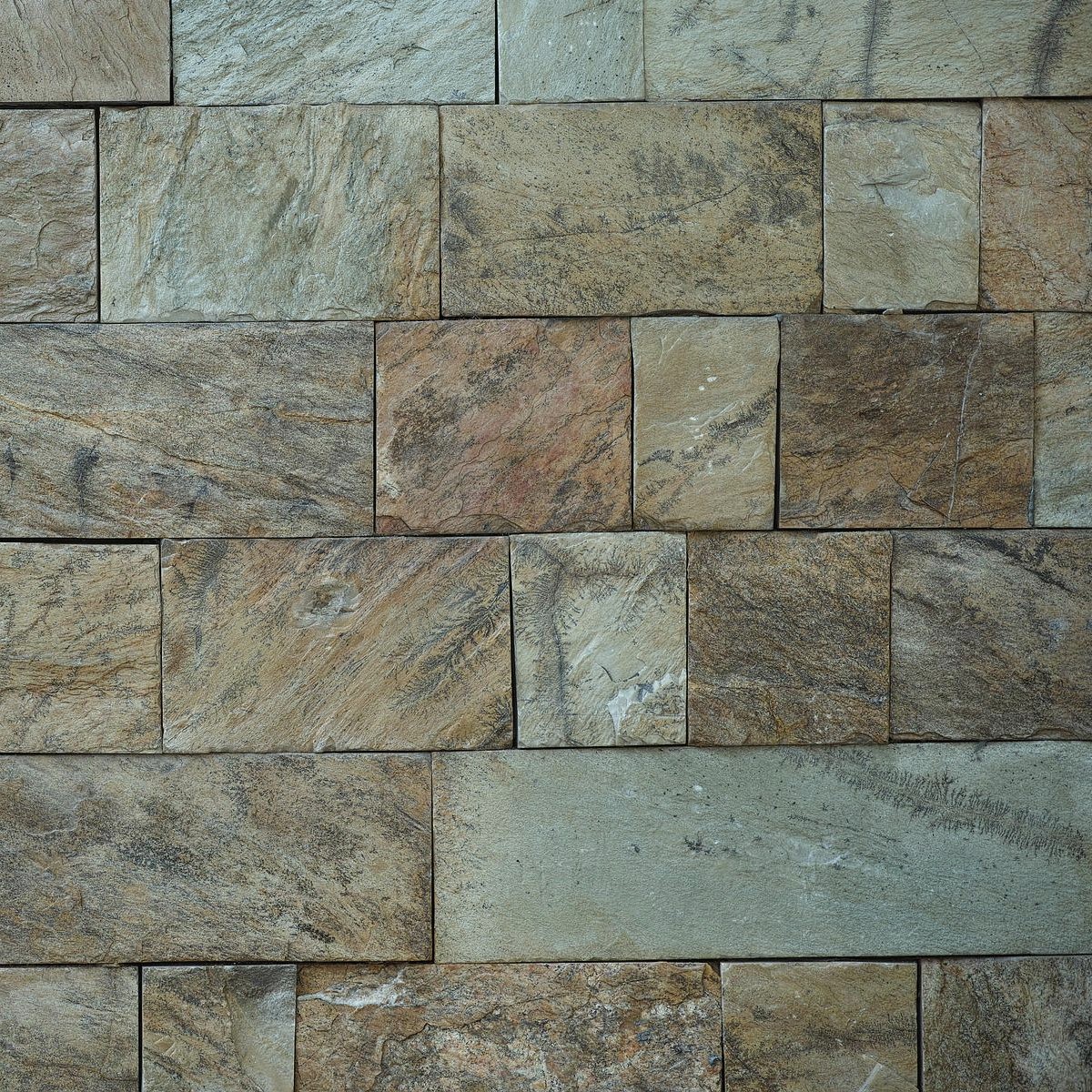
Types of natural stone
The features of different types of natural stone depend on how they are formed and weathered. Every stone you see has a long and often complex history, much of which can be discovered with careful examination. There are three types of stone, each of which has undergone dramatic natural processes to arrive as you see them today.
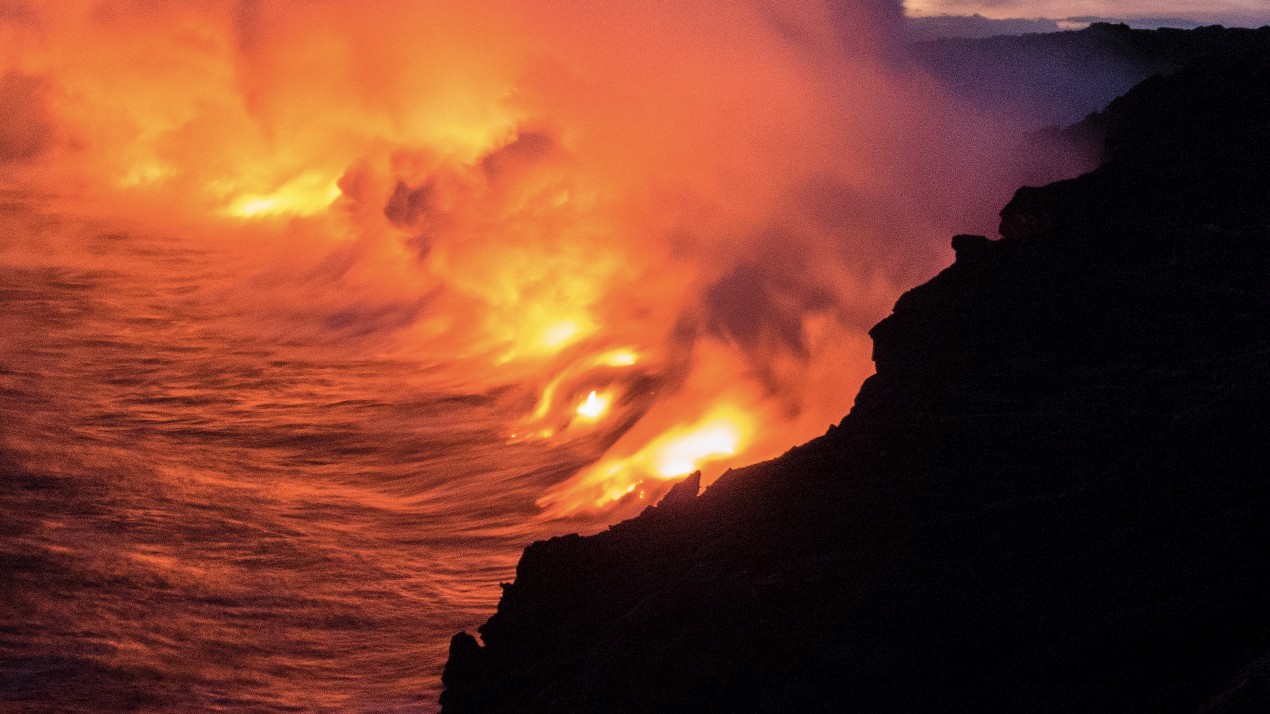
Igneous (volcanic) rock
Igneous rock is the solid form of magma (molten rock) once it has cooled. The intense heat of the mantle in the Earth’s core melts and breaks down the minerals far below the surface. As magma rises to the surface, it begins to cool, solidify and combine. The term ‘igneous’ derives from the Latin word ‘ignis’ (meaning fire), from which we also derive the word ‘ignite’
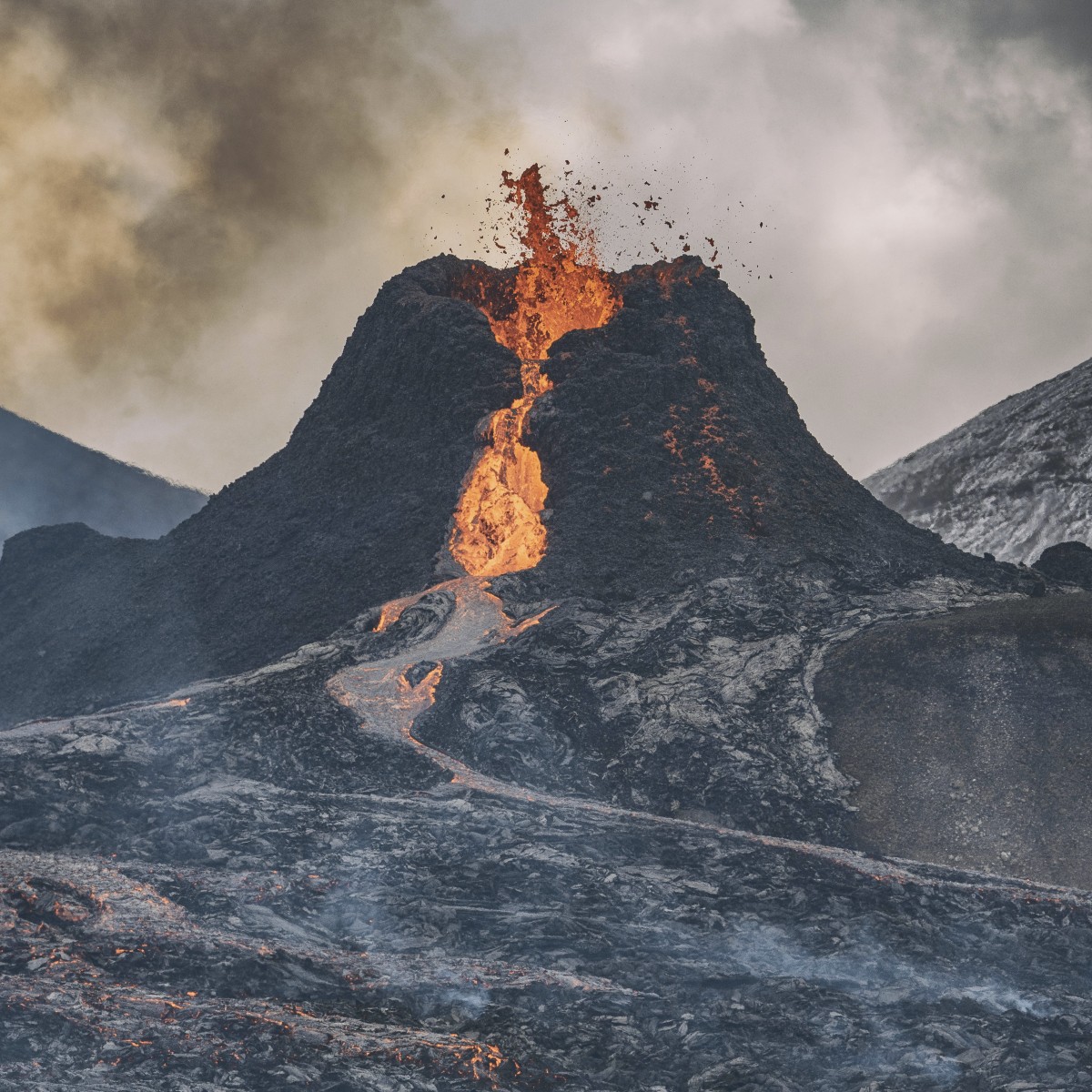
There are two types of igneous rock, intrusive and extrusive. These two types are differentiated by where the molten liquid magma cools to form the solid rock. This difference in cooling is what gives them their physical different characteristics and properties, rather than just being used as a means of classification or labelling:
- Intrusive – also called plutonic rock. This igneous rock is formed below the surface of the Earth as magma cools. It has large crystals that have taken a long time to cool. During formation, these crystals had more time to expand and are often visible to the human eye. This kind of grain-like crystalline rock surface is called phaneritic. Intrusive igneous rock tends to be stronger and harder than extrusive rock.
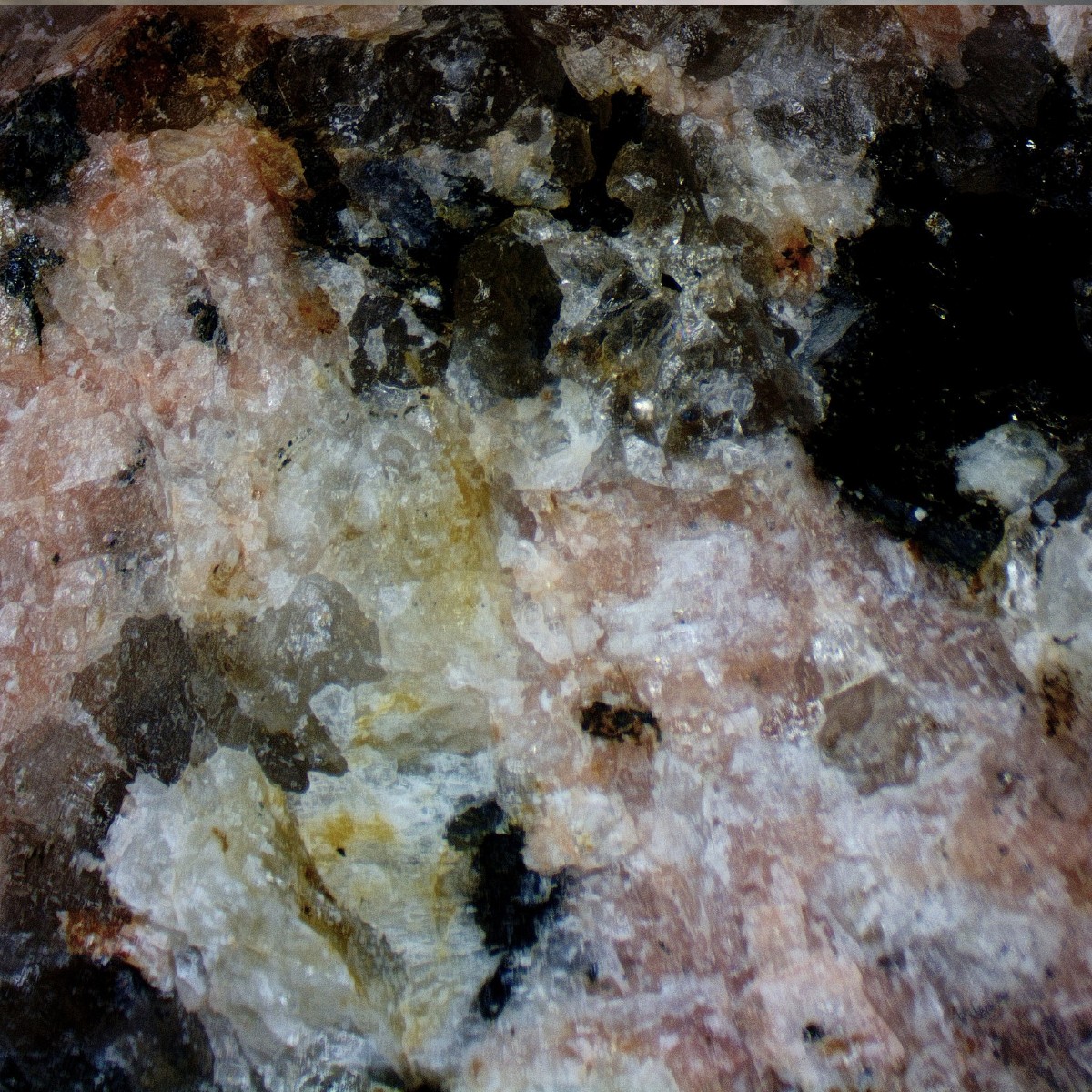
- Extrusive – often called volcanic rock, where the magma has broken through the Earth’s surface and become lava before it cools and solidifies. These have small crystals that have cooled very quickly and are often microscopic. Very rapid cooling will result in an almost glassy surface where the crystals are too small to distinguish with the eye (aphanitic). Sometimes, gas bubbles in the lava will leave large holes in the rock, known as vesicles. Extrusive igneous rock tends to be more brittle and weaker than intrusive rock.
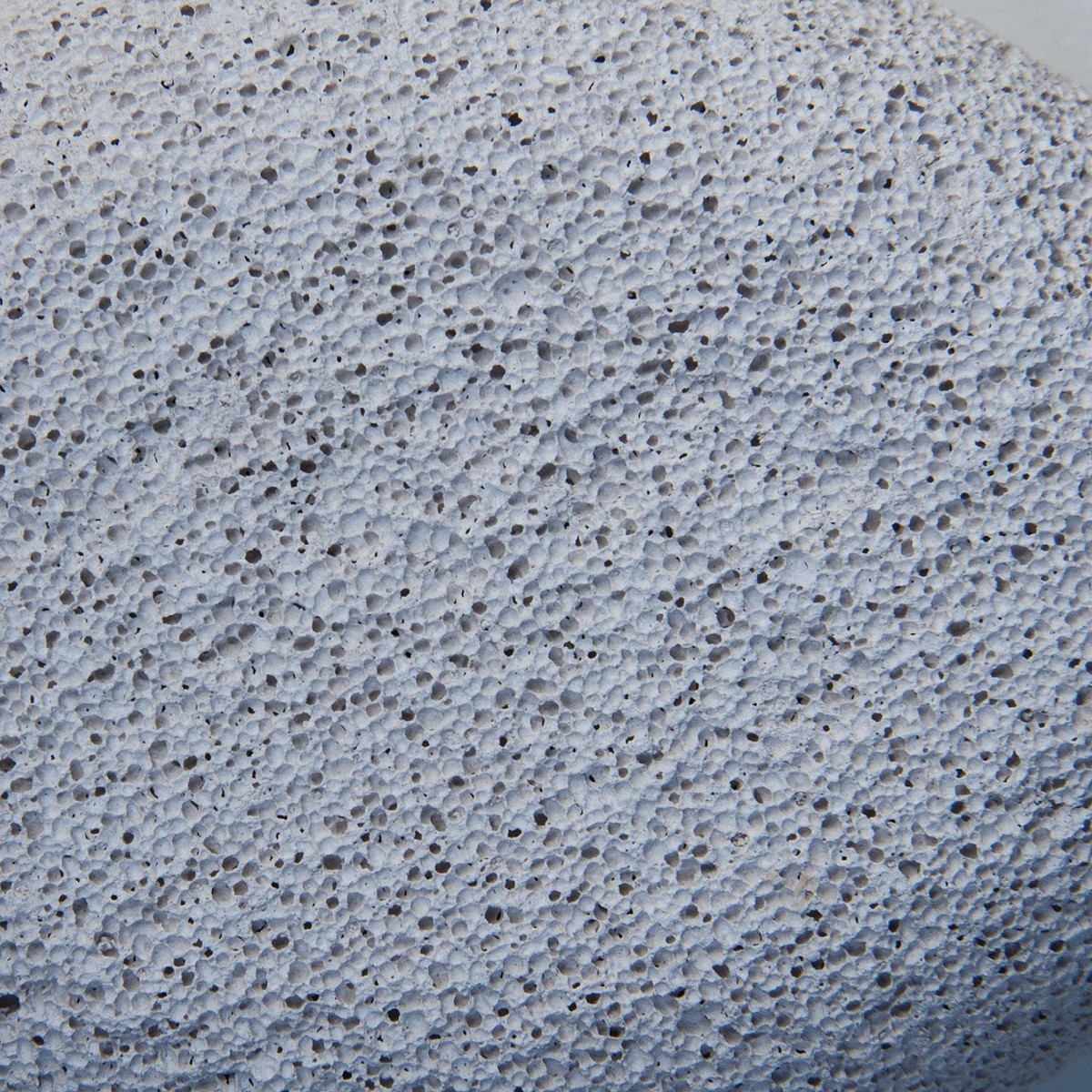
Igneous rock is one of the most common types of rock on the Earth’s crust and makes up around 90% of it. Geologists classify igneous rocks based on the minerals present. These are Feldspar, Pyroxene, Mica, Amphibole, Olivine. Igneous rock usually contains feldspathoid minerals or quartz, but seldom both together.
There are four main colour variants of igneous rock. Each of these is based on the minerals present:
- Mafic – dark green, brown, red, black or grey. There are no potassium feldspars or quartz found.
- Ultramafic – very dark minerals like magnesium or iron and very few light minerals like silicon.
- Intermediate – Often greyish rocks that contain andesite or diorite.
- Felsic – often white or pink colours. Contains light-coloured minerals like quartz and potassium.
Sedimentary rock
Sedimentary rock is usually formed at the bottom of bodies of water such as ocean floors, seabeds and lake beds. Sedimentary rock is formed when layers of small rock clasts, grains and particulates bond together over time through a process called sedimentation. These grains might be made up of igneous, metamorphic or other sedimentary rocks and organic material such as seashells and coral. They are transported by water, ice, wind or other kinds of activity which dislodges broken rock grains. These then settle as sediment on the bottom of the body of water. As well as rock fragments, sedimentary rock also sometimes contains organic material such as calcarous skeletal remains from organisms like molluscs and coral, and ancient plant material.
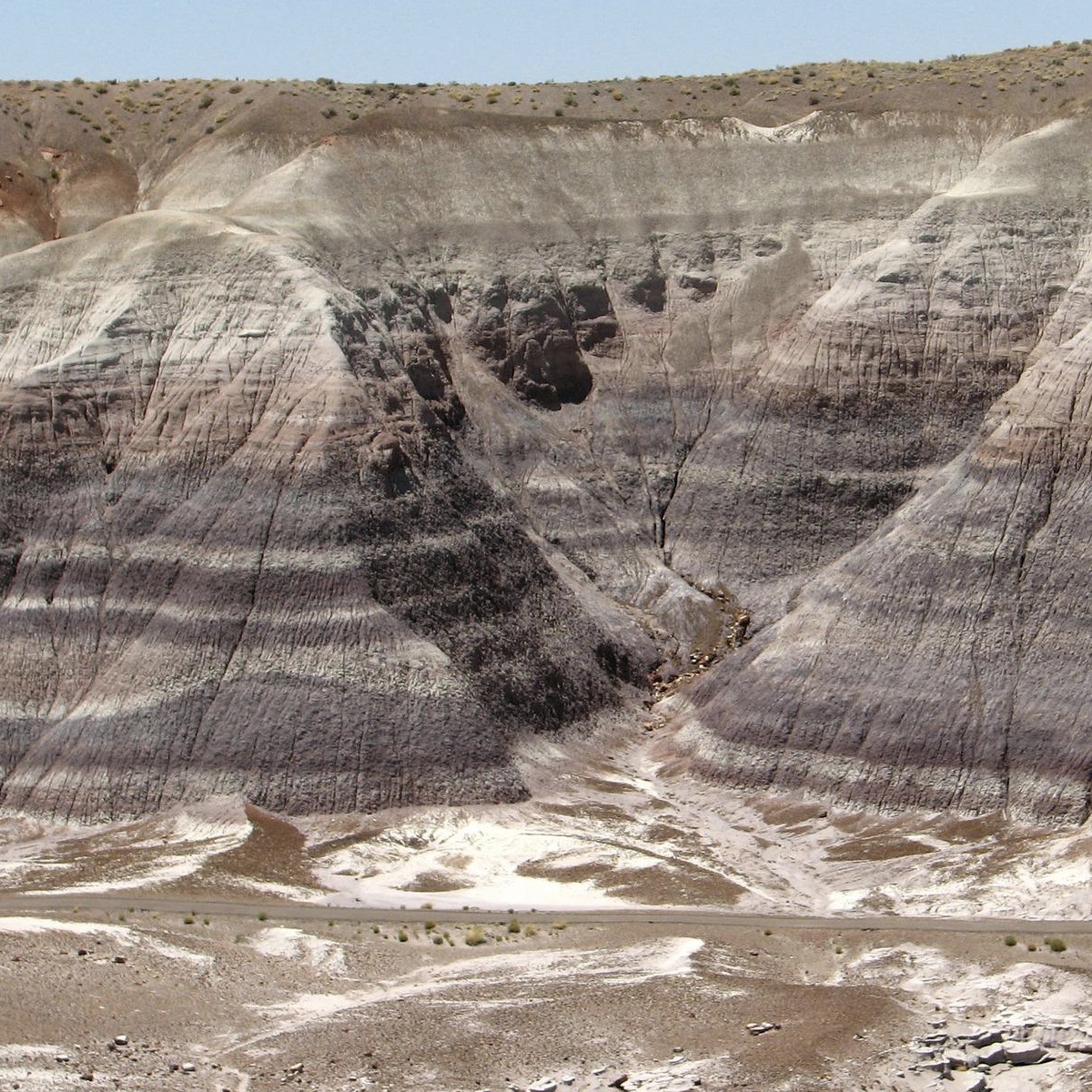
The sedimentation process follows five stages:
- Erosion – rock or organic material is broken apart through weathering, physical and chemical erosion.
- Transport – material grains and clasts are moved along through land, marine or volcanic environments.
- Deposit – sediment of grains comes to rest. The environment they come to rest in will often determine the characteristics of the rock later on.
- Compaction – subsequent layers of material grains settle on top, creating pressure. Likewise, seawater and the force of gravity strongly contribute to compaction.
- Cementation – mineral cements crystallize and form between the grains of the sediment, creating the chemical bonds that glues the rock together.
Where this process involves only other rocks, the rock is clastic, a clast being a fragment of rock. Sedimentary rock that is in part formed of material derived from organisms from is known as biochemical sedimentary rock.
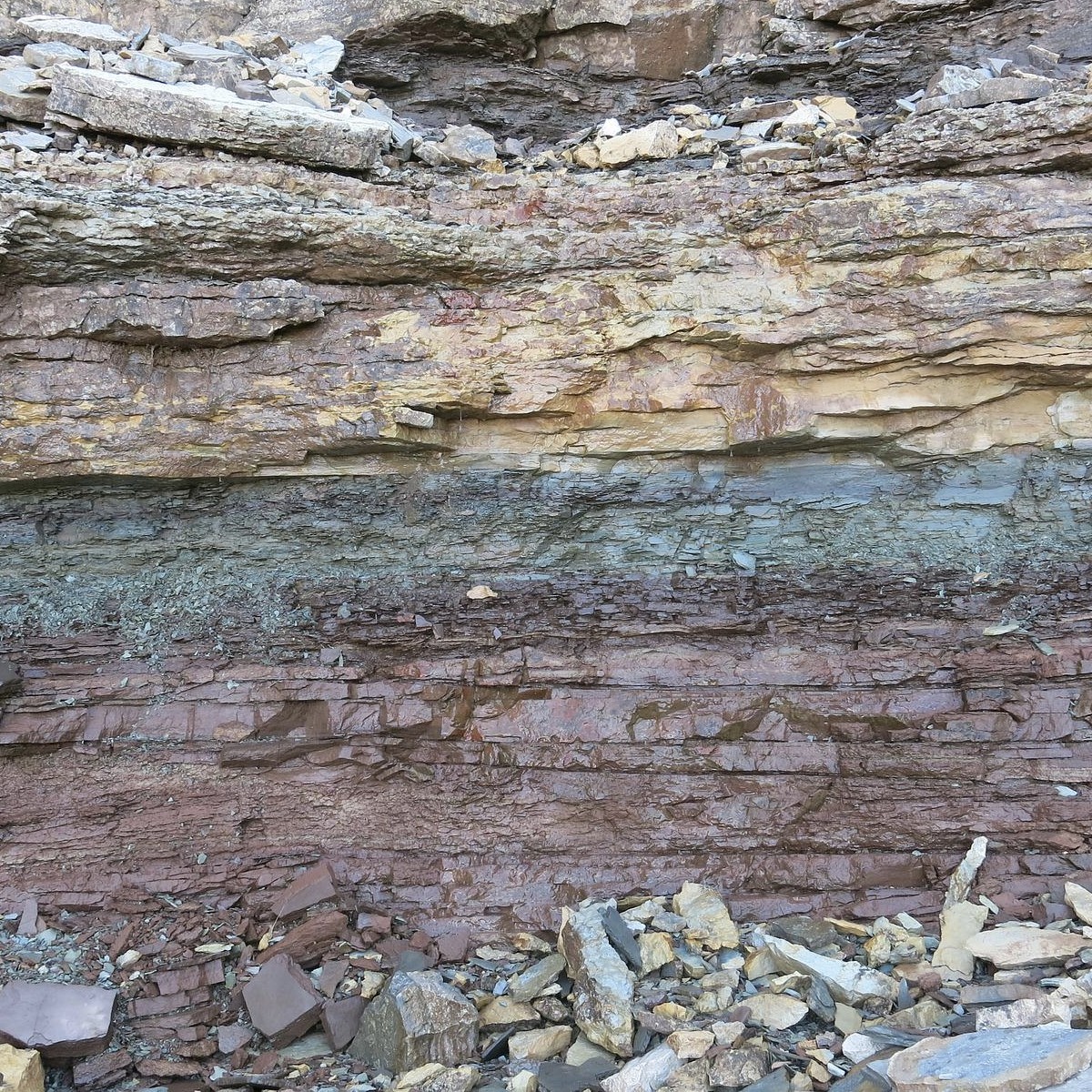
The colour of sedimentary rock is determined by the detrital grains and bonding material that goes into it. A sandstone that has which has formed in an environment rich in potassium feldspar, for instance, will take on a pinkish colour. Dark limestone is rich in organic materials, whereas limestone that is mostly calcite is pale yellow or creamy. The abundance or absence of such materials is variable where such rocks develop, which means that the colour and patterns in both sandstone and limestone are highly variable as well.
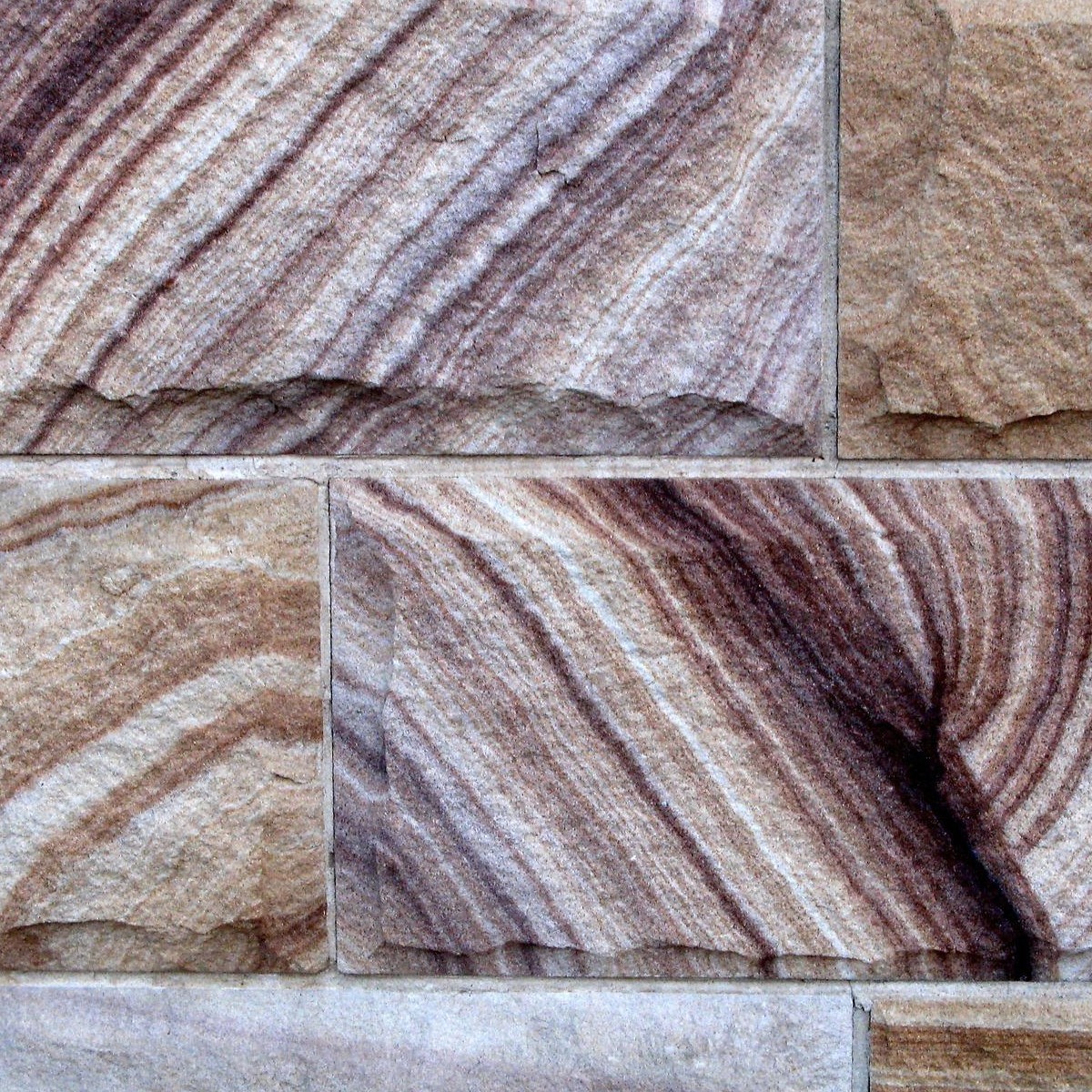
Metamorphic rock
Metamorphic rock is created when existing rock is exposed to very high temperatures and extreme atmospheric pressure. From about 300°F and 1000 pascals, the original rock (known as protolith) undergoes a physical or chemical transformation.
These conditions can come from simply being underground where the heat and pressure are very intense, or they can come from the intense friction that occurs during tectonic activity. Such activity can include dramatic geological events such as continental clashes or magmatic activity underground. Exposed metamorphic rock, whether through erosion or eruption, can give us insights into the conditions of the Earth’s crust.
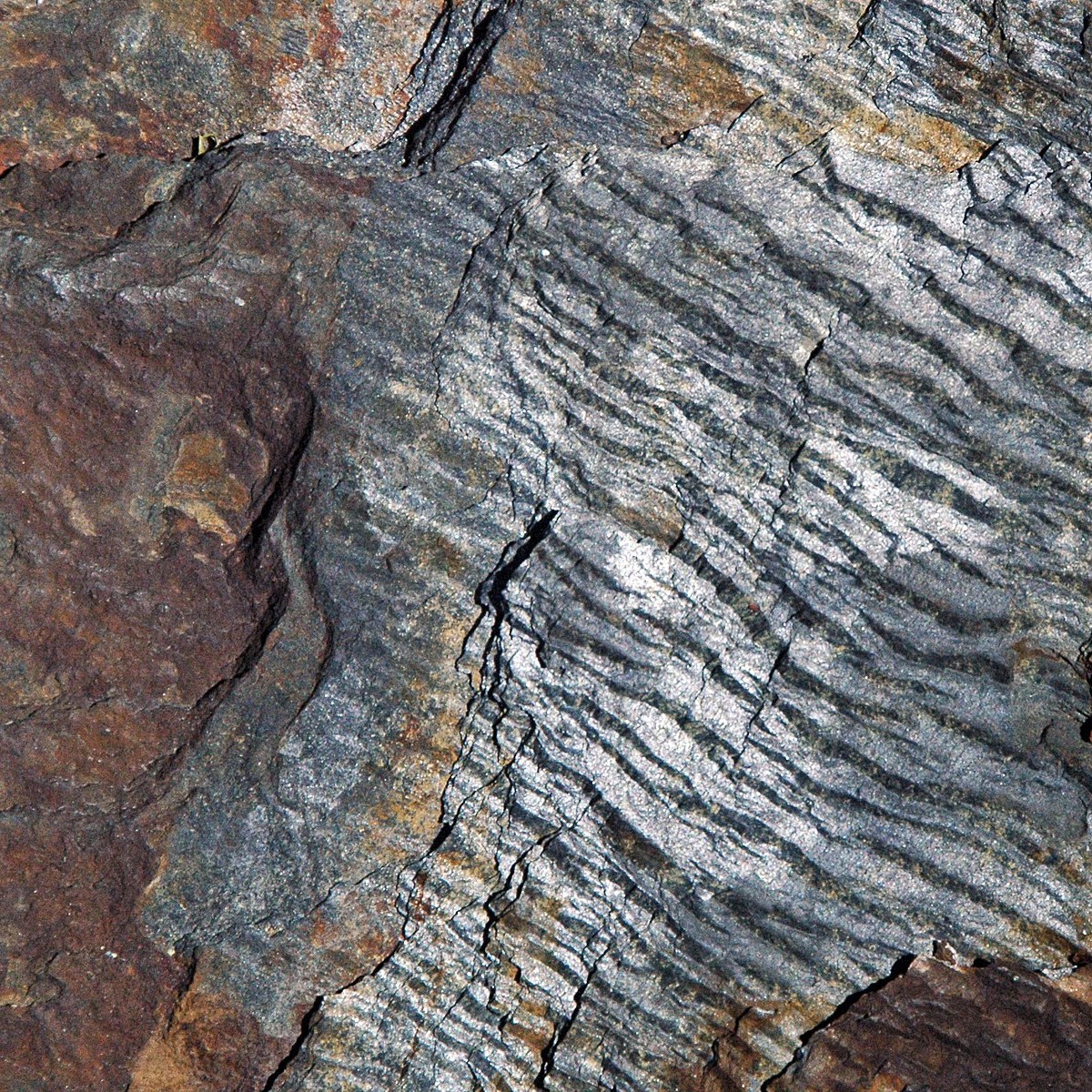
The process of metamorphosis is similar to that of igneous rock, but instead of melting, the mineral composition changes. There are three kinds of metamorphism that occur:
- Thermal metamorphism – when heat alone is the cause of recrystallisation (the breakdown and restructuring of mineral atoms).
- Cataclastic metamorphism – when pressure greater than 1000 pascals breaks down mineral particles, frequently during tectonic activity.
- Dynamothermal metamorphism – when both heat and pressure kickstart the recrystallisation process. As with cataclastic metamorphism, this often occurs at the fault lines of the tectonic plates.
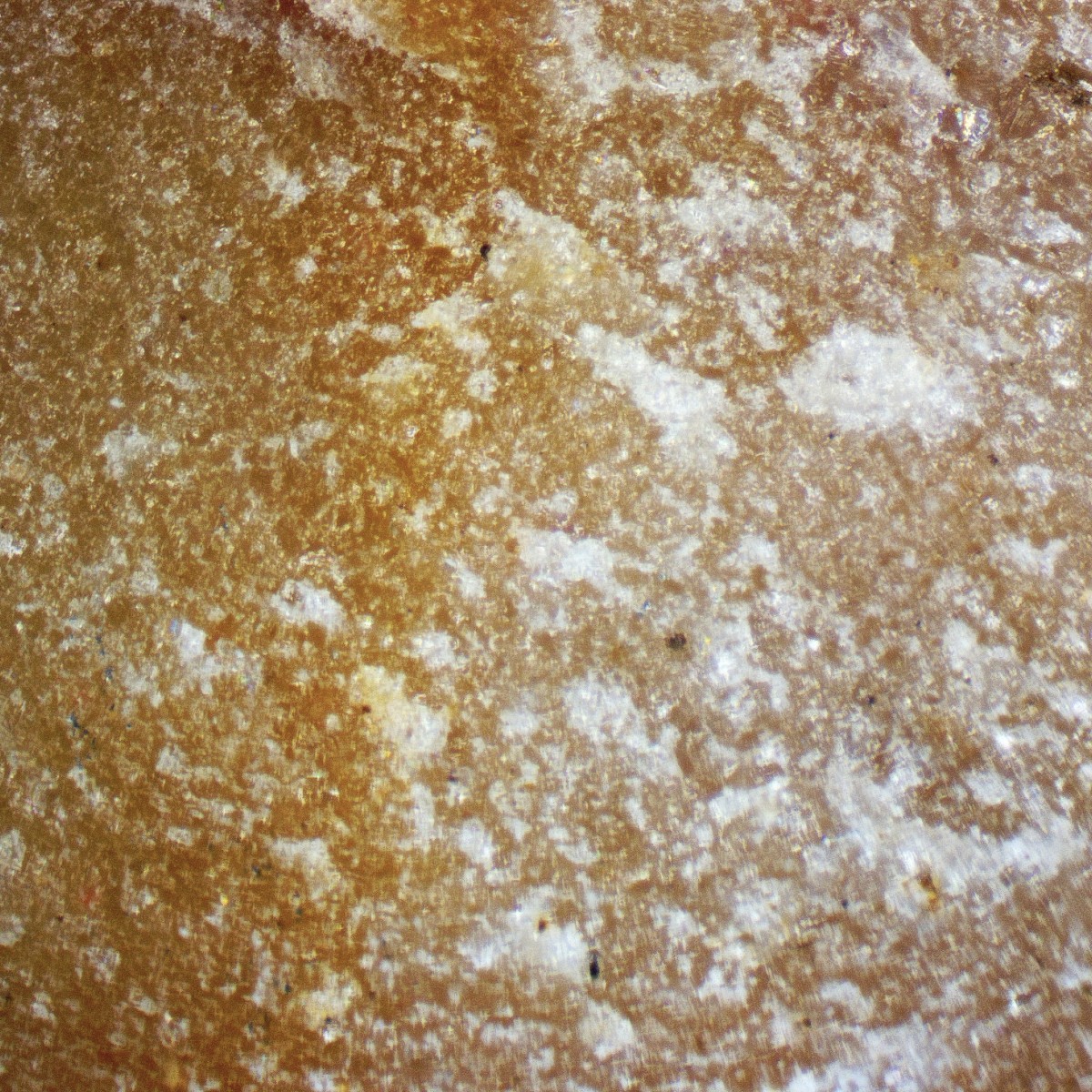
Metamorphic rock falls into one of two categories when it comes to texture:
- Foliated – these rocks are where the minerals have been aligned and create long, leafy patterns on the stone. A good example of this is gneiss, a type of which is derived from a protolith of granite. Often they have flaky, plate-like layers, as in the case of slate.
- Non-foliated – this is where the minerals have not been aligned in the metamorphic process. While they compress in much the same ways as foliated rocks, they do not elongate or align into plated layers. An example of a non-foliated rock is marble, which has metamorphosised from limestone.
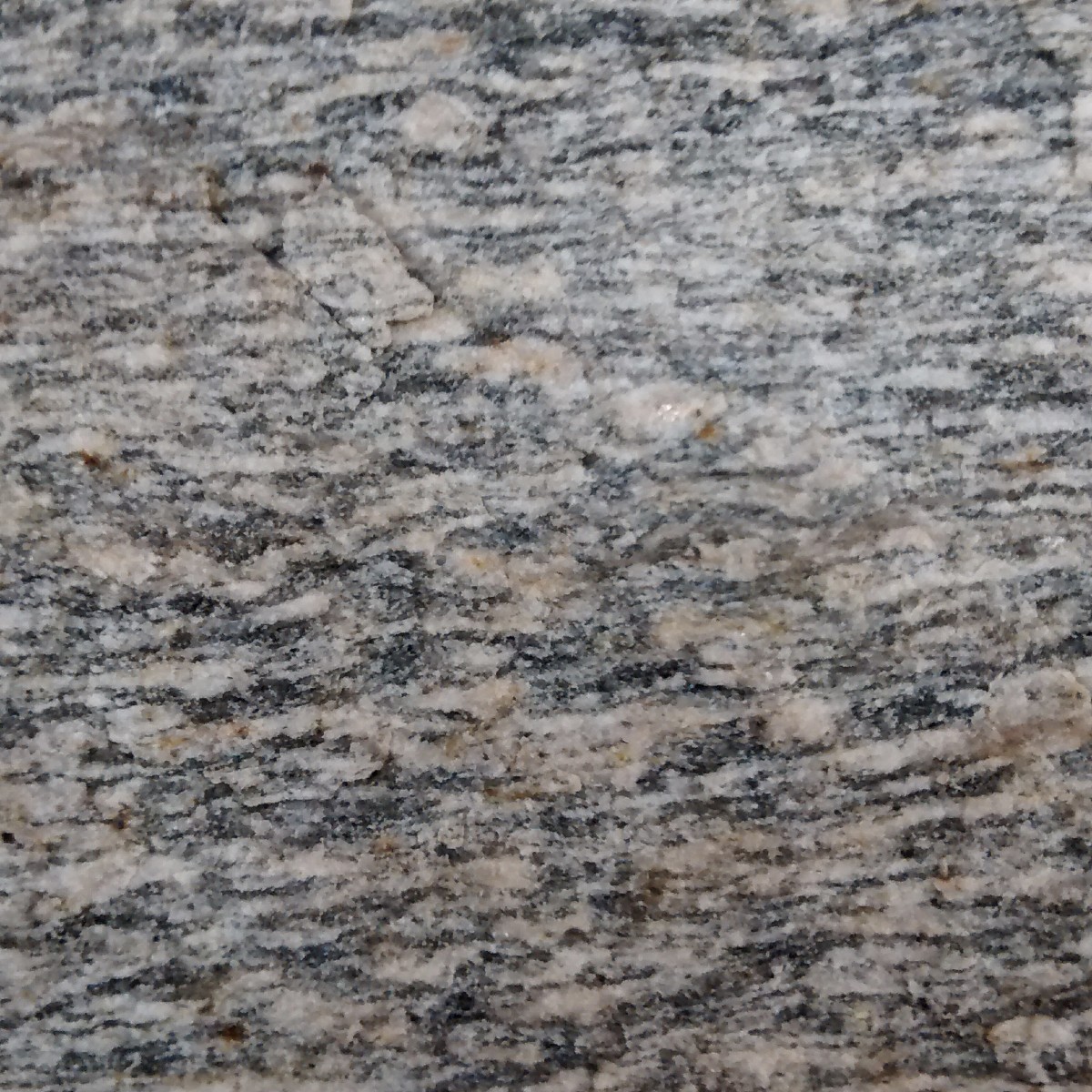
Natural stone used for paving
Sandstone
Sandstone is a sedimentary rock which is formed when grains of sand are cemented together over time in a process called lithification. The time it takes for sandstone to form greatly varies. Lithification can take thousands or millions of years when a sand deposit has been buried, or can only take a few hundred years if there is enough of a cement to create a bond between the sediments.
Sandstone is categorized according to its textural make-up. Rock which has a matrix of grains surrounded by empty pore spaces is classified as an arenite. Sandstone arenites are further divided into three subcategories:
- Arkosic sandstone – this is a coarse, reddish to grey sandstone also known as Arkose. Formed in granite-rich environments, Arkose is likely to have formed in extreme climates due to its high feldspar content, most like very dry or icy conditions.
- Quartz arenites – these are often white or pale pink in colour and are characteristically rounded and feature cross-bedded patterns. These features indicate that quartzose sandstone may be formed in beachy areas. There are large deposits of quartz arenites around stable continents, where they have been able to form without the disturbance of tectonic shifting.
- Lithic arenites – these are often dark or grey sandstone. They can be formed of volcanic or metamorphic rock and, unlike quartz arenite, are formed very rapidly due to uplift as they travel to the surface, intense erosion, or a high rate of deposition. Sometimes they can take on a reddish shade if they are deposited in a high oxygen environment.
Aside from arenite, the other category is wacke sandstone. It is sometimes termed dirty sandstone or greywacke, as it generally has a much darker colour than arenite. They usually contain mud (around 15-40%) in their grain matrix rather than empty pores and are typically formed in marine environments. Areas where wacke is found are associated with rapid weathering and erosion, such as mountain ranges or aquatic trenches.
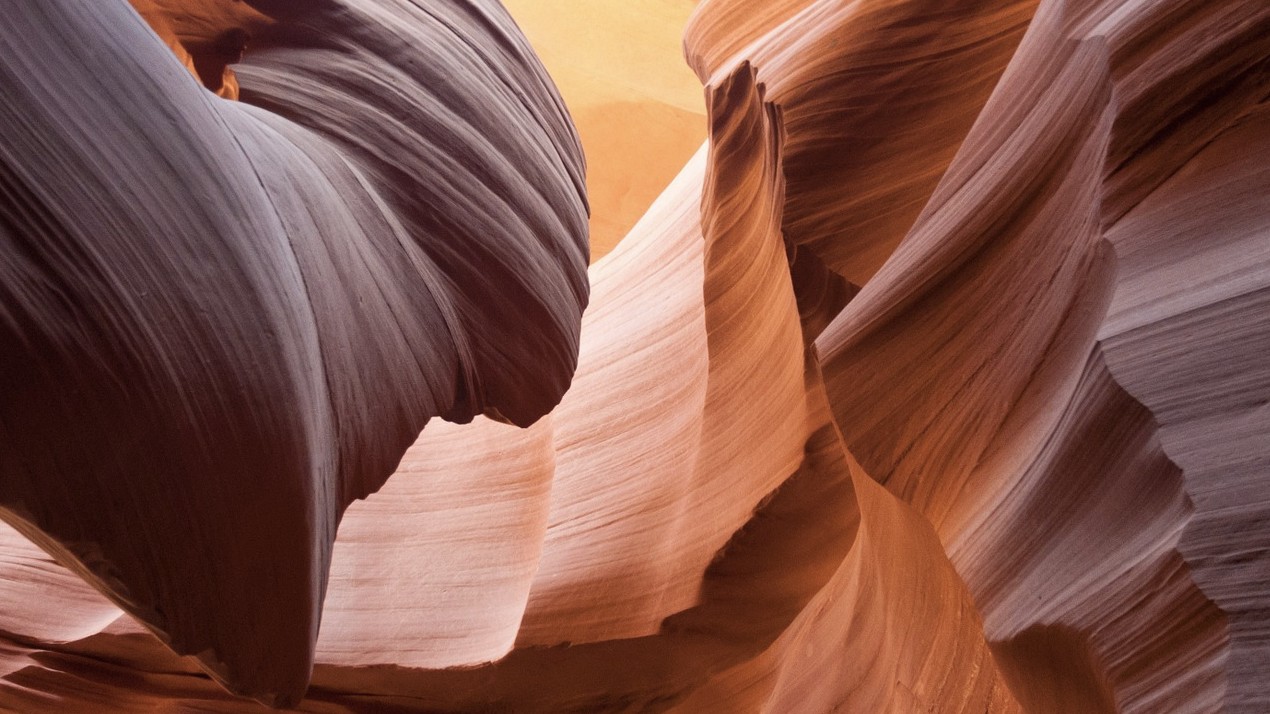
Sandstone: Colours and patterns
Sandstone comes in a wide variety of colours due to the wide variety of environments it can be formed in. The sediments that go into sandstone can come from a huge range of sources, so it is not unusual to find more than one or two shades and colours. Sandstone that has come from sand with high iron content, for instance, will likely have a reddish brown hue. Those of a darker colour, grey or black, might come from environments such as oceanic beds.
One of the most desirable features of sandstone is the complex and unique patterns that occur on its surface. As the sandstone lithifies, it may include layers of organic material, so it is not unusual to find fossilised creatures or plants.
They also sometimes feature Liesgang rings. These rings are found in a wide array of chemical systems. A theory is that they are likely to be chemical deposits like iron oxide forming concentric circles.
It is also possible to see the patterns left by oceanic or river currents by looking at the ‘cross-bedding’- the curving, waving lines that cross each rock.
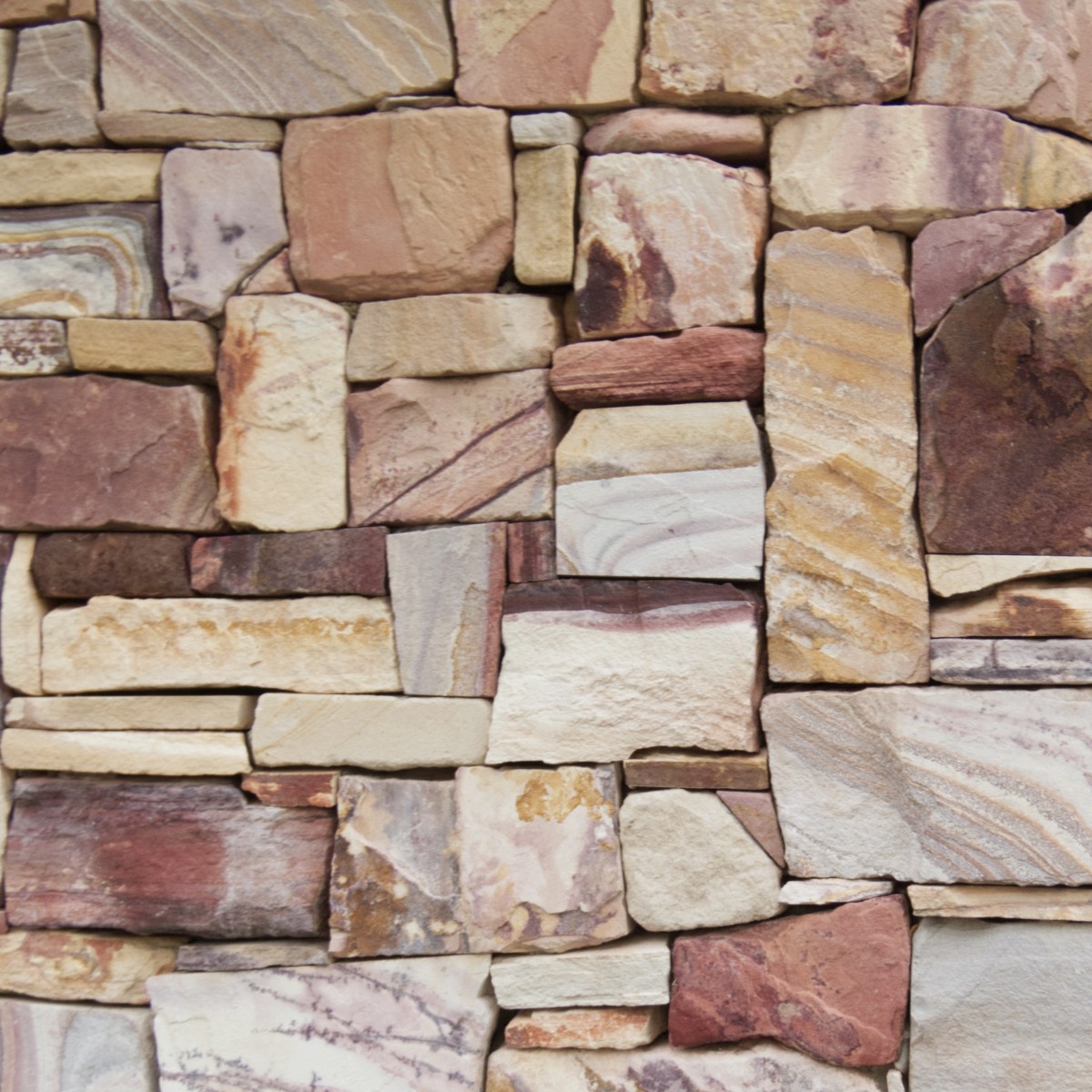
Sandstone: Pros
- Unique – the formation of sandstone means that each rock has patterns and colours you will not find elsewhere. This will mean that your paving will have its own unique character.
- Flexible aesthetics – traditional and contemporary looks
- Surface finishes – riven, brushed and honed options.
- Grip – decent anti-slip performance, especially when riven.
- Colours – From black sandstone through grey to red, pink and cream, one of the most attractive features of sandstone is the wide array of tones available. When wet, the stone brightens and becomes more vivid, and your paving will burst with colour.
- Gracefully distresses – sandstone ages well and will have more character and charm the longer it has been in place.
- Reasonably priced – In recent decades, sandstone has greatly lowered in price. Production costs are much lower than something like porcelain, however, shipping freight costs are a significant factor.
- Sustainable – Because it is a naturally occurring, and an abundant commodity, sandstone has less of an environmental impact than concrete or brick. It ages naturally without any harmful by-products.
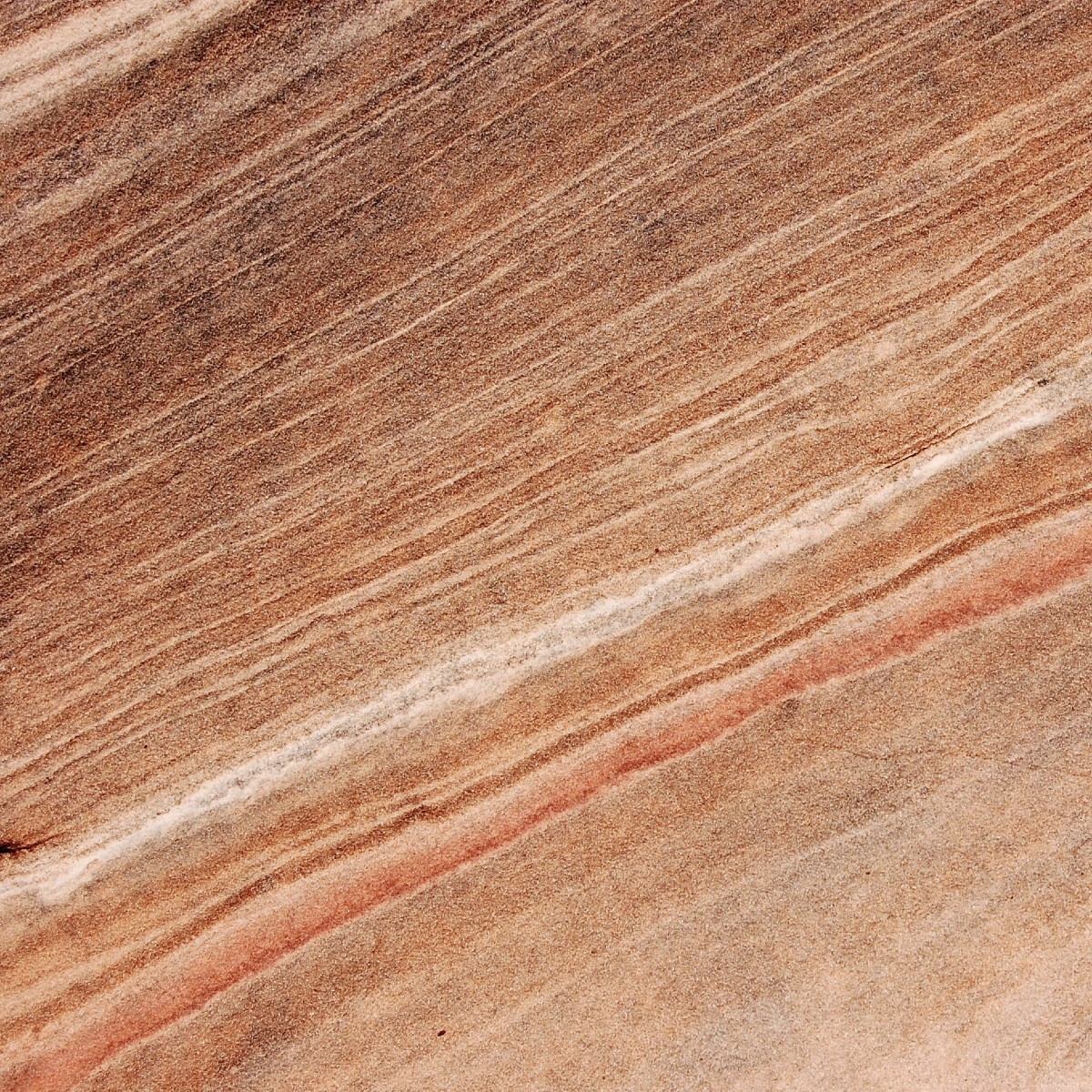
Sandstone: Cons
- Scratches – sandstone is softer than some other stones used in paving. It scratches more easily if unprotected furniture is dragged across it, or similar abrasive action is taken. Be aware, these scratches can be permanent and difficult to repair.
- Water absorption – Sandstone is sponge-like in structure. It holds onto water through a capillary action, which can mean it is more susceptible to water damage and staining. This permeability also makes it more vulnerable to chemical (acid rain) and physical erosion (freeze-thaw).
- Stains – because sandstone is porous, it has the habit of holding onto stains, deposited as soluble detritus. Ketchup and grease from barbecues, as well as tannins from leaves in autumn, can all have a detrimental effect on its appearance.
- Cracks/Delamination – absorbed water can also mean frost and ice. This will expand in the sandstone and create cracks. Cleaning your paving regularly and using a sealant can limit the damage done by cold weather.
- Will Age – Though sandstone can look very distinctive when aged, it can also end up looking less pleasant when it has not been well maintained, with grime and deep staining a possibility.
- Requires maintenance – the care of sandstone is fairly straightforward. You may need to replace the jointing from time to time, and like other kinds of stone, it is important to clean it regularly to avoid moss and algae growth.
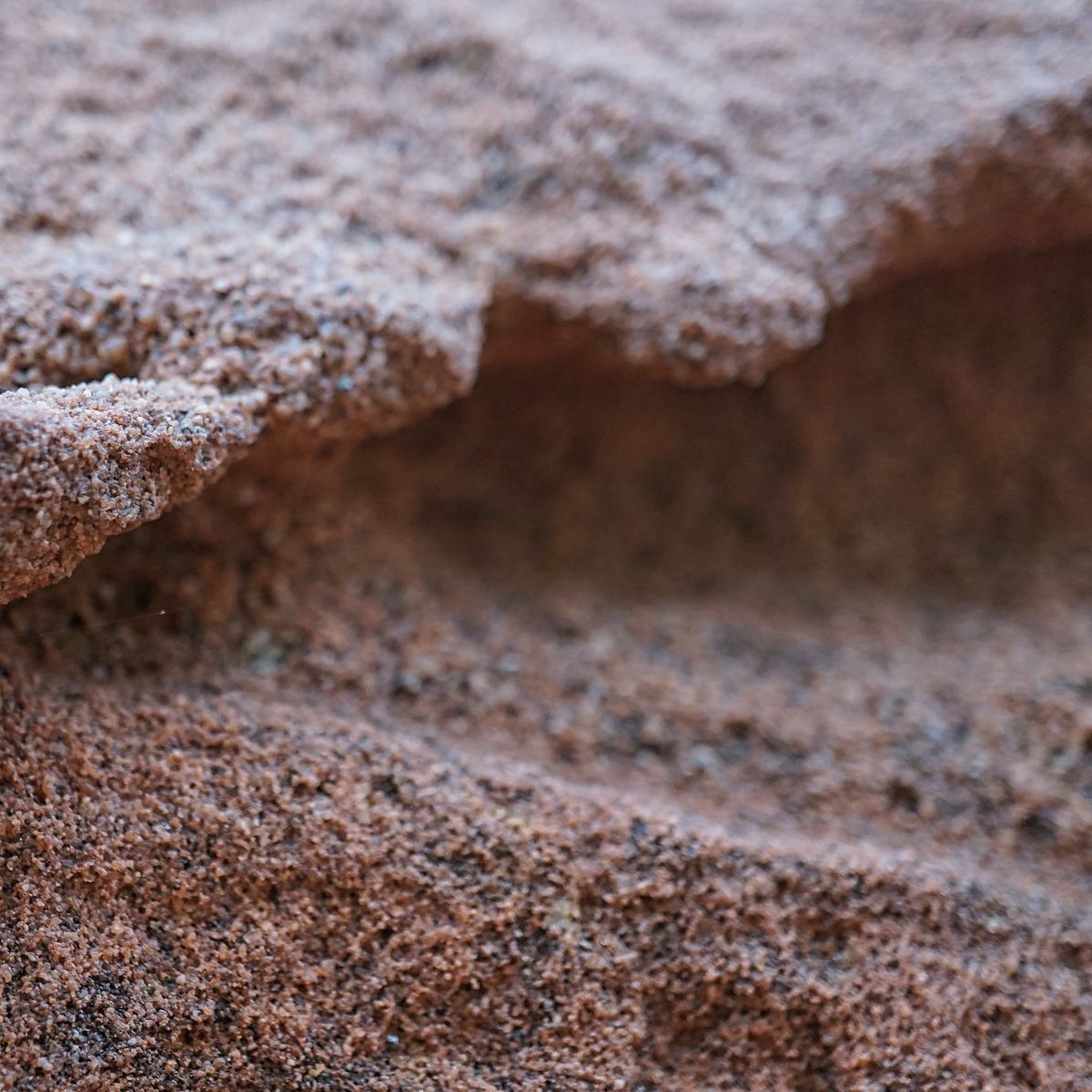
Petra
Petra is an ancient city that is hewn from pink quartz sandstone. It is not only a marvel of ancient architecture, but an impressive example of how sandstone weathers over time. The passageways which lead to the palace, religious buildings and residences were formed from flash flooding over thousands of years.
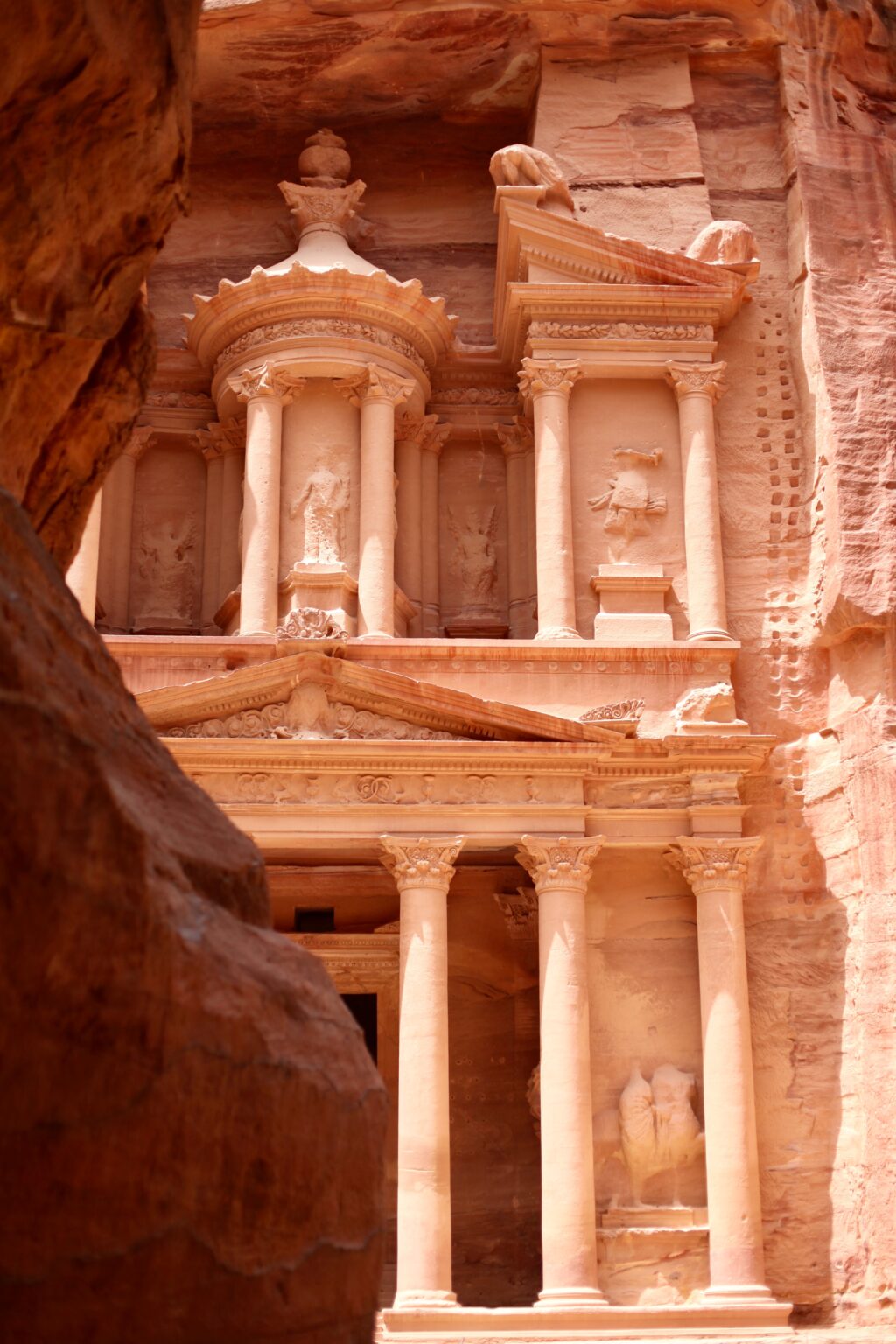
Humayan’s Tomb
Located in Dehli, Humayan’s tomb is among the first examples of grand mausoleums that India architecture would later become associated with. It predates its marble counterpart, the Taj Mahal, and is an example of how red sandstone can complement and contrast with white marble. In the 1990s, it was given UNESCO-listed status for its ‘outstanding universal value’. It is one of the finest displays of Indian Sandstone in the world.
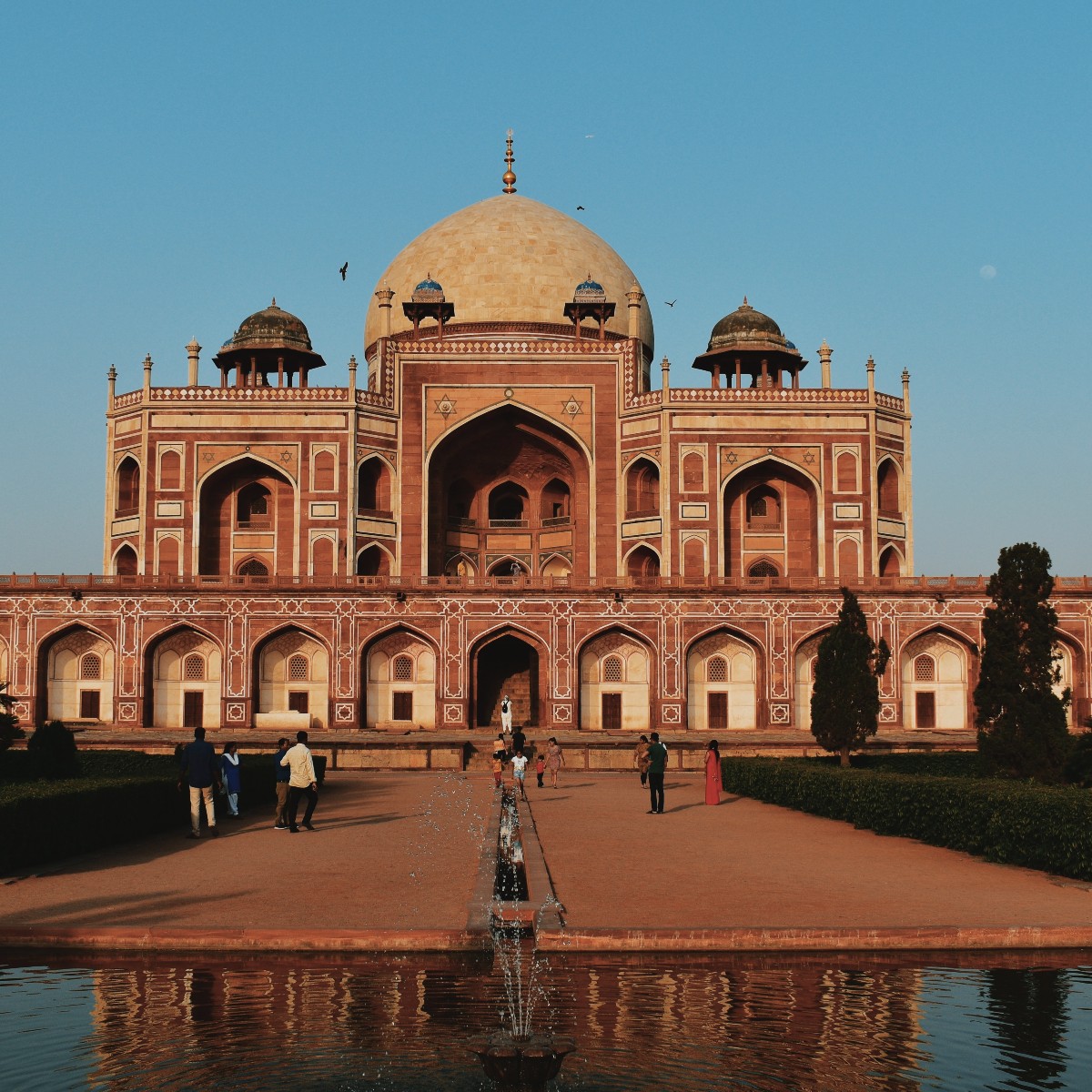
Angkor Wat
The 12th-century temple complex of Angkor Wat in Cambodia is notable for its use of a variety of sandstone colours. It utilises red sandstone, a greenish variety of greywacke (a type of sandstone known for its dark shades), and a large amount of yellowish-brown sandstone that appears amber at sunset.

Sandstone: Ratings
- Strength – 6 stars
- Durability – 6 stars
- Water resistance – 4 stars
- Stain resistance and maintenance – 5 stars
- Tactility (touch and feel) – honed and smooth to riven and granular.
- Colour choice – 9 stars
- Pattern variation – 8 stars
- Price – 7 stars
Granite
Granite is an intrusive igneous rock that is formed from silica-rich magma. This makes it a felsic rock, with large minerals like quartz, mica and feldspar making up its dappled appearance.
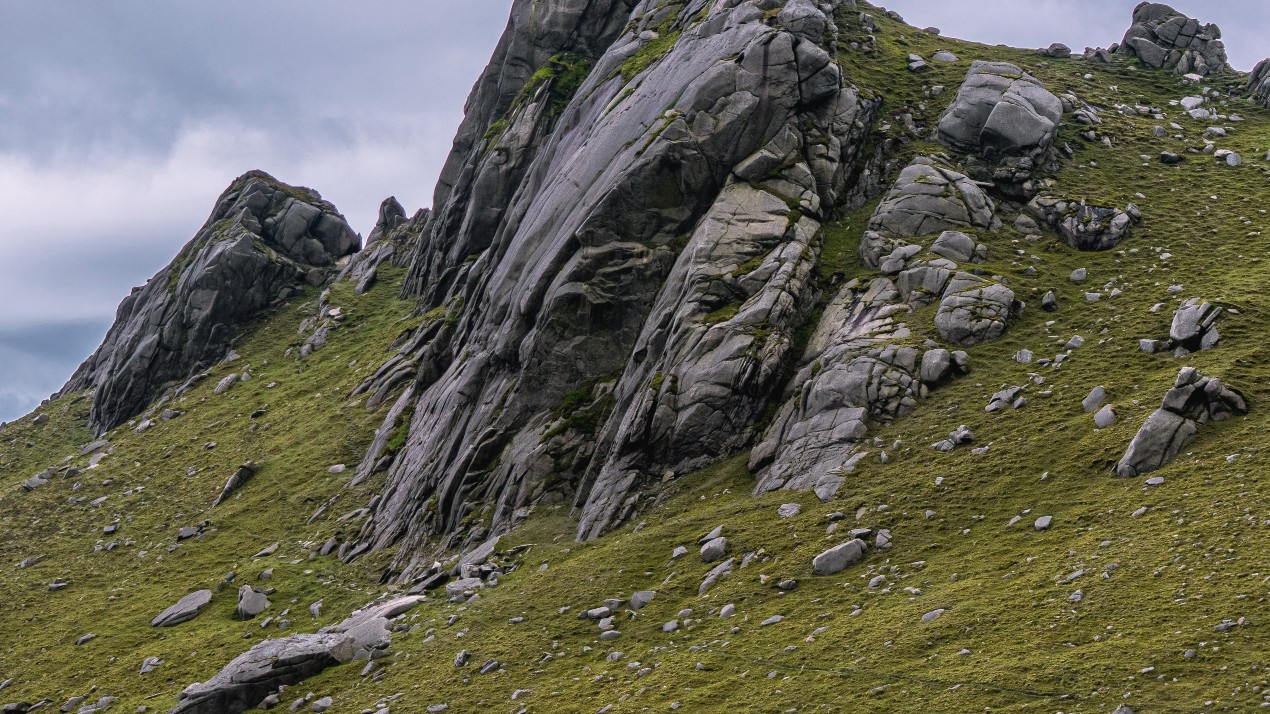
Granite: Colours and patterns
Because there is no uniformity in how the mineral crystals cool in granite, it usually has speckled rather than smooth colours. In order for a rock to be classified as granite, it must be at least 20% quartz, which means a lot of granite has a light or pale colour. However, there are minerals, such as amphibole or sometimes mica, which are dark and can break up the lightness of the stone.
Granite colours and their corresponding dominant minerals:
- White – quartz
- Pink – potassium
- Red – red potassium or iron oxide
- Black and white dappled – equally quartz, amphibole and feldspar.
The patterns of speckling on a granite rock come from the size of the minerals. An abundance of variation gives each specimen a unique dappling and texture. This coarse grain is known as phaneritic, referring to its large minerals.
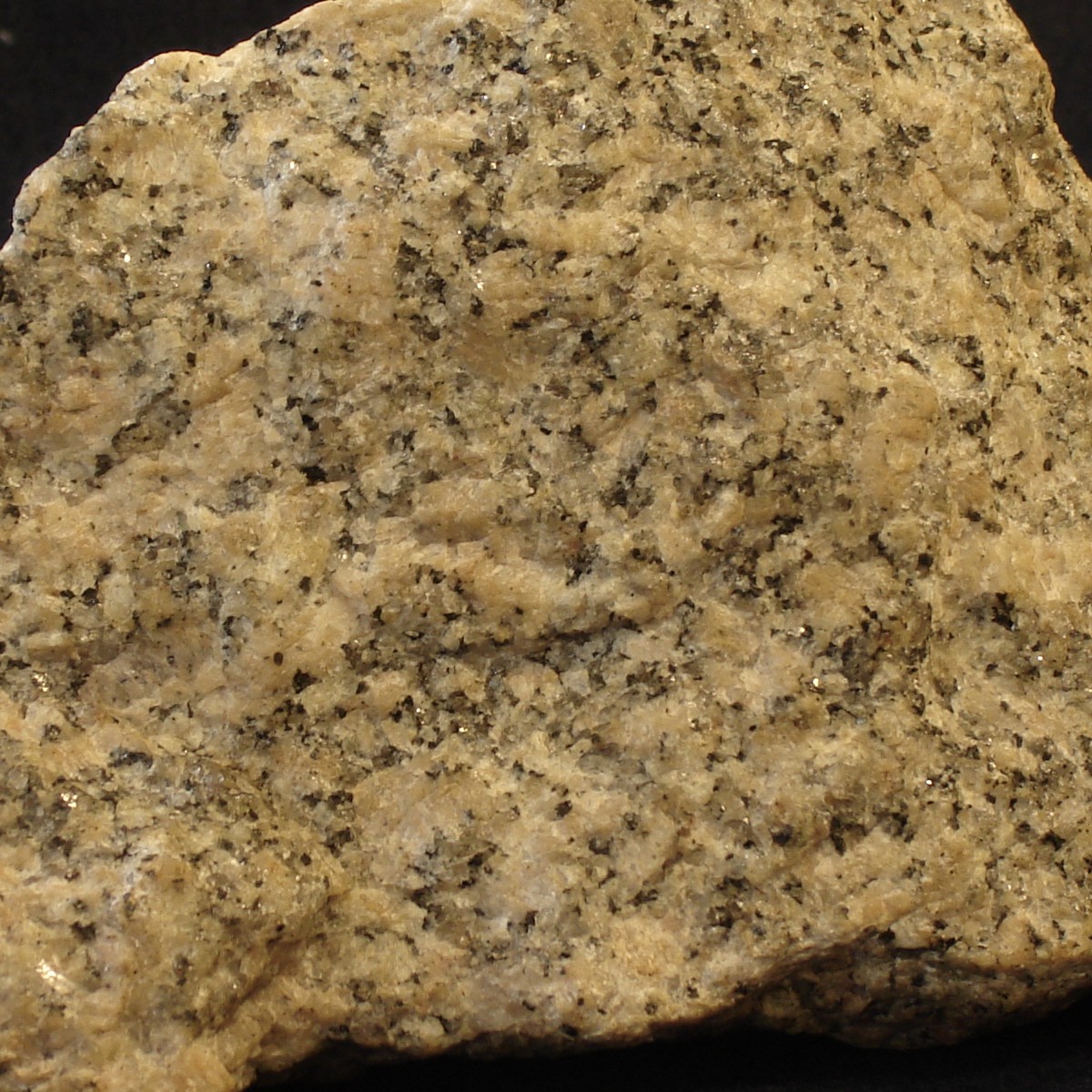
Granite: Pros
- Classic look – granite has been used in a great number of monuments and buildings, so using it on your property will offer a traditional aesthetic.
- Highly durable – granite is one of the most durable stones available for paving, nearly impervious to cold, moisture and heat. It will resist scratches and high use and ages well with maintenance.
- Slip-resistant – because it is coarse-grained when hewn, it has a rough surface, which can make it safer to walk on than finer-grained stone.
- Moisture-resistant – as an igneous rock, granite is more resistant to moisture than sedimentary rocks. That will mean it has less chance of cracking and splitting in cold weather (though it is not as resistant to water as metamorphic rock, like slate).

Granite: Cons
- Cost – Granite is a much harder stone than the others on this list, which means it requires a lot more work to cut and shape. The extra labour involved in its processing is usually reflected in its price.
- Colour and pattern variety – granite is more limited in its colour variety than some other stone. However, the speckling of granite is highly distinctive.
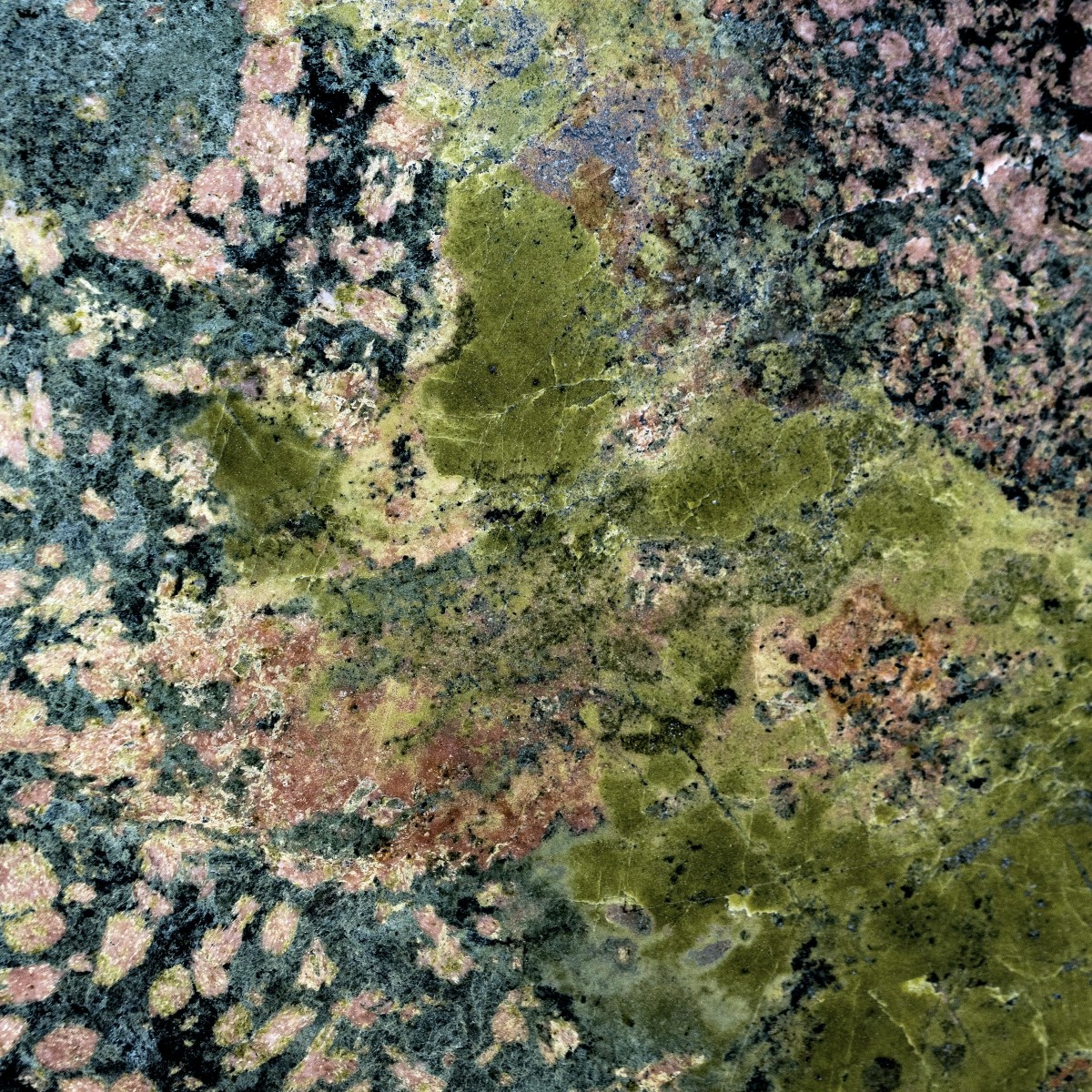
Mount Rushmore
One of the most famous monuments in the world is cut from granite. This particularly fine-grained type of Granite is called Harney Peak Granite, which formed 1.7 billion years ago under the Black Hills of South Dakota as a ‘batholith’ (a large body of igneous rock). The carving of the faces took 14 years to complete, regularly using controlled explosions to cut through the hard granite.
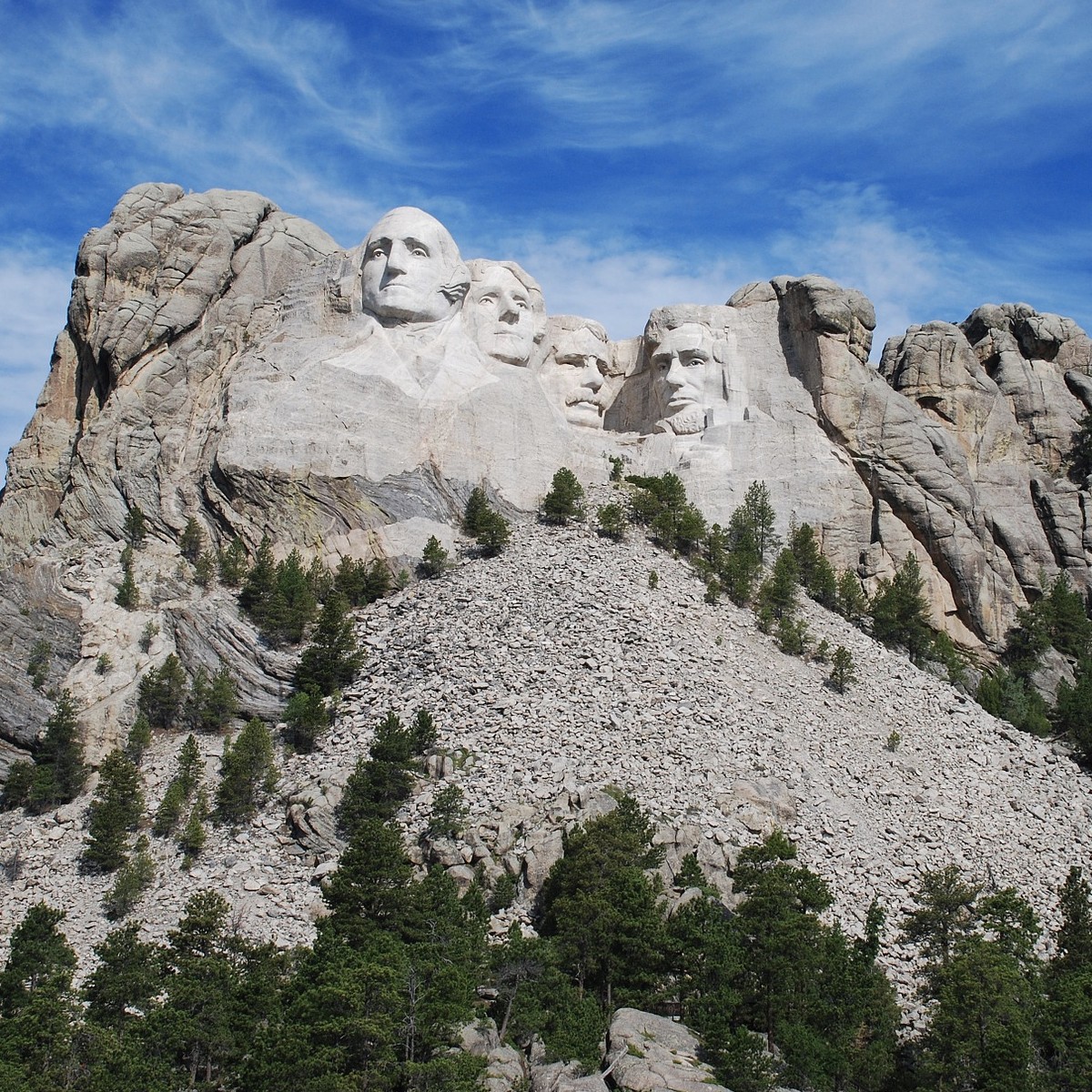
El Escorial
The Royal Site of San Lorenzo de El Escorial is one of the largest granite architectural features in the world. The complex lies northwest of Madrid and was constructed using local granite in 1584. While the solid grey rock exterior gives it an austere, even forbidding appearance, decorative granite has been used internally, complementing rarer materials such as jasper.
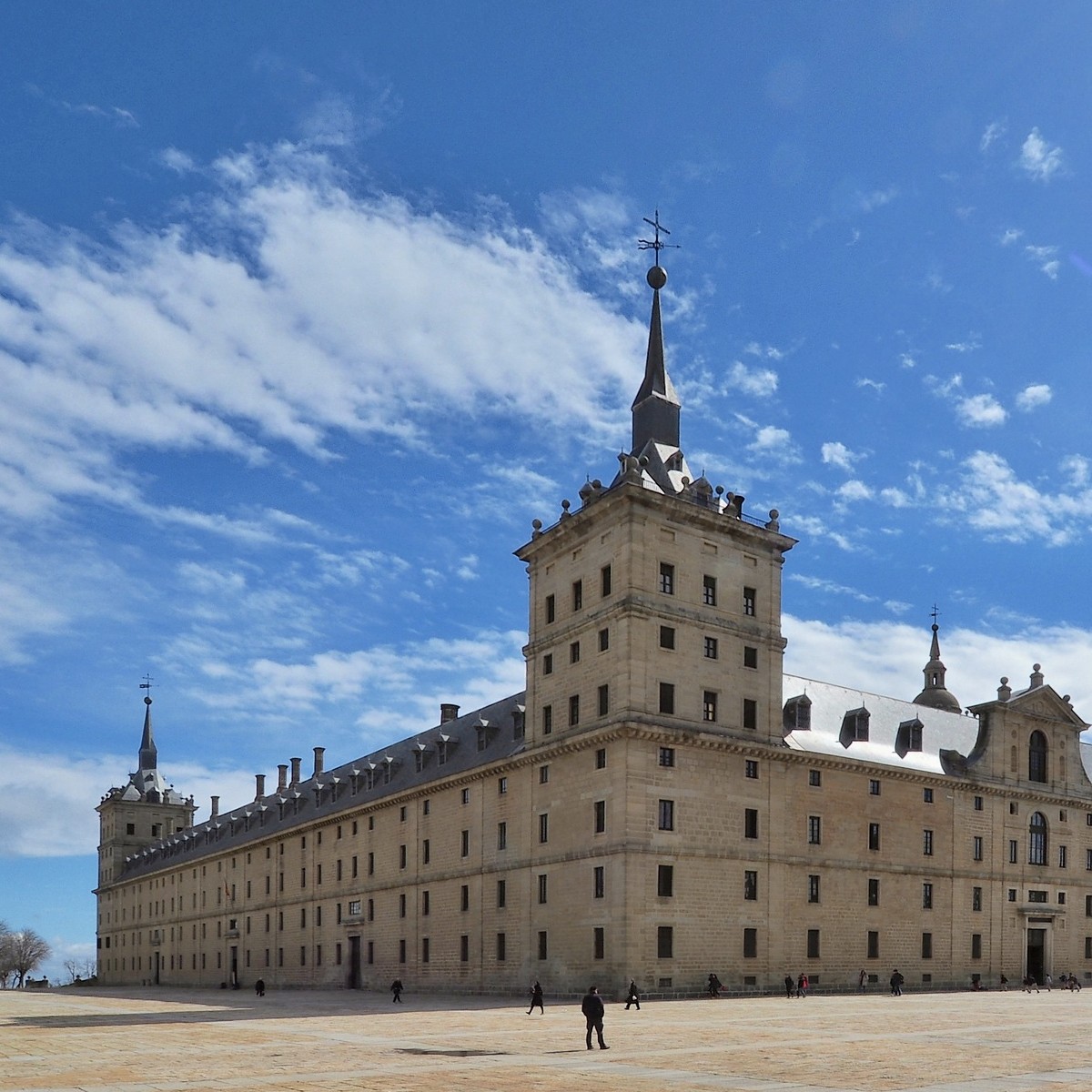
Aberdeen
The Scottish town of Aberdeen is also known as ‘The Granite City’. Not only was it known for abundant granite processing in the late 19th century, but the town itself has an unusual amount of grey granite architecture, which gives the town a distinctively foreboding appearance. This is partly down to the rich vein of granite found in nearby the Rubislaw Quarry, which, between 1740 and 1971, generated millions of tons of granite.

Granite: Ratings
- Strength – 9 stars
- Durability – 9 stars
- Water resistance – 8 stars
- Stain resistance and maintenance – 8 stars
- Tactility (touch and feel) – larger mineral crystals often result in a coarser surface.
- Colour choice – 5 stars
- Pattern variation – 4 stars
- Price – 6 stars
Limestone
Limestone is a broad term for sedimentary rock that is mostly comprised of calcium carbonate. The two particular minerals derived from this compound are aragonite and calcite. Most limestone is derived from biological material, such as dead marine life. For this reason, it is of great interest to scientific research and has a wide variety of applications.
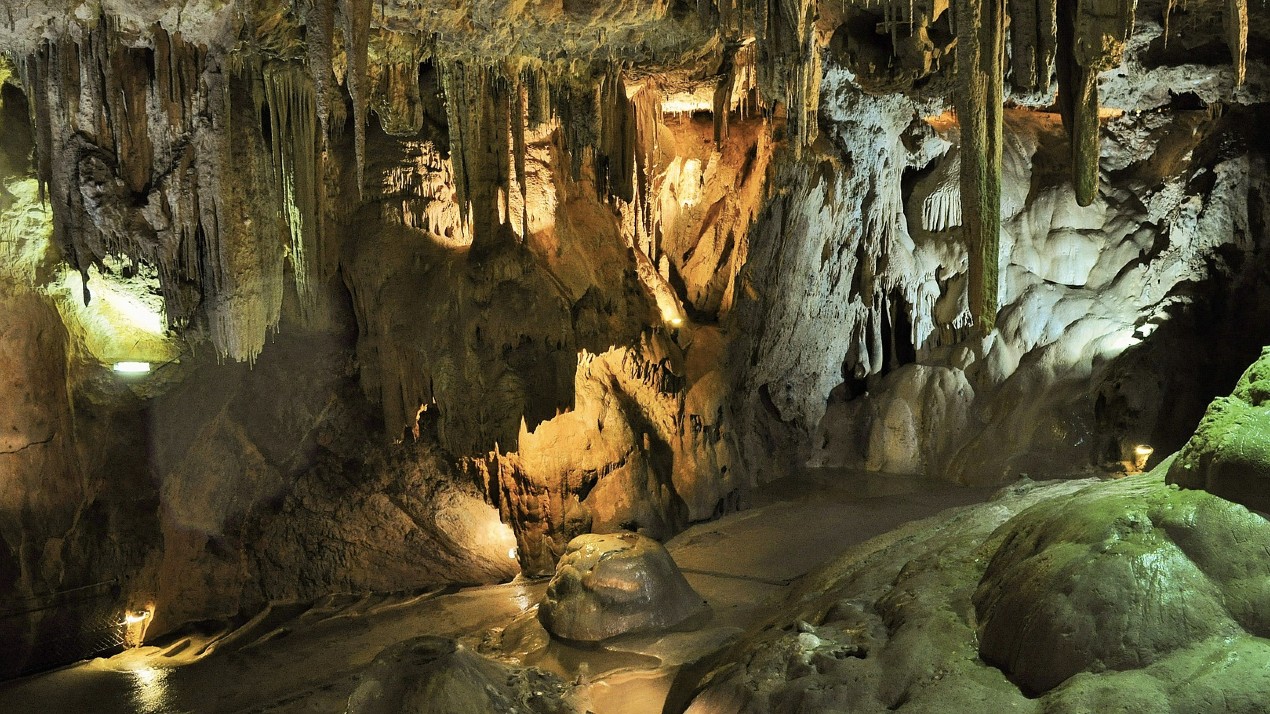
There are a number of separate types of rock which fall under the term ‘limestone.’ Some examples include:
- Chalk – the white sedimentary remains of the shells of marine organisms. It is highly friable (crumbly), which has made it useful in powders as well as for writing on chalkboards in the past.
- Coquina – this limestone is made almost entirely of shell and coral fragments bound by a calcareous cement.
- Dolomitic limestone – this is a type of limestone that contains a large quantity of calcite, some of which has become dolomite. This happens when the calcium ions are replaced by magnesium ions.
- Fossiliferous limestone – this limestone is of special interest to palaeontologists as it contains more complete and obvious fossils derived from marine life.
- Oolitic limestone – this type of limestone derives its name from oolites. These are small, round or oval clasts that accumulate around a nucleus of sand or organic matter.
- Travertine – this is limestone that is formed by geothermally heated alkaline water. This particular kind of limestone was used extensively by Egyptian and Roman architects, and Egypt and Italy continue to be large exporters.
Limestone: Colours and patterns
It is common for limestone to be pale in colour, often between white and grey. Less common are darker forms of limestone, which contain higher amounts of organic material. There are also limestone variants that contain traces of iron which can give it a yellow to red colouring. Because limestone is a sedimentary rock, it is unlikely for it to have one uniform colour.
Limestone also has some of the most exciting features when it comes to patterns and textures. This is due to the high organic content, and it is not unusual to find fossilised remains or organic patterns on its surfaces.
As for how it feels, limestone has a particularly distinctive ‘orange peel’ texture to it when hewn as paving. It feels soft to the touch, making it feel more tactile and inviting.
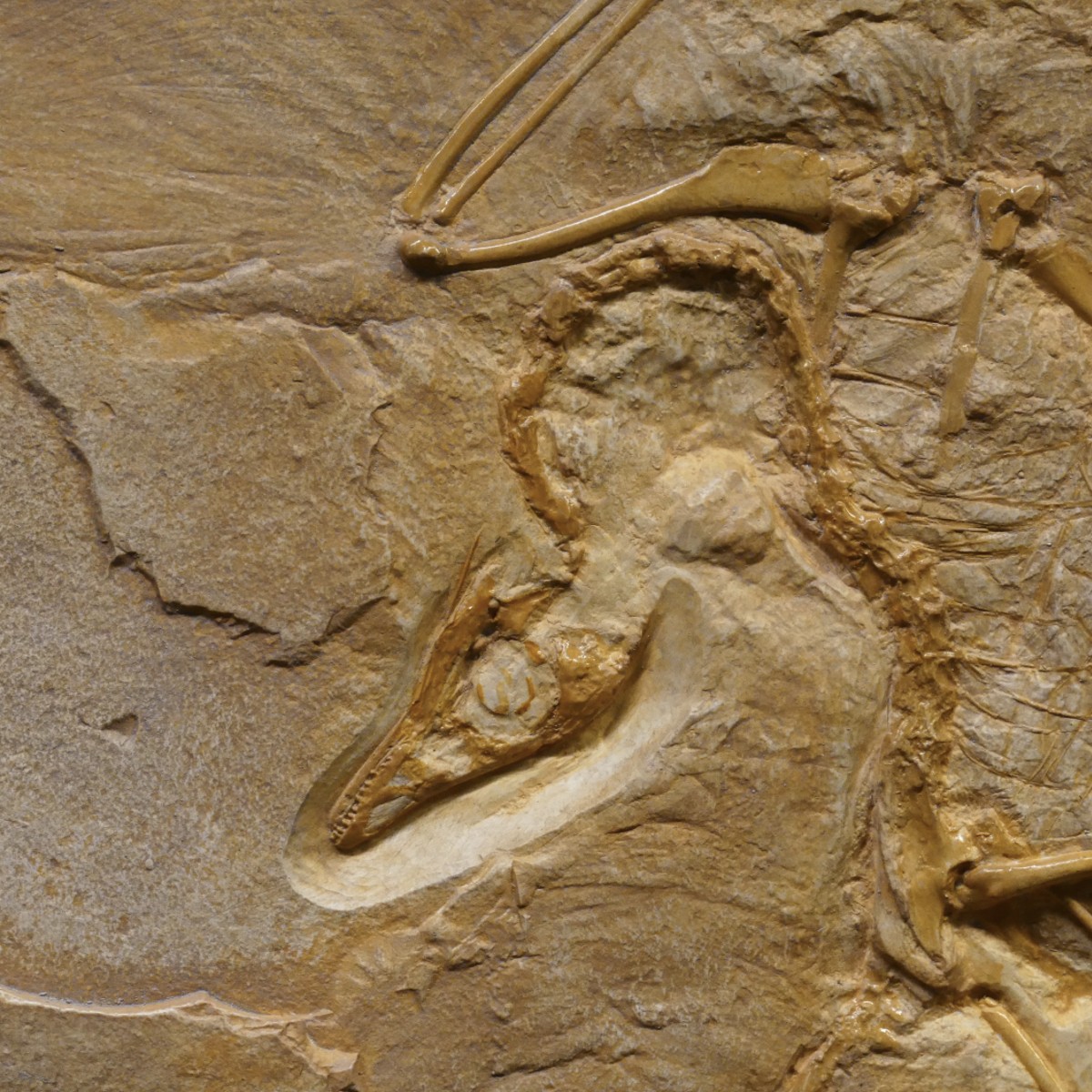
Limestone: Pros
- Natural – limestone is often formed mostly from organic material, so it has great potential to blend with outdoor environments and provide a harmonious aesthetic.
- Colour – because limestone is formed in many different environments and of lots of different kinds of material, it is available in a great variety of colours from white and cream through browns and reds to grey and black.
- Light textured surface – known for its ‘orange peel’ effect.
- Ages well – as limestone gets older, it blends well with the rest of its environment. With a little maintenance, the colours can mellow with age and become smoother to the touch.
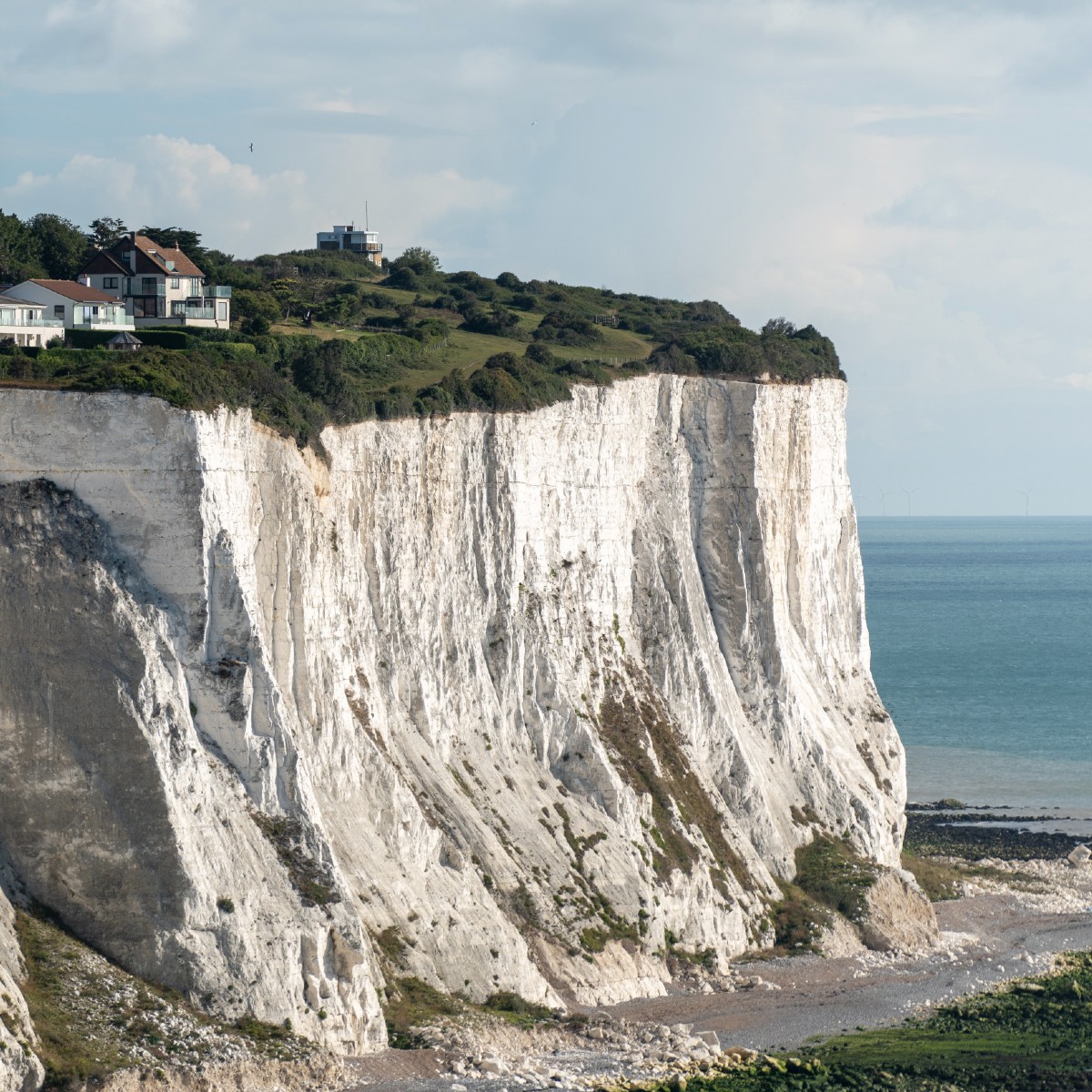
Limestone: Cons
- Water damage – like other sedimentary rocks like sandstone, limestone is permeable, having a sponge-like structure of capillaries and fissures that and can soak up water. Limestone can therefore be susceptible to the likes of moss, lichen and algae take root in the porous structure of limestone.
- Ice damage – another result of its porous quality is that limestone can end up faring poorly during frosty weather. Moisture enters the capillaries and freezes, expanding as ice and weakening and cracking the stone.
- Stains – when liquids and moisture enter the limestone, they can often end up staining the stone as soluble material is deposited, especially if left to dry. Minerals, dirt and grime are carried into the stone and left there as the water evaporates. This can mean discolouration and unsightly stains.
- Careful maintenance – while limestone doesn’t need a lot of maintenance, it is wise to be cautious about what chemicals and treatments are used on it. Salt, for instance, should not be used to make it less slippery in icy conditions, as it can break down the calcium carbonate. Limestone is particularly vulnerable to acid, and it is highly corrosive to this stone. Acidic chemicals, materials and solutions should be avoided at all costs (see below).
- Vulnerable to acids – limestone is vulnerable to acids (acid rain, orange and lemon juice, vinegar, ketchup, brick acid). The more acidic the substance, the more it is likely to damage and corrode this stone. If exposed to acid, wash thoroughly with water and a mild alkaline solution (baking soda or bleach) that will raise pH and help neutralise the acid’s corrosive effect.
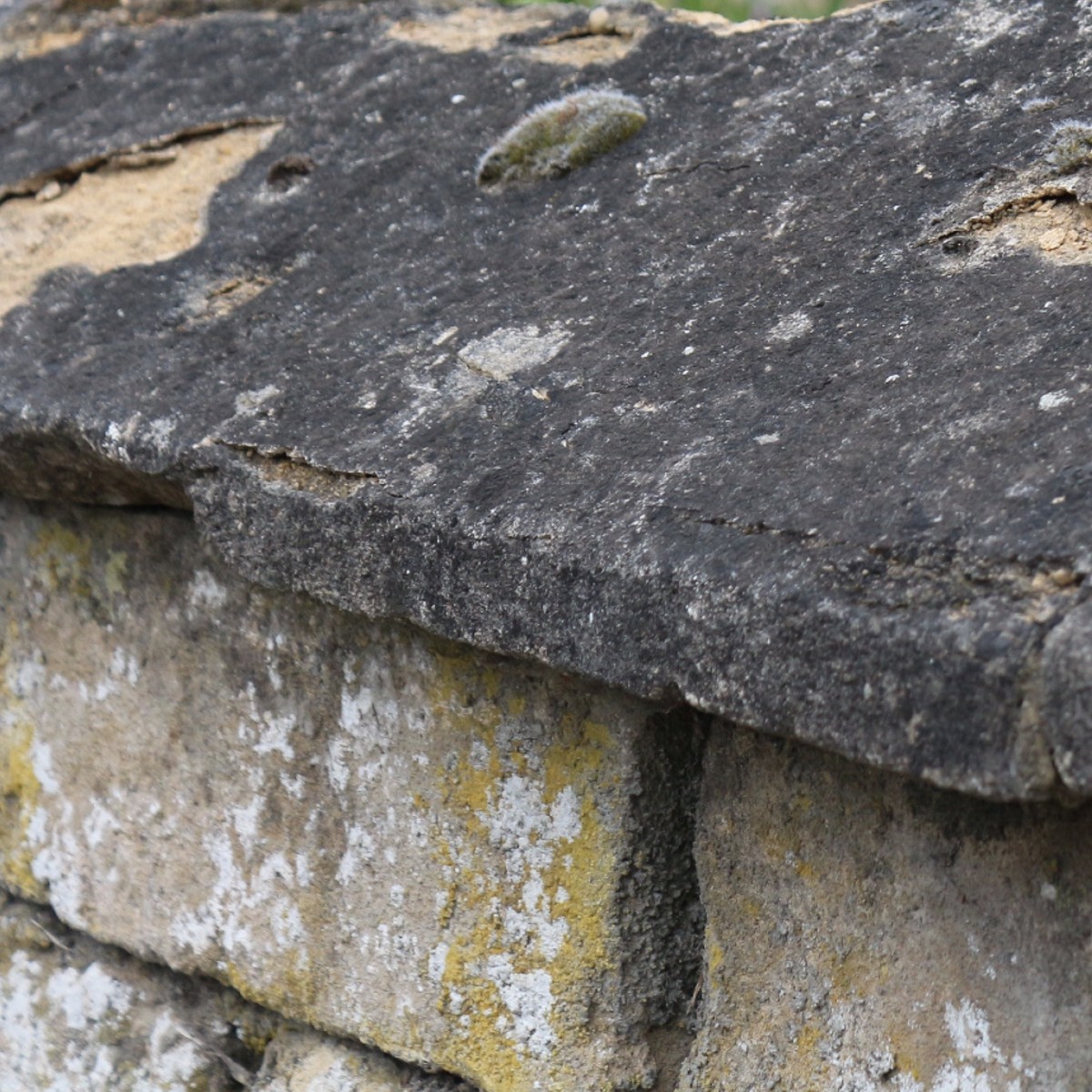
Limestone sub-categories
Limestone encompasses a wide range of different types of stone. Limestone, wherever it has been found, has made its way into the construction of every major city on the planet. From the time of the first creation of megalithic structures, through the prolific constructions of the Roman Empire, and on to the modern day cities, you’ll find limestone widely used due to its positive attributes and ease with which it can be cut and manipulated. Geologists and architects have worked hard to find limestone that is both hard-wearing and ornate, which has resulted in a number of well-regarded kinds used in masonry.
Bath Stone
So-called for the city that makes great use of it, this is a kind of ‘freestone’ – a type of fine-grained oolitic stone that can be cut in any direction. It has been in use since at least the Roman period and, for a long time, was mined in Somerset, though now it often comes from Wiltshire. It is especially prized for its honey-coloured tone and uniformity in texture and pattern.
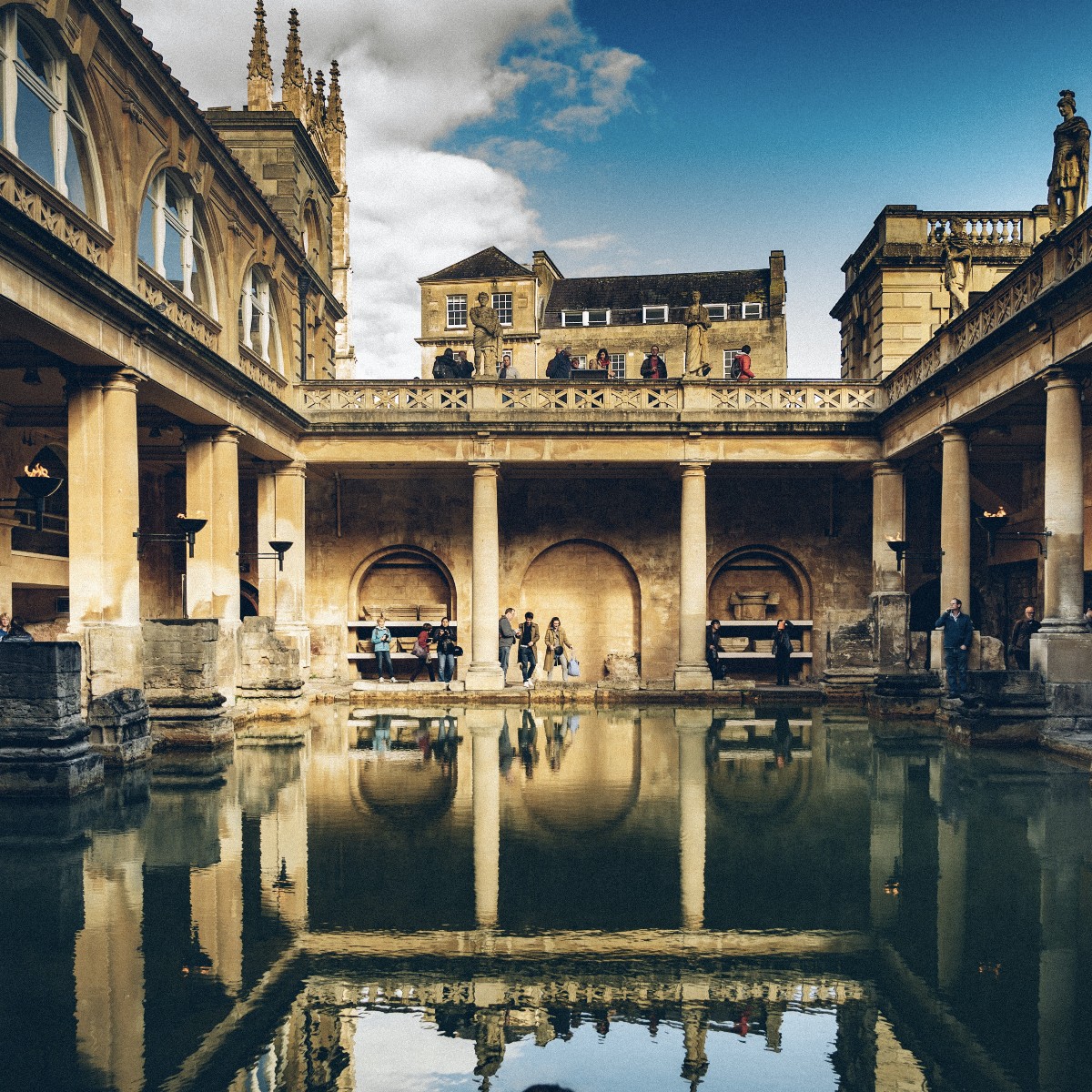
Beer Stone
This chalky limestone is named after the town of Beer in Devon, which is home to the Beer Quarry Caves. This Roman quarry was used right up until the 20th century, and this cream coloured stone was used, along with other limestones, to build Exeter Cathedral, Rochester Castle and old London Bridge.
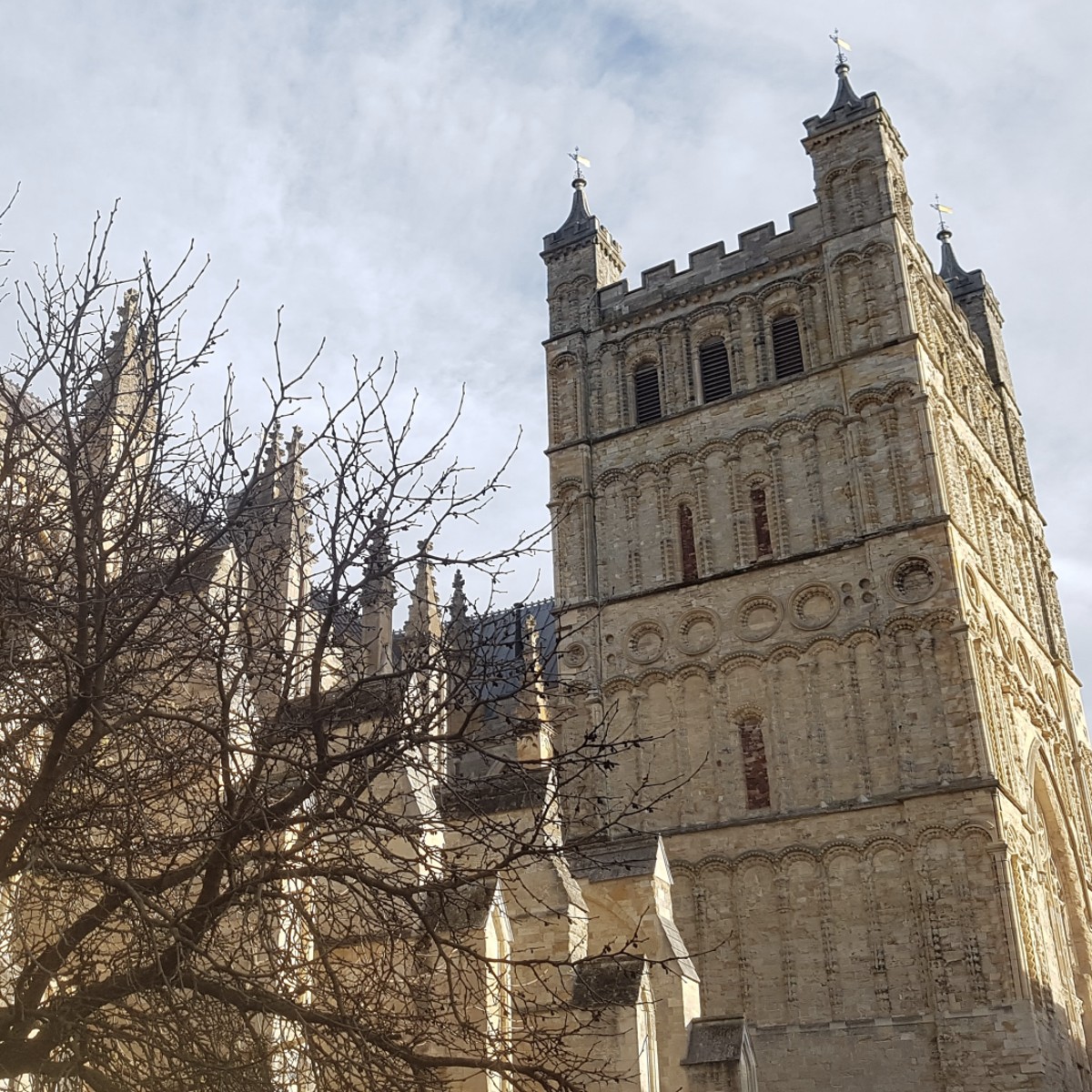
Caen Stone
Quarried from Caen, Normandy the ducal seat of William the Conqueror, this oolitic limestone was brought over by the Normans to originally build religious and political buildings. While some of these constructions have had different materials added to them in the intervening years, it is still possible to see examples of Caen stone construction all over England, such as Reading Abbey, Norwich Castle, the chapel of St John in the Tower of London and Canterbury Cathedral.
The conservators of Canterbury Cathedral have been very careful to use genuine Caen Stone. As with all limestone, Caen is prone to weathering if it is not cared for, and even with maintenance, it can darken over time. With the new stone in place, It is possible to detect the creamy, off-white colour that must have adorned the entire building.
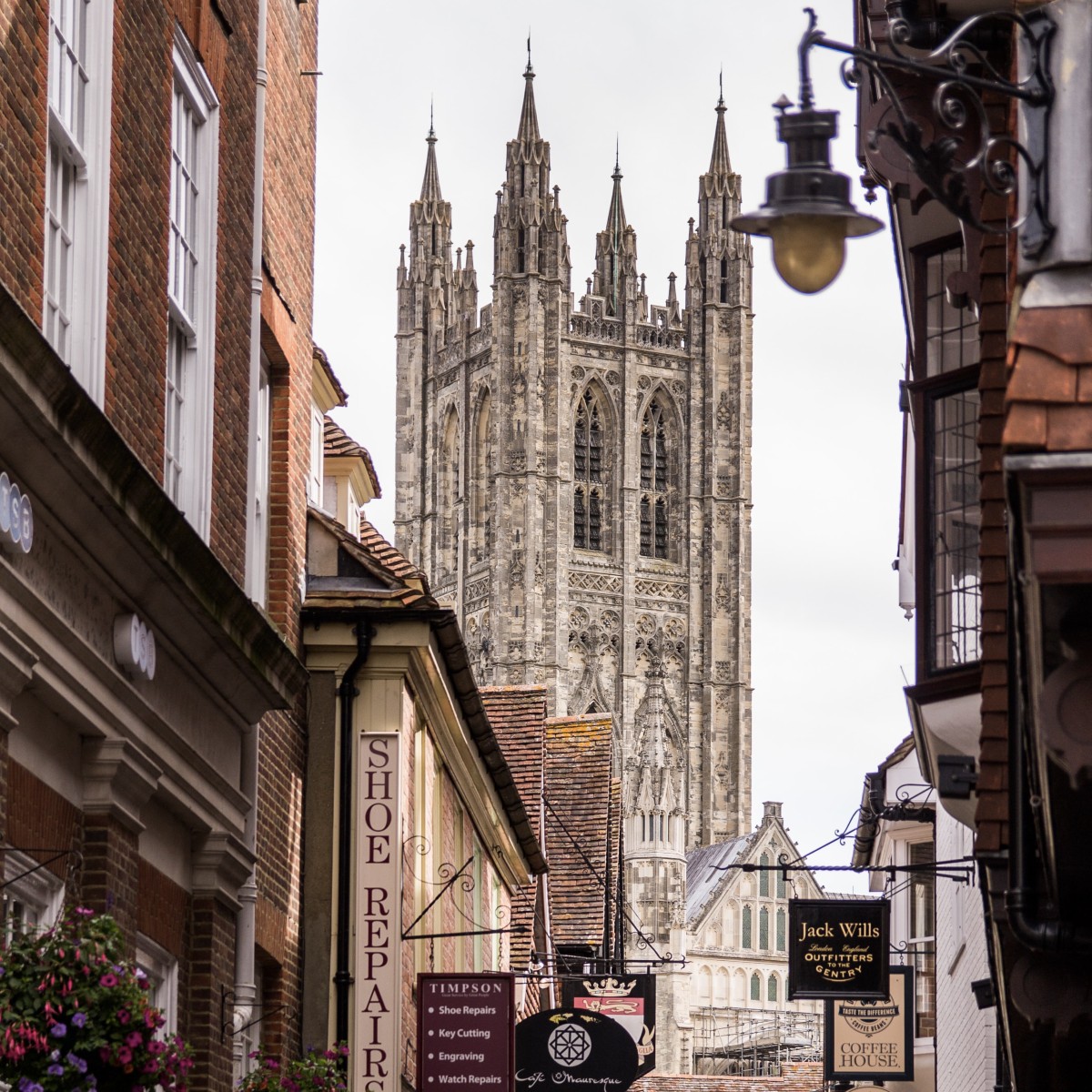
Cotswold Stone
The Cotswold region of southern England is known for its idyllic, quiet villages and stately homes. For many, the charm of these buildings is the yellowy-gold colour of the stonework, which seems to retain a visual warmth even in poor weather.
The stone is quarried locally and used locally, notably from the historic Taynton Quarry, which supplied much of the building of the medieval Merton college and, later, Blenheim Palace. Old and currently used quarries are found all across the Cotswolds, and this stone has become highly prized for the country-style rustic aesthetic it produces.
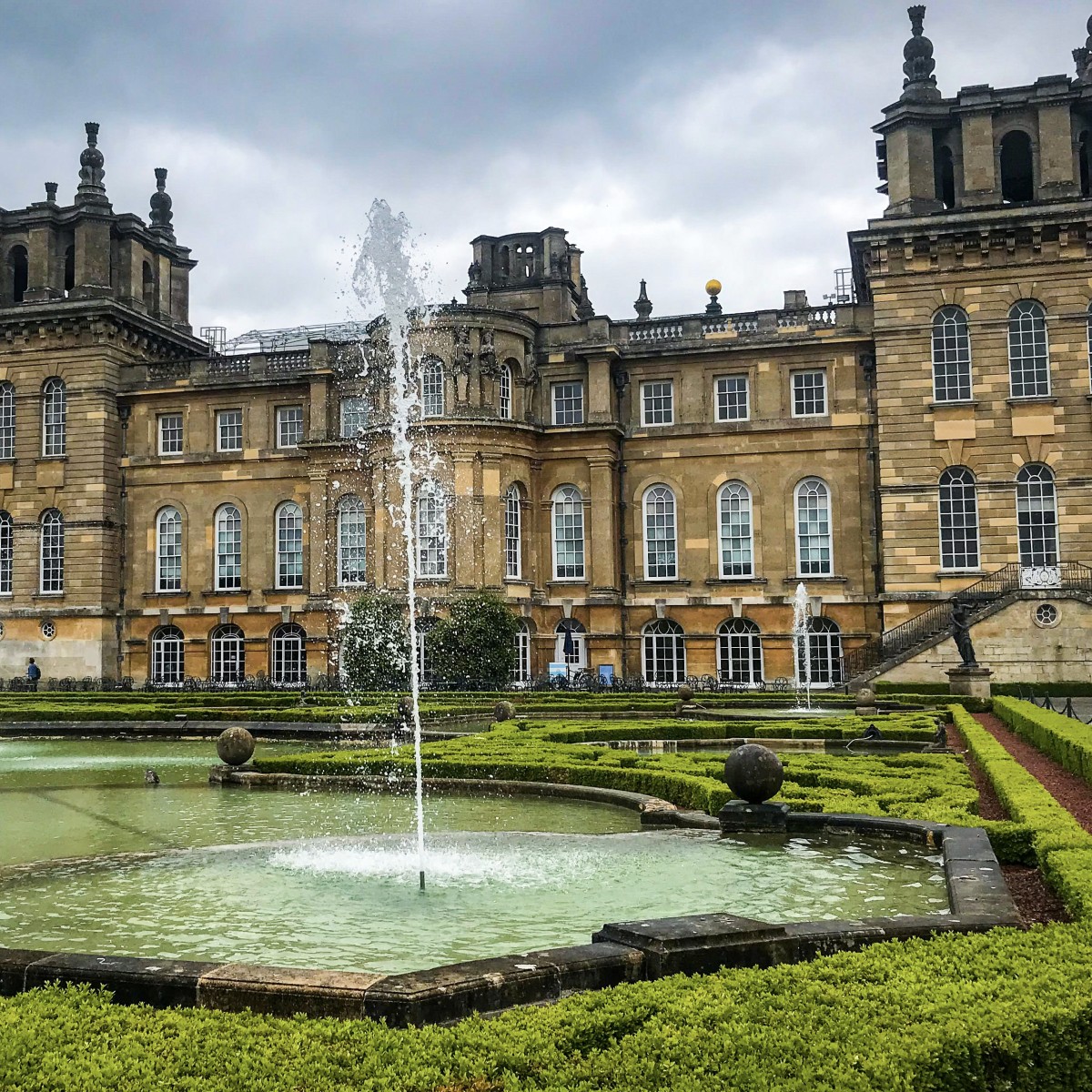
Coral rag
Coral rag limestone, as the name suggests, is partly formed of ancient fossilised coral. A large formation of it, known as the Stanford formation, dates back around 165 million years and stretches from Wiltshire to Buckinghamshire. However, it is found in many places around the world and is used in coastal areas like Bermuda, East Africa and Florida.
Two examples of coral rag are:
-
Keystone – an American coral rag limestone quarried at the Windley Key Fossil Quarry in Florida.
Corallian limestone – a large ridge of this limestone is found in Oxfordshire, historically quarried at Headington Quarry in the northeast of the city. Corallian is found elsewhere in the UK, with large deposits found in Buckinghamshire, Cambridgeshire, Wiltshire and Yorkshire.
Coral rag is not uniform in shape, however, and building with it can result in irregular building shapes. Notable examples of its use are seen in the early medieval towers of St Thomas and St George in Oxford.
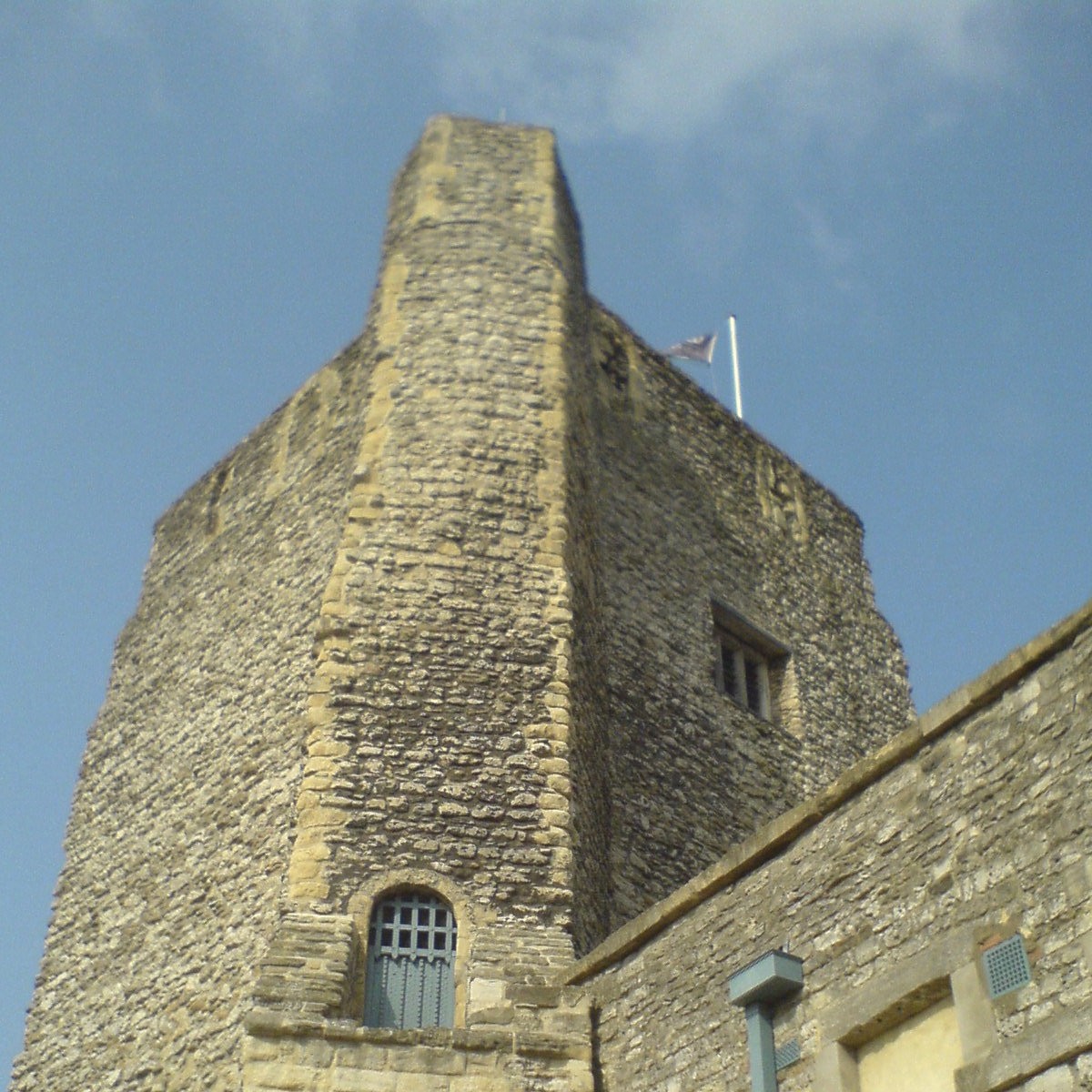
Kota Stone
Kota Stone is named after the Kota district in Rajasthan, India. It has a greenish blue and brown tone to it. Without appropriate maintenance or polishing, however, it it can on occasion delaminate and to flake mildly. It has become popular as stone flooring since the market for Indian stone has increased and shipping costs have decreased.
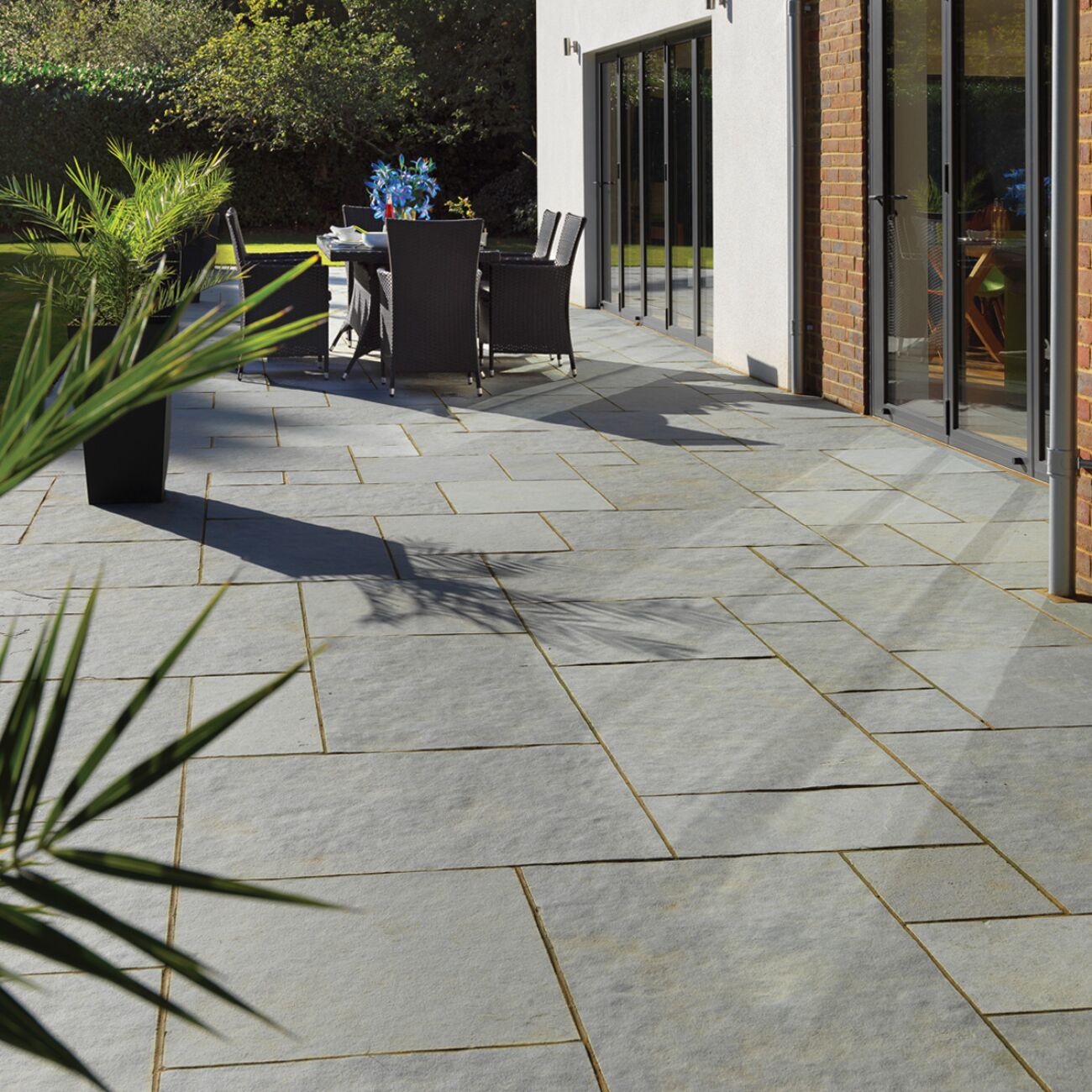
Portland Stone
Portland stone has become a benchmark for limestone construction, and it is found in almost every major building project in London built since the early 17th century.
Quarried on the isle of Portland on the south coast of England, its earliest use on the island itself can be found in the Roman sarcophagi found there. These coffins were built out of a single length of stone, which may indicate the working of Portland stone was already well-established. It would later be used in the construction of Rufus Castle, probably not long after the Norman conquest.
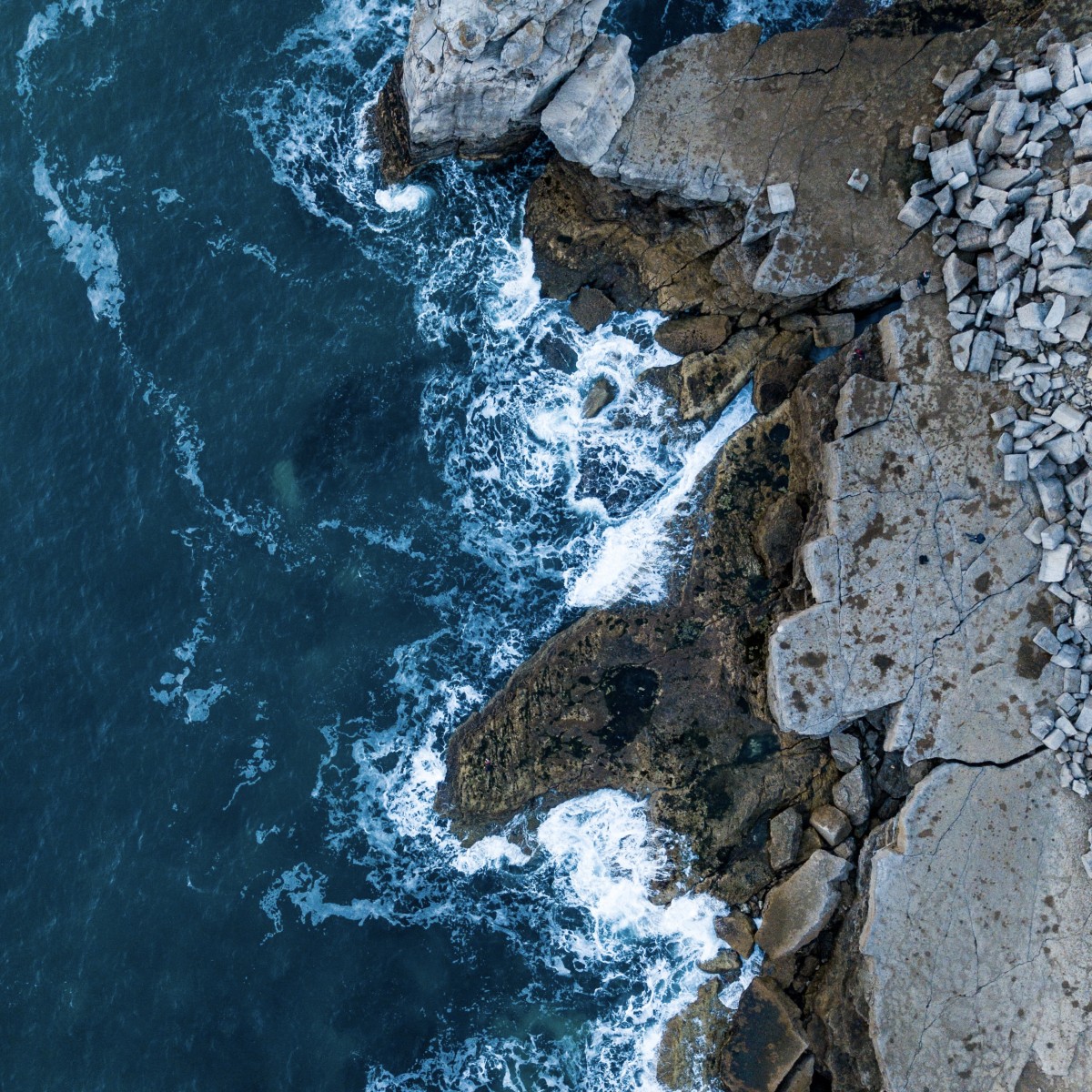
It received a huge boost following the Reformation when King James I sought to use British stone when he commissioned famed architect Inigo Jones to rebuild St Paul’s Cathedral. The cathedral had suffered from many years of neglect, and the reconstruction of this Catholic edifice by a protestant king was largely symbolic.
The work on St Paul’s would not start in earnest until after the Great Fire of London when Christopher Wren lobbied for land rights to Portland so that enough stone could be extracted. Today, St Paul’s is probably one of the finest examples of Portland stone construction.
Elsewhere, Portland stone has been used in the construction of other notable buildings such as Buckingham Palace, the Palace of Westminster and Banqueting house. It is a stone that has become synonymous with London and has been designated a ‘Global Heritage Stone Resource.’

Purbeck ‘Marble’
A particularly hard and dense type of Portland Stone, Purbeck ‘Marble’ has an illustrious past and has been a highly revered building material throughout British history. Though it is quarried from the isle of Purbeck, an outcrop that juts out into the English Channel, it is from the same rock group as stone from the isle of Portland.
It is a smooth, polishable limestone formed from the sediment of fossilised water molluscs around 100 million years ago. It has more of a hard marble effect than other Portland stone and, consequently, has been used decoratively and is highly prized as a construction material. This is why it is often called a ‘marble’, though it is technically still limestone.
In the twentieth century, archaeologist John Bernard Calkin claimed to have found a Bronze Age coffin made of Purbeck stone, which would mean the stone was quarried at least 1200 years prior to the Roman invasion of Britain. It is said to be the stone that was used in the construction of Flower’s Barrow, a 2500-year-old hill fort above nearby Worbarrow Bay. There is a suggestion here that Purbeck stone was already in use when the Romans arrived. When the Romans invaded, they made quick use of Purbeck stone, and it was used in the fortification of their capital, Colchester.
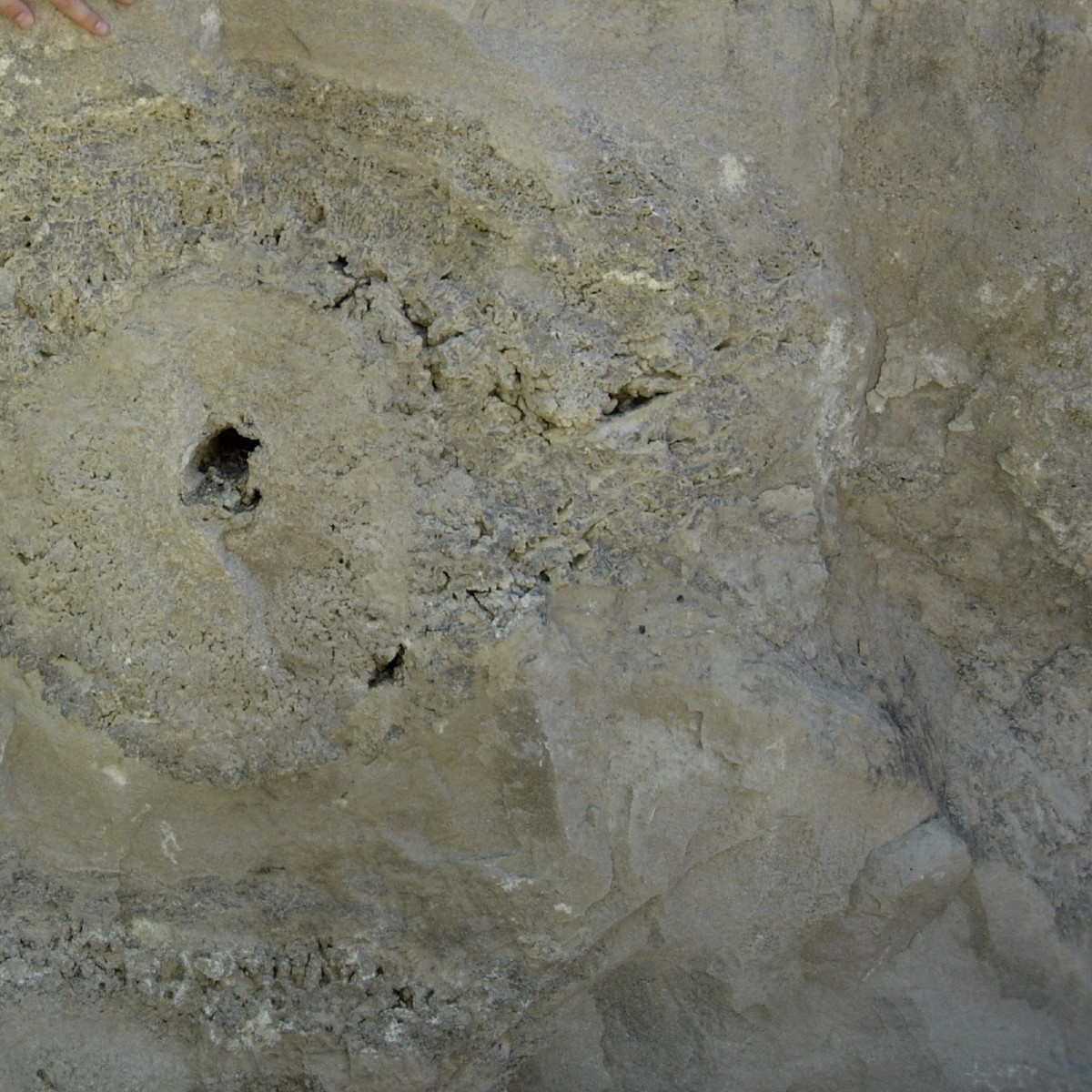
With a notable exception being the tenth-century inscribed coffins found in Wareham, it is not clear how much Purbeck stone was used over the following centuries. However, the Normans, too, realised the potential of Purbeck stone, and it was used in the construction of Salisbury Cathedral.
Purbeck stone also has the unique privilege of being royally sanctioned. A guild known as Ancient Order (or Company) of Purbeck Marblers & Stonecutters was granted a Royal Charter by Henry III, who wished the stone to be used when Westminster Abbey was considerably rebuilt. It was he who commissioned the Cosmati paving in front of the high altar.
Overall, Purbeck stone has managed to find its way into religious buildings all across the UK, only superseded by Portland stone in the 17th century.

Travertine
Travertine is a limestone formed by geothermally heated alkaline water. It is often found around hot springs or limestone caves, where it collects as calcium carbonate. In caves, it forms stalactites and stalagmites and sometimes as a soft, porous rock known as tufa. However, it is very well known as a building material that has been mined and shaped by successive civilisations for millennia.
It was a popular choice of stone in Ancient Egypt, often used for pavements and wall linings for temples. It can be found in shrines of pharaohs such as Amenhotep I, as well as common objects such as bowls and dishes. Though large blocks were not easy to come by, there are examples of monumental statues made from solid travertine, such as the statue of Amenhotep III and the crocodile god Sobek, which dates back to 1391 BC.
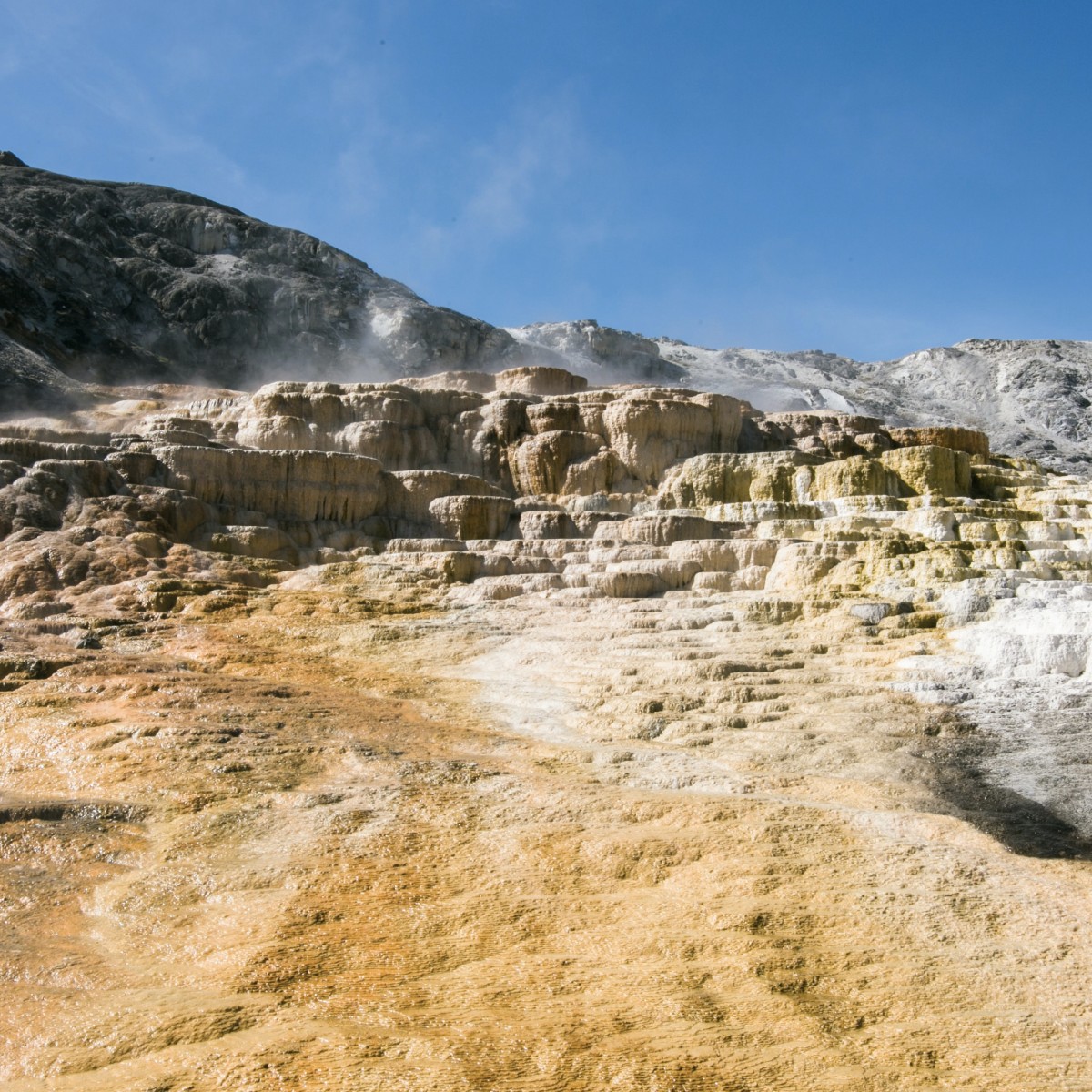
The Roman empire also made spectacular use of travertine as a building material. Some of the most iconic Roman structures are built with travertine, including the Colosseum and the Pantheon. The name itself is derived from the place name Tibur, the old name for modern Tivoli, which to this day quarries large quantities of travertine.
Rome continued to be a city of travertine, used in the construction of St Peter’s Basilica and the Trevi fountain, as well as used by sculptors such as Bernini. But it was also used across the rest of Europe as a material for the Sacre-Coeur in Paris, Burghausen Castle in Bavaria and the ancient city of Hierapolis in Turkey. Hierapolis used travertine that was quarried from nearby Pamukkale, a vast complex of Travertine terraces and hot springs – one of the most famous natural instances of travertine and a UNESCO world heritage site.
Up until the 1970s, Italy remained a huge supplier of travertine. However, as prices and demand increased towards the end of the twentieth century, Turkey superseded Italy as the biggest supplier of travertine, and Turkish travertine is shipped all across the globe. Today, it is a popular domestic building material, too, with a variety of colours ranging from white and grey to yellow, orange and brown.

Limestone: Ratings
- Strength – 5 stars
- Durability – 4 stars
- Water resistance – 5 stars
- Stain resistance and maintenance – 5 stars
- Tactility (touch and feel) – as Limestone can be both clastic or non-clastic, the surface can vary between smooth and glossy and coarse and riven.
- Colour choice – 7 stars
- Pattern variation – 7 stars
- Price – 8 stars
Slate
Slate is a metamorphic rock which is formed of clay, shale and volcanic ash. The minerals it is composed of include chlorite, quartz and muscovite (or illite), and can sometimes contain biotite, feldspar, graphite, hematite, magnetite, pyrite and zircon. The texture of slate is unique and is the finest grained metamorphic rock. This property makes it especially useful as a roofing material, as it is practically impermeable and resistant to frost damage.
It is an abundant resource and is found, quarried and used in nearly every continent on Earth. Most slate comes from Spain, but there are slate mines in England, Wales and Scotland, Germany, Brazil, North America, China, Australia and even the Arctic, where Inuits use it to make blades.
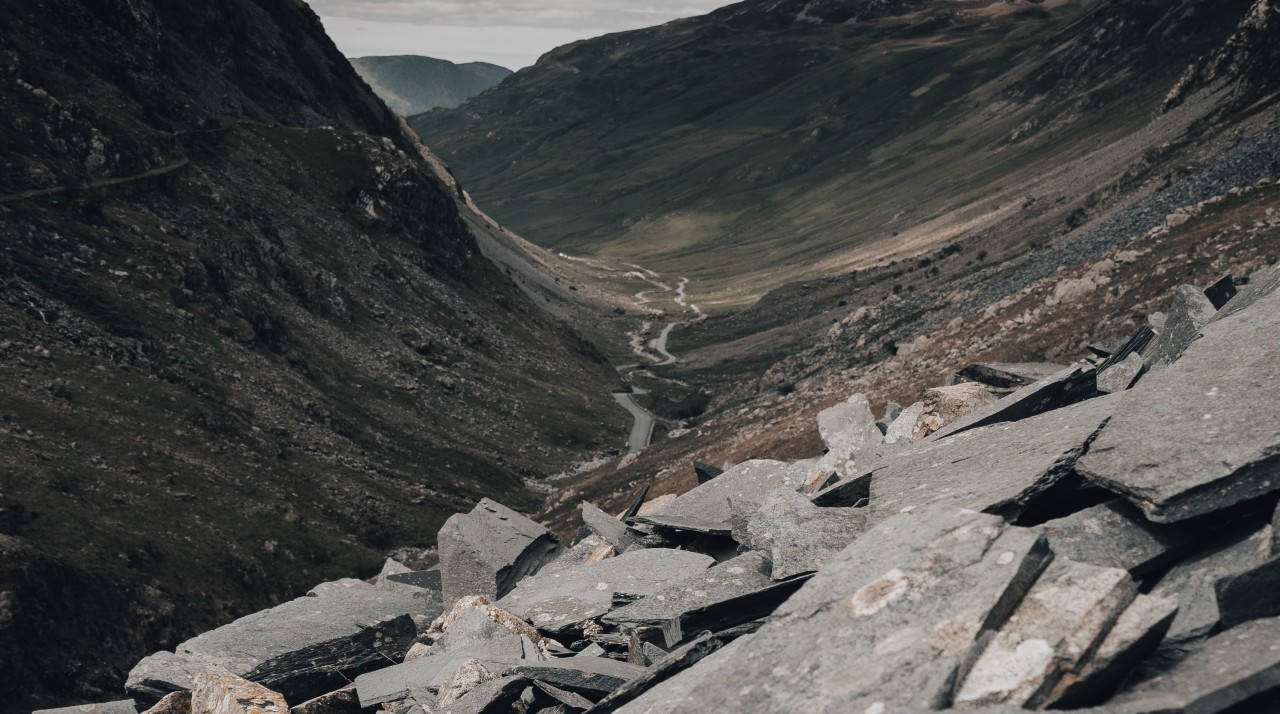
Slate: Colours and patterns
Most commonly, slate comes in a range of light and dark greys. However, where slate is exposed to higher concentrations of iron oxide, it can appear to have red and orange, sometimes even green or purple spotting. It has a highly foliated texture and sleek, glossy sheen, which has made it popular in modern architecture, especially when it comes to Scandinavian design.
Slate isn’t always uniform, either, and there can be some great variation in grain and patterns. As a metamorphic rock formed in low heat and pressure, it sometimes contains fossil material and, at times, has proved very useful to palaeontologists. Combined with a variation in colour, this can result in some interesting patterns and markings.
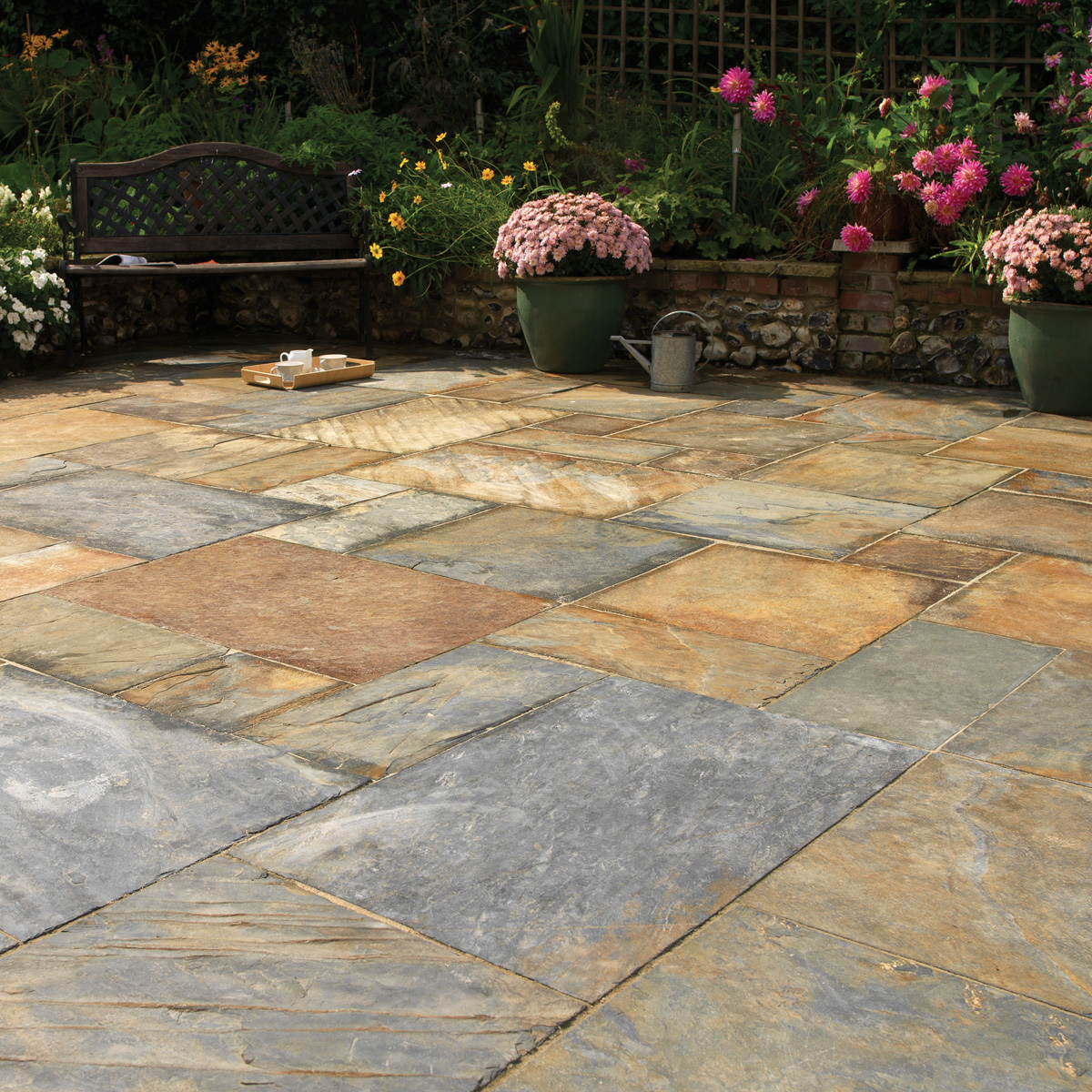
Slate: Pros
- Waterproof – slate’s ability to resist moisture means it avoids water damage that affects other kinds of stone.
- Durability against weathering – without absorbing much moisture, slate is excellent at avoiding frost and ice damage.
- Insulating – as well as keeping damp and cold out, slate is great at retaining heat and warmth. This can make it especially useful when used in conjunction with underfloor heating.
- Reusable – it is less disposed to wearing from water and frost, and can last for hundreds of years. This means it is a sustainable material that can be reused for different purposes.
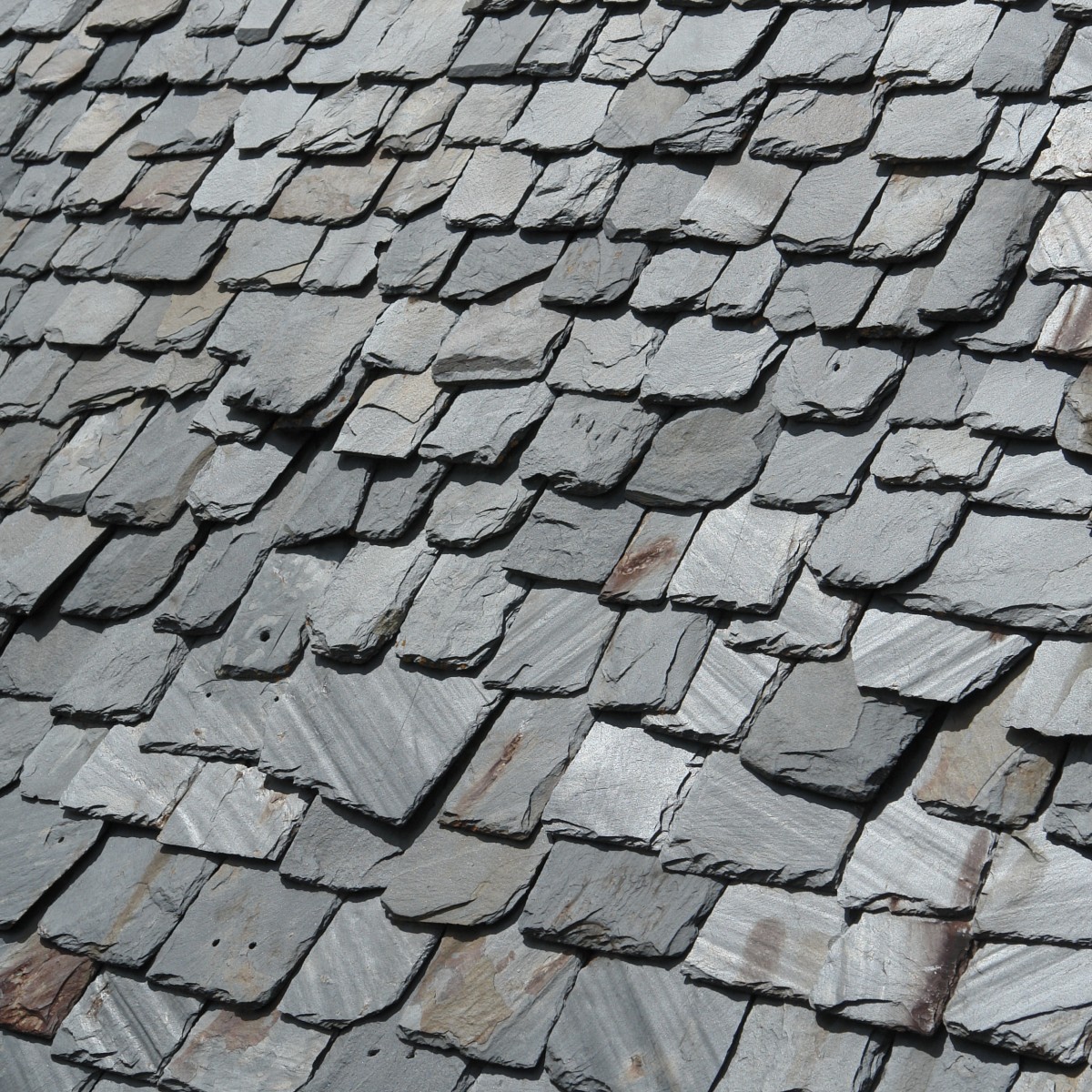
Slate: Cons
- Low impact threshold – while slate is great against weather, it can split and break if exposed to heavy impacts. If not laid correctly or unevenly, it can break if laid in an area of heavy footfall.
- Grouting can be affected – while the slate itself will remain largely unaffected by rainfall, water can run off into the grouting. That can mean plant growth and subsidence if left untreated.
- Bonding – low permeability means slate can require more bonding adhesive to stay put, and it should be laid using a priming slurry to aid bonding.
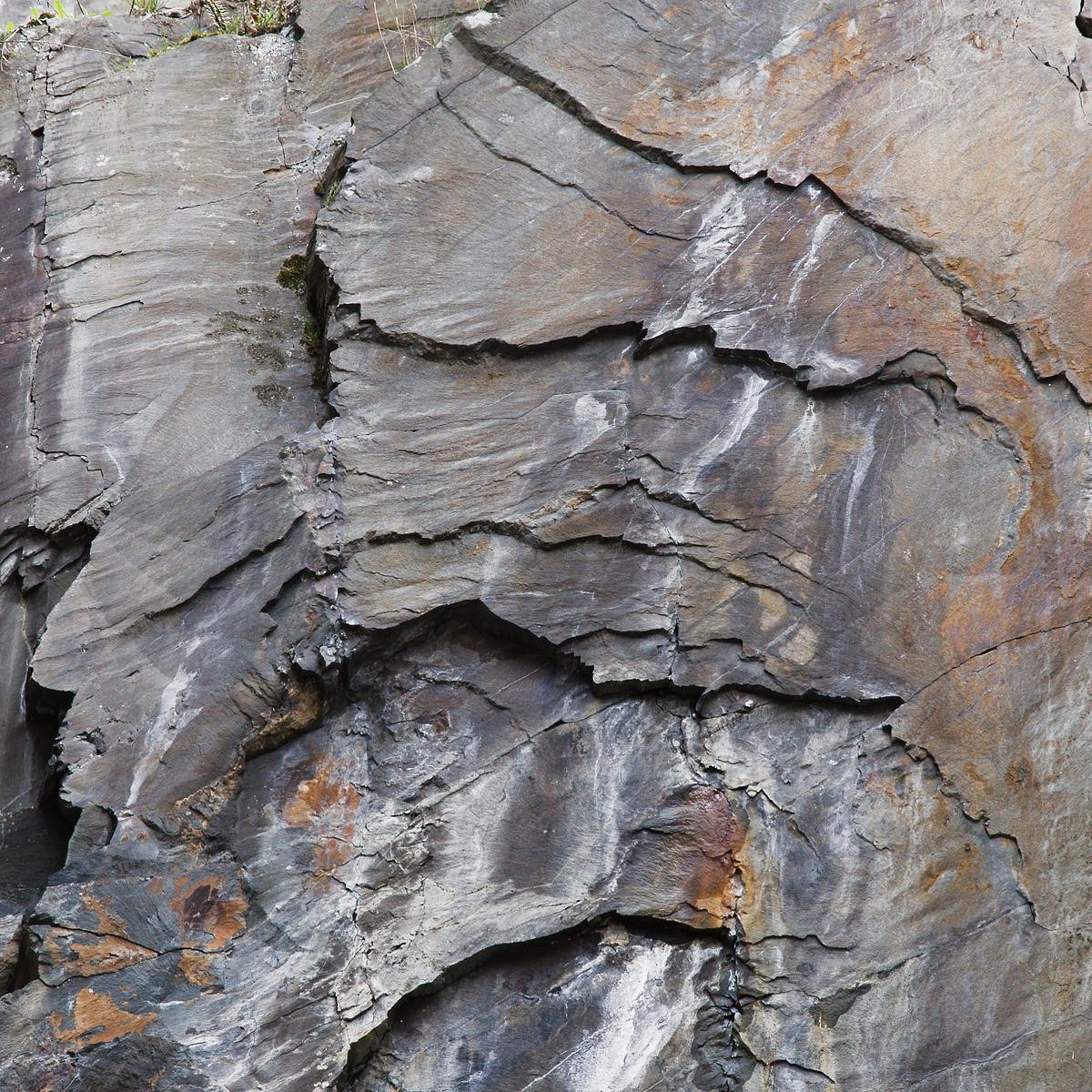
The Wales Millennium Centre
The Wales Millennium Centre in Cardiff is an architectural celebration of all things Welsh. The slate industry is a huge part of Welsh history and culture, so the designers of the centre paid careful attention to how they used it in the construction. The exterior of the main building is clad in examples of slate from many different quarries in Wales. The result is a multi-layered effect that gives the impression of strata.
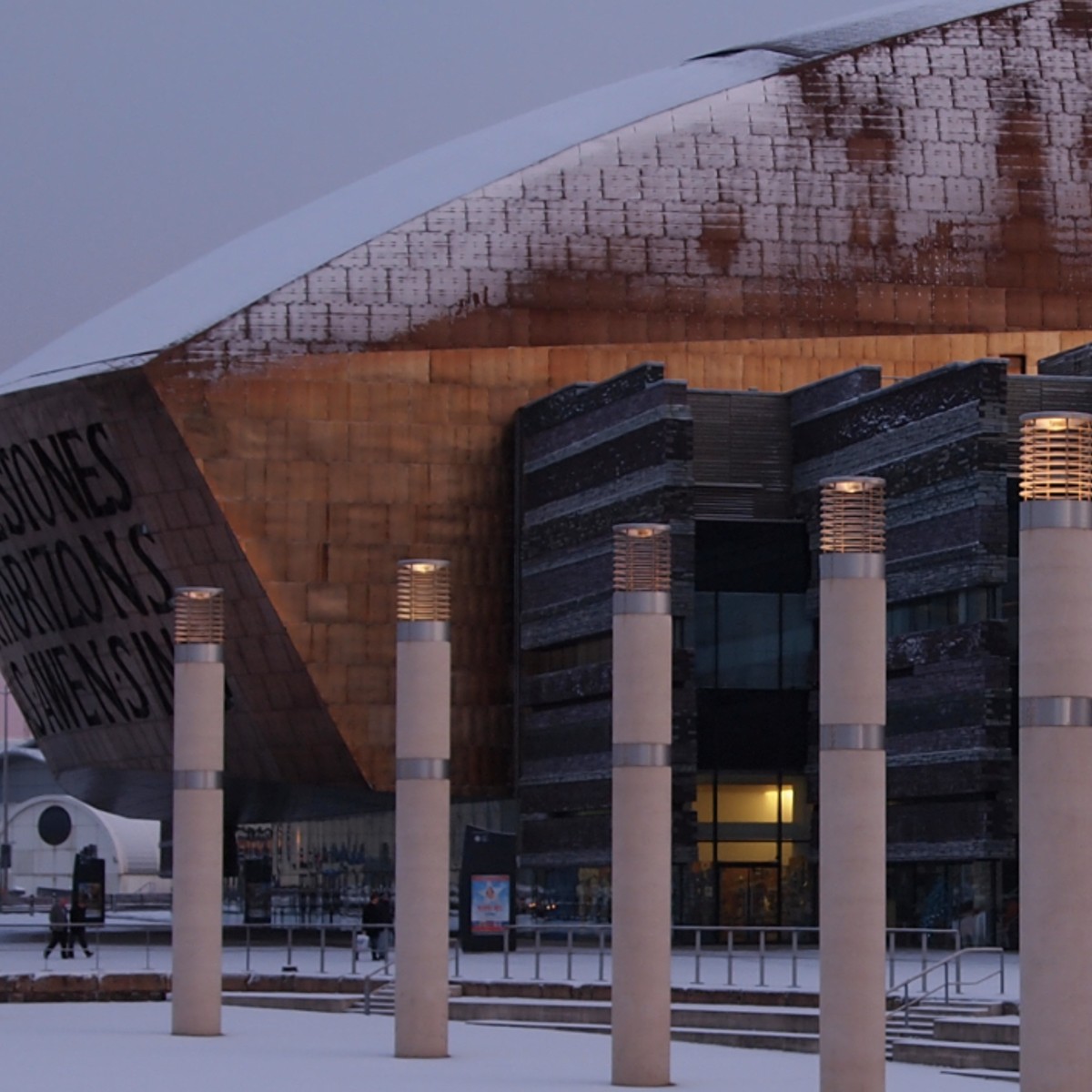
Valentia Slate Quarry
This quarry on Valentia Island in County Kerry in Ireland has a few claims to fame. The slate has been used to build the rooftops of Westminster, as well as many of London’s iconic railway stations and the Paris Opera house. The island is also home to the fossilised tracks of early tetrapods, some of the earliest animals to walk on land nearly 385 million years ago (before even the dinosaurs walked the Earth.
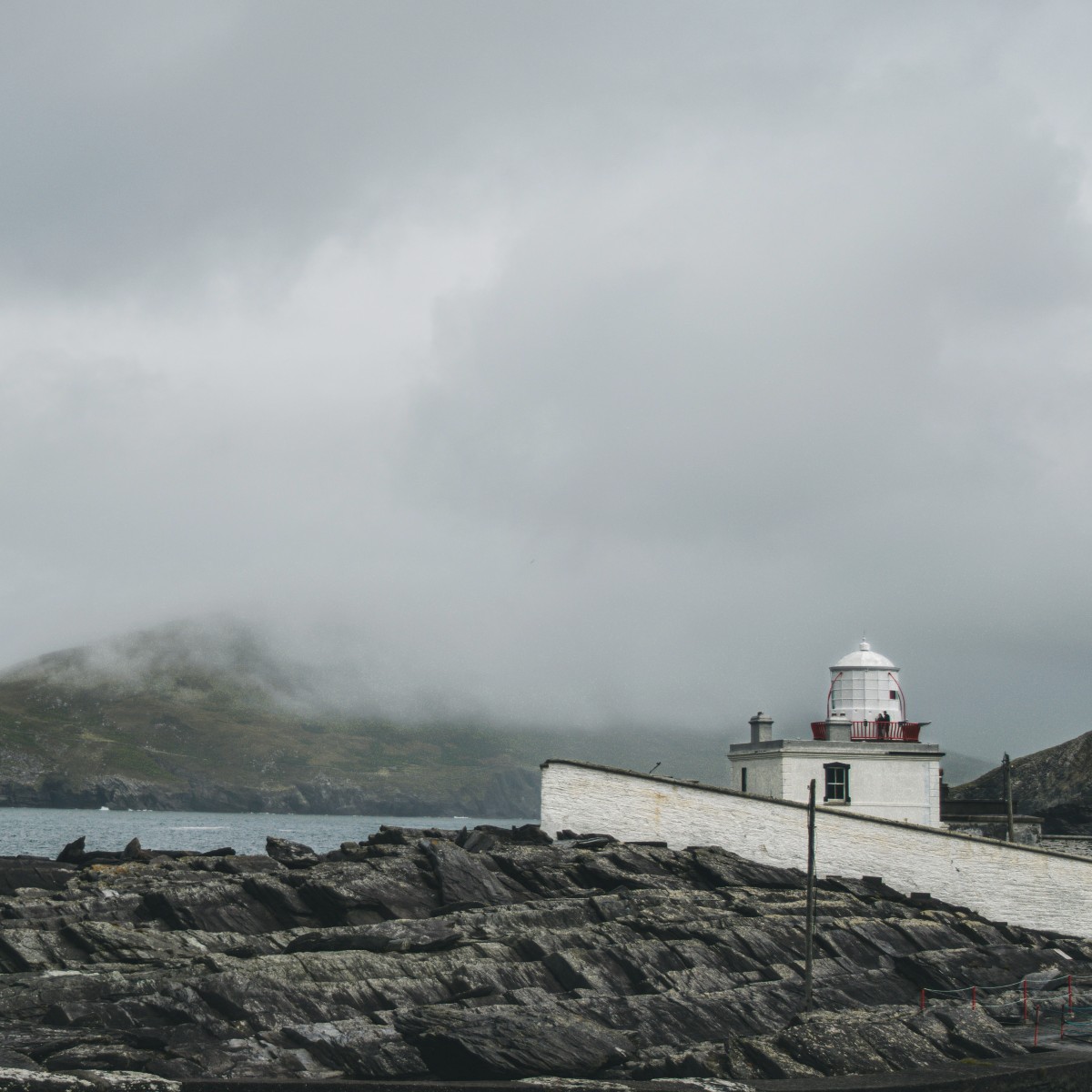
Osborne House – Prince Albert’s billiard table
Another building that used Valentia slate is Osborne House on the Isle of Wight. This former royal residence was built as a summer home for Queen Victoria and Prince Albert. Albert designed the house and sourced the materials himself, including a billiard table built of white enamelled slate.
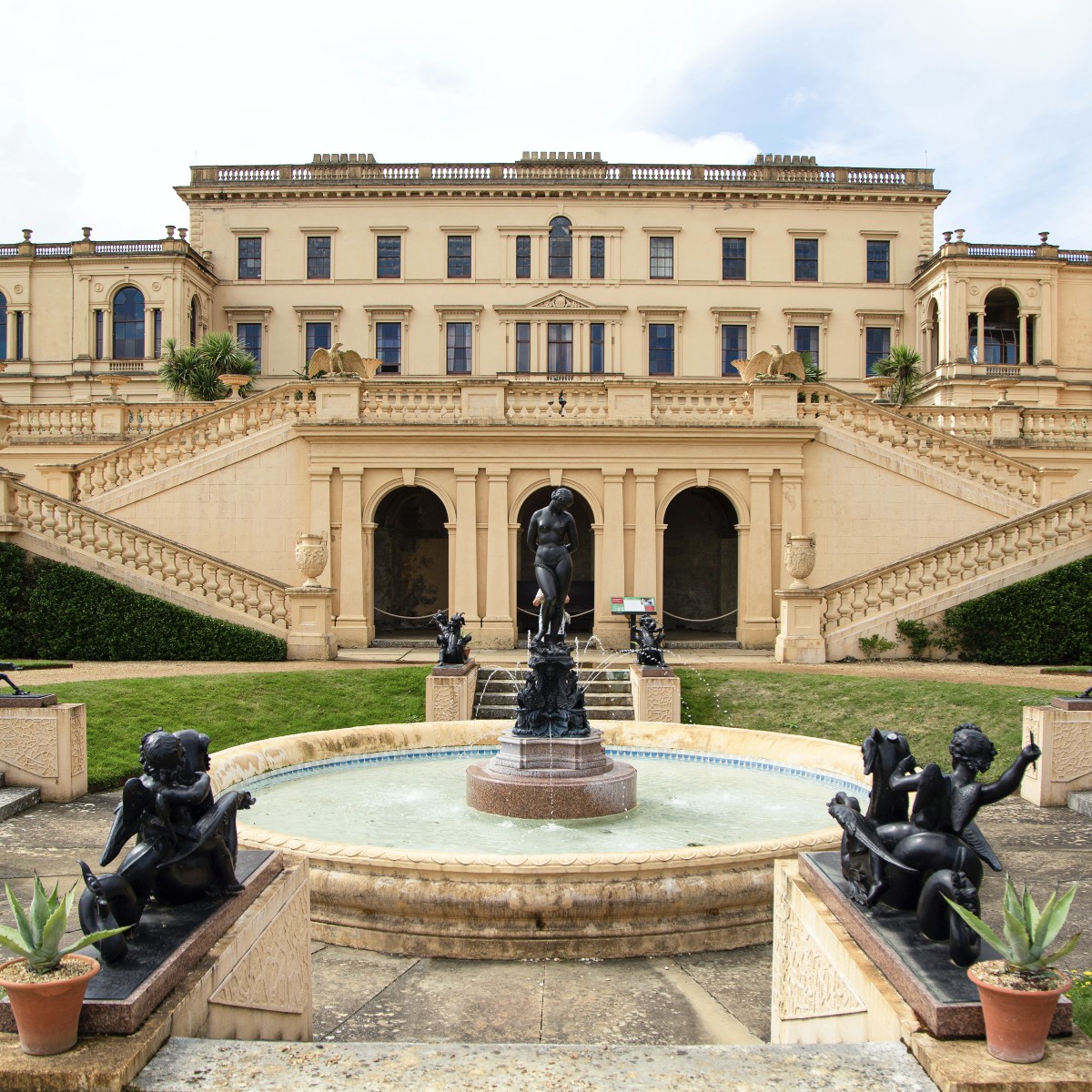
Slate: Ratings
- Strength – 7 stars
- Durability – 8 stars
- Water resistance – 9 stars
- Stain resistance and maintenance – 9 stars
- Tactility (touch and feel) – An often smooth, fine grained surface, with occasional ribbons and foliations.
- Colour choice – 4 stars
- Pattern variation – 3 stars
- Price – 6 stars
Marble
Like Slate, Marble is a metamorphic rock which forms when limestone or dolomite is exposed to extreme heat and pressure. The calcite, aragonite or dolomite minerals are recrystallised following metamorphosis and result in the swirls and veins that characterise marble. If there are mineral impurities in the protolith, this will affect the colour and patterns.
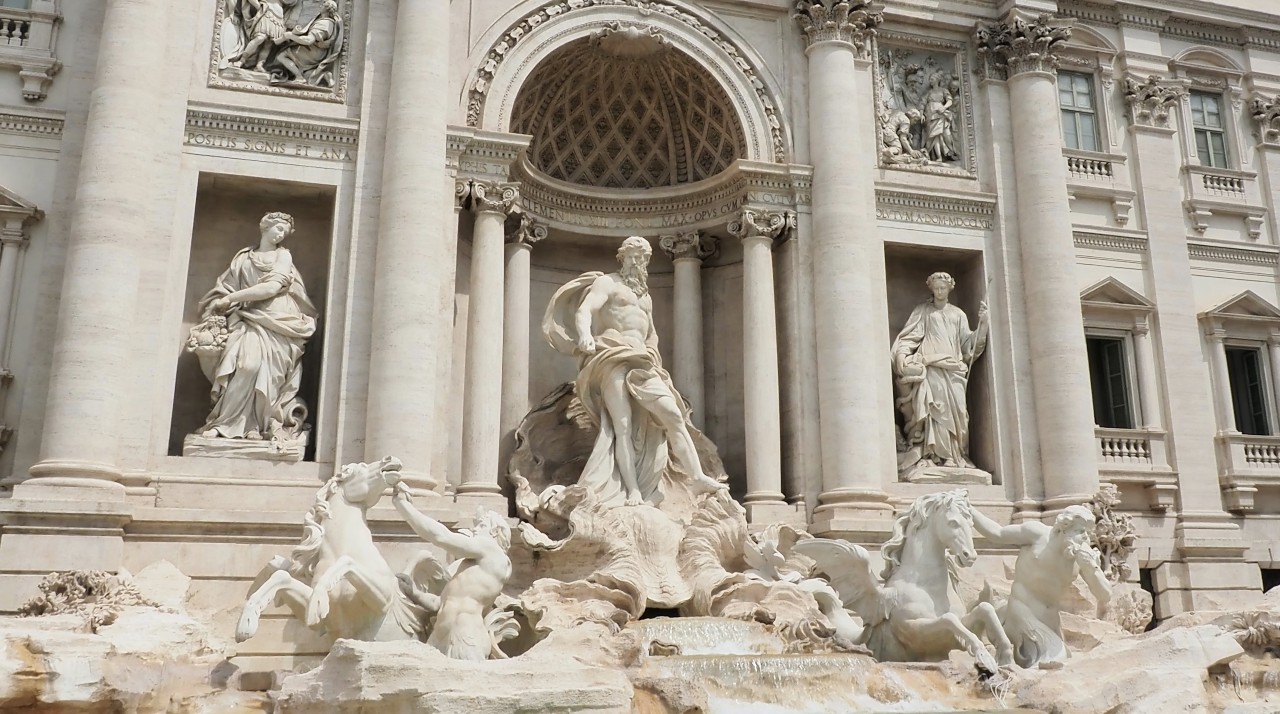
Marble: Colours and Patterns
Marble is highly prized for its vivid colours and veining.
Throughout history, white marble has been a coveted material. This marble is high in the mineral calcite, with very low quantities of other minerals. Not only does this highly calcitic marble prove easy to carve and shape, but it is also useful in neutralising acid. The powdered form is often called ‘whiting’ and can be used in things like paint and sometimes medicines that require calcium carbonate, such as antacids.
However, other colours of marble have proved to be highly sought after as well. Green marble has accumulated serpentine during the metamorphic process, red or pink marble is exposed to iron and feldspar, and a rare black marble called Portoro is the product of organic marine material.
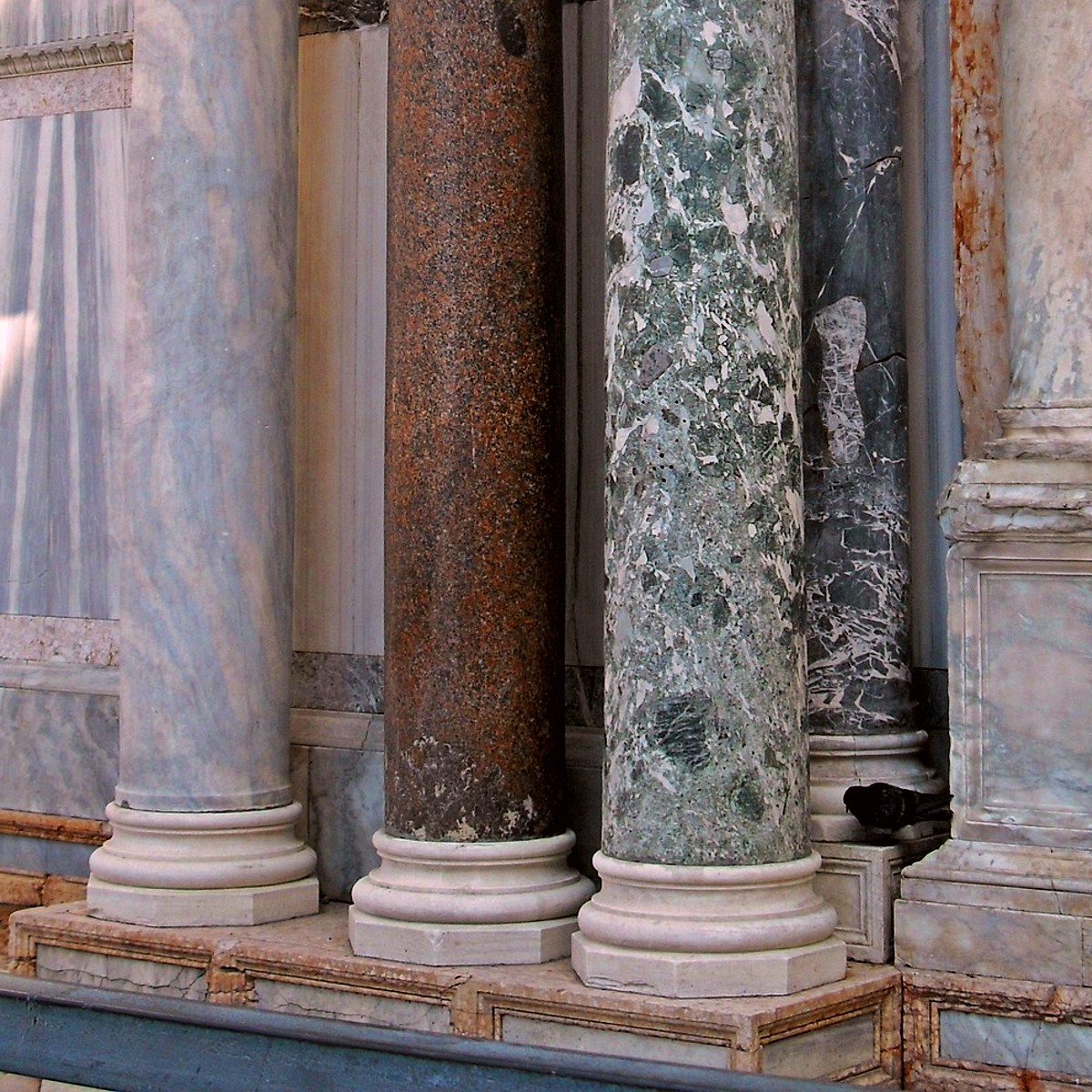
Marble: Pros
- Soft – the relative softness of marble in comparison with other stones has made it an icon in the fields of masonry and sculpture.
- Varied – though stoneworkers have often sought the purest white marble to complete their work, there are many beautiful examples of different coloured marbles, including black, green and pink.
- Patterns – the complex interplay of minerals in marble as it forms leaves the vivid and eye-catching patterns for which the stone is known.
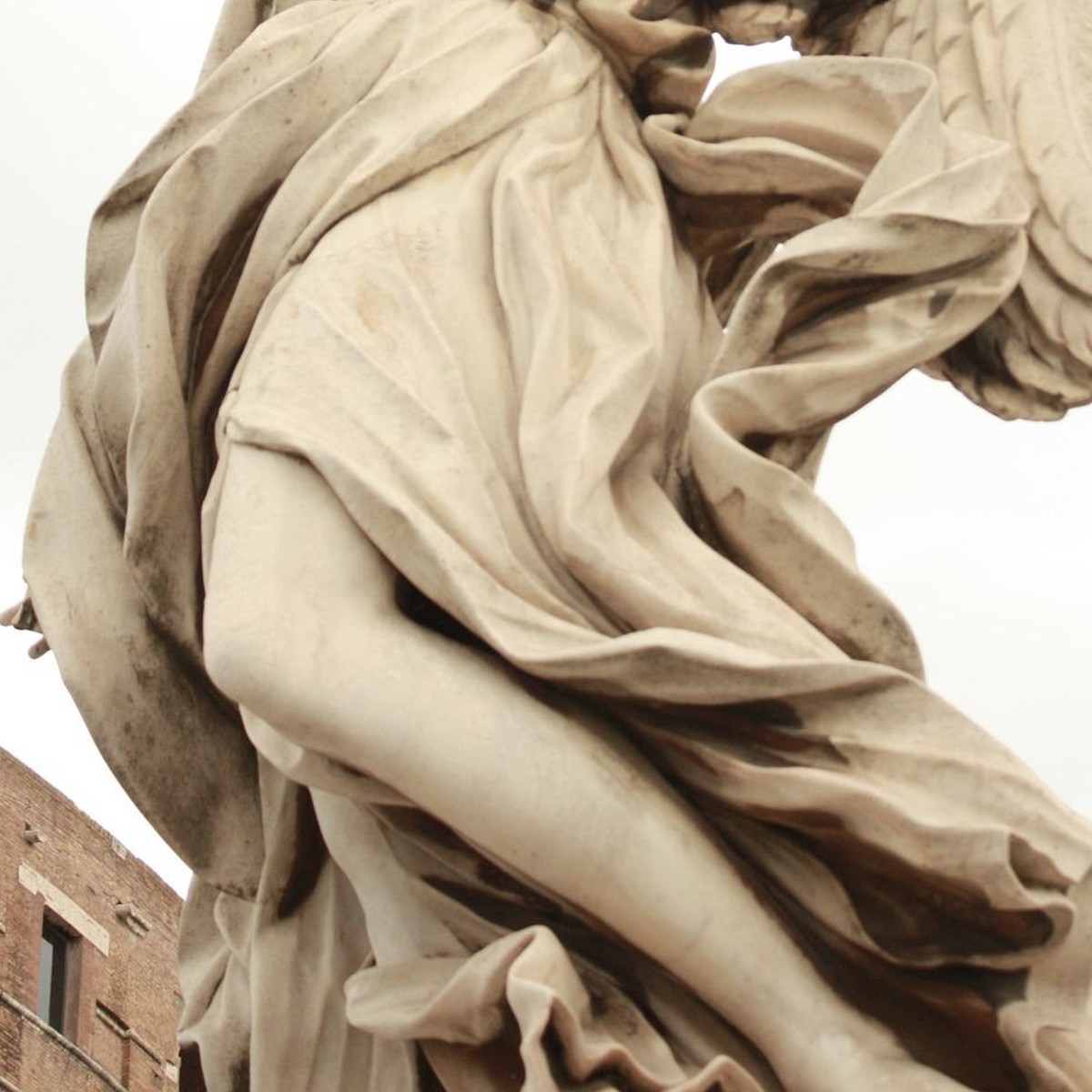
Marble: Cons
- Requires care when installing – as it is a soft stone, it is important that great care is taken when it is being installed. It is a heavy rock and can strain if the floor isn’t even and can potentially crack or break.
- Susceptible to acid erosion – while it is naturally water-resistant, marble is a calcareous rock, which means acid can erode it.
- Very expensive – marble is incredibly costly. As a result, it isn’t regularly used for paving. There are, however, some great porcelain alternatives that can offer a similar effect to marble without the cost and inconvenience.
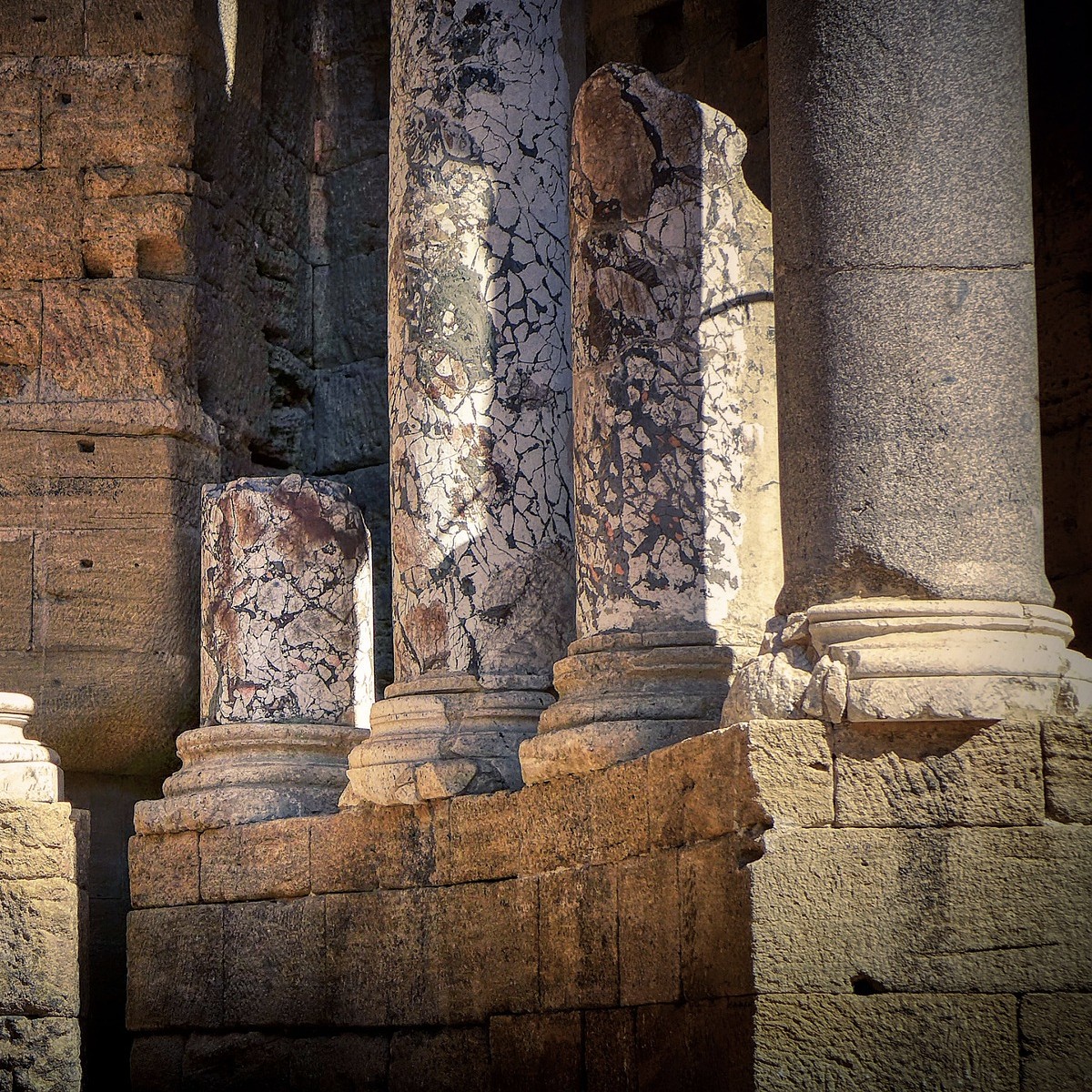
Taj Mahal
The Taj Mahal is constructed from a variety of materials, including jasper, sapphire and crystal, but the majority of it uses white marble. This marble was quarried from Makrana in Rajasthan, nearly 250 miles from the Taj Mahal, and it took over twenty years to complete construction. Today, it has become a symbol of India and attracts around 8 million visitors a year.

Topkapi
Another royal building that makes great use of marble is Topkapi Palace in Istanbul. Built in the 15th century, the palace is a highly decorative example of Ottoman style, and marble is used in everything from colonnades to bathtubs. Exterior walls, fountain beds and floors are layered with white and coloured marble, all of which lead to an atmosphere of opulence and luxury.
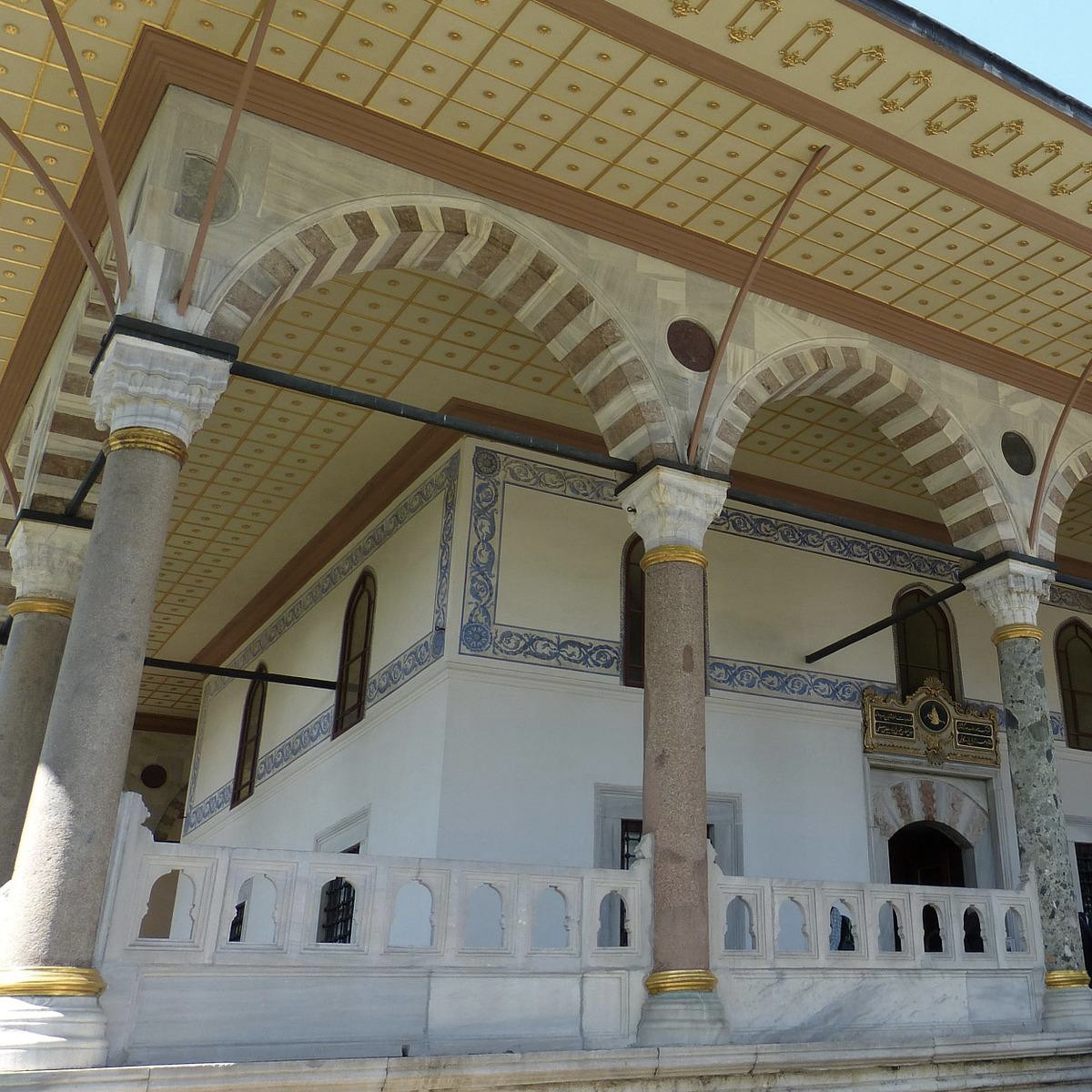
Parthenon
The Parthenon in Athens is one of the oldest and most iconic uses of marble in history. Pentelic marble quarried from nearby Mount Pentelikon was used by skilled architects in the 5th century BC under the authority of Pericles, and its name would be forever associated with marble. Of particular note were the marble statues, often called the Parthenon or Elgin marbles, which were brought over to the UK during the Ottoman occupation of Greece. These are regarded as some of the most exquisite ancient marble sculptures in the world.
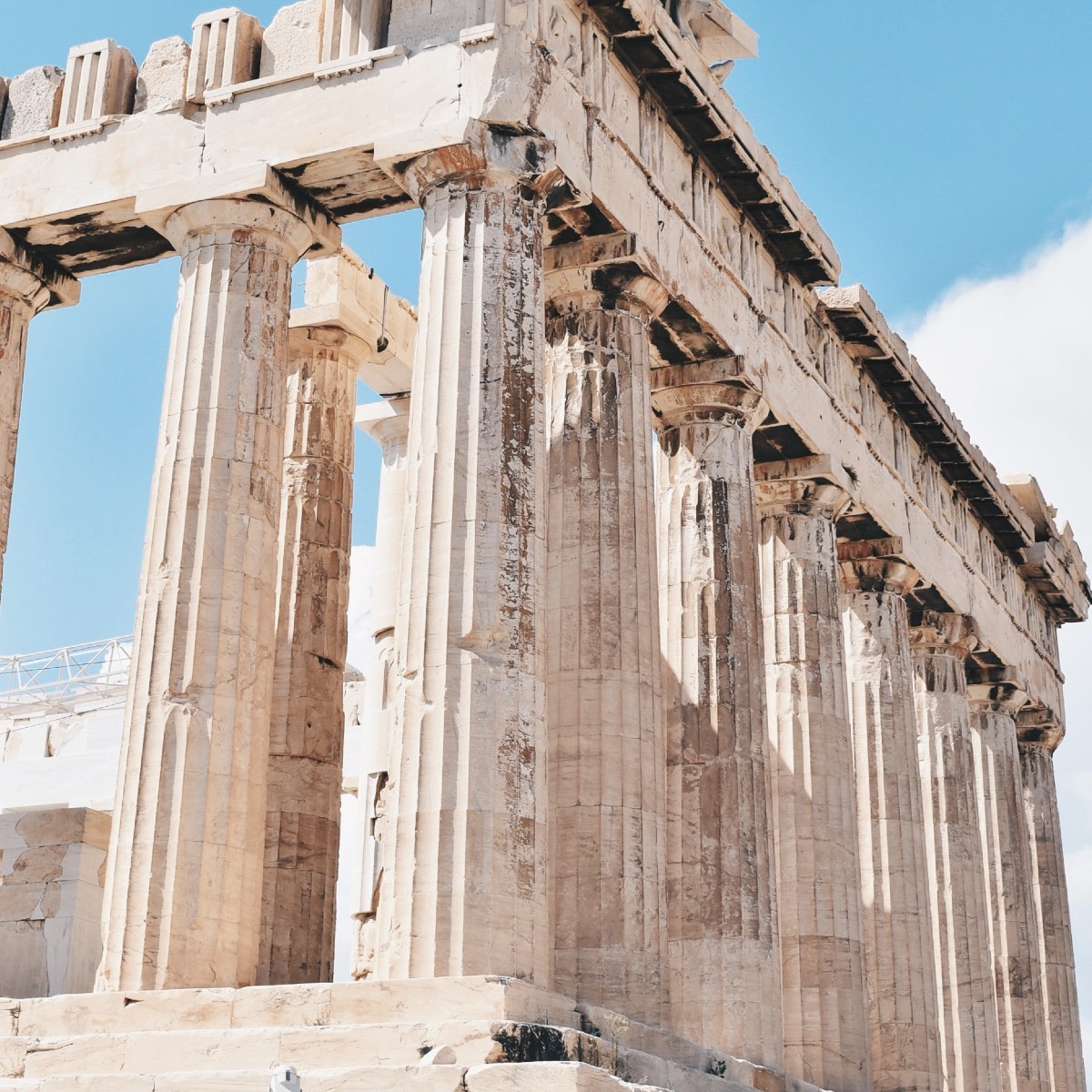
Marble: Ratings
- Strength – 7 stars
- Durability – 6 stars
- Water resistance – 6 stars
- Stain resistance and maintenance – 6 stars
- Tactility (touch and feel) – medium to coarse grained, non-foliated. Often smooth and glassy.
- Colour choice – 7 stars
- Pattern variation – 7 stars
- Price – 1 star
Grading of natural stone
The professional grading of natural stone is determined by its application. A slab destined for an industrial setting will not likely be chosen for its aesthetic appeal, whereas a decorative marble will like be selected for its colour and gloss. For these reasons, it is difficult to discern a universal grading of natural stone.
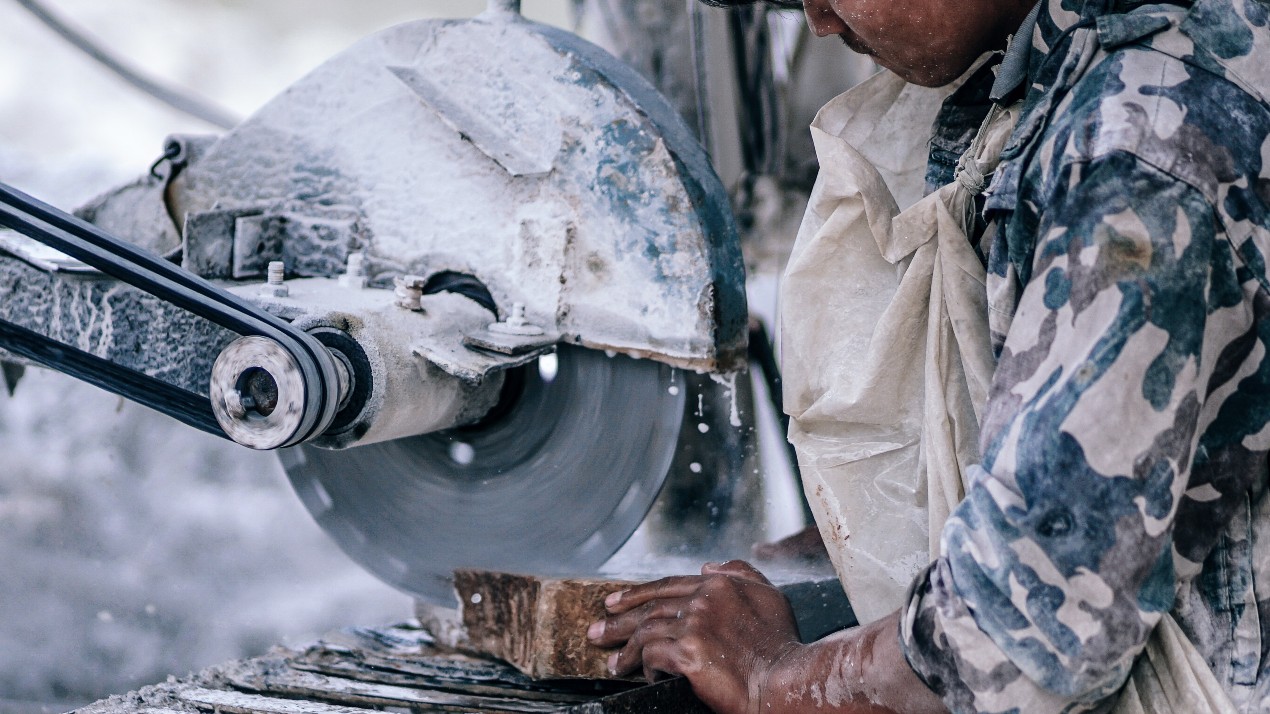
However, every stone has criteria under which it can be assessed, and its final objective will be based on these. Broadly speaking, these are:
- Colour
- Uniqueness
- Texture
- Mineralogy
- Grain size
- Density
- Porosity and permeability
The density and porosity of a stone are the main criteria when it comes to its hardness and durability. The more dense and less porous a stone is, the harder it is and the more impervious to weather damage. Dense stone, however, is not necessarily less porous, and vice versa. One general guideline for quarrying is that the deeper the quarrying position of a stone, the more likely it will be that it is denser and less porous, having been subjected to greater heat and pressure.
The quality and texture of a rock can be determined by the mineralogy and grain size. Different minerals react to weathering elements such as water and oxygen in different ways, which can mean the difference between a rock that weathers well and one that doesn’t. When minerals have been recrystallised, as in the case of marble, it takes on a sheen that feels much smoother than, for instance, limestone. Grain size is a measurement of mineral crystals or clasts, which can help to determine what rock group it belongs to.
The colour and pattern of a stone will also come from how and where it has been quarried. Natural stone is formed in layers that are not necessarily of the same colour. When the top layer is exposed, it will weather, and its appearance will change. This is known as the natural face of a rock formation.
How the rock is then cut will determine its appearance. If the rock is split down its edge, the seam faces are exposed. If it is split along its face, the layers beneath are revealed, and its full colour range can be discovered (these are known as ashlar faces).
One particularly coveted type of stone is called freestone(see Bath Stone above). This is a soft, fine-grained stone which can be cut in any direction and remain uniform without shattering. They tend to be oolitic stone, such as limestone or even chalk, but can also be forms of sandstone too. Because it is so easy to work with, freestone has often been used in decorative masonry, particular in old religious buildings.
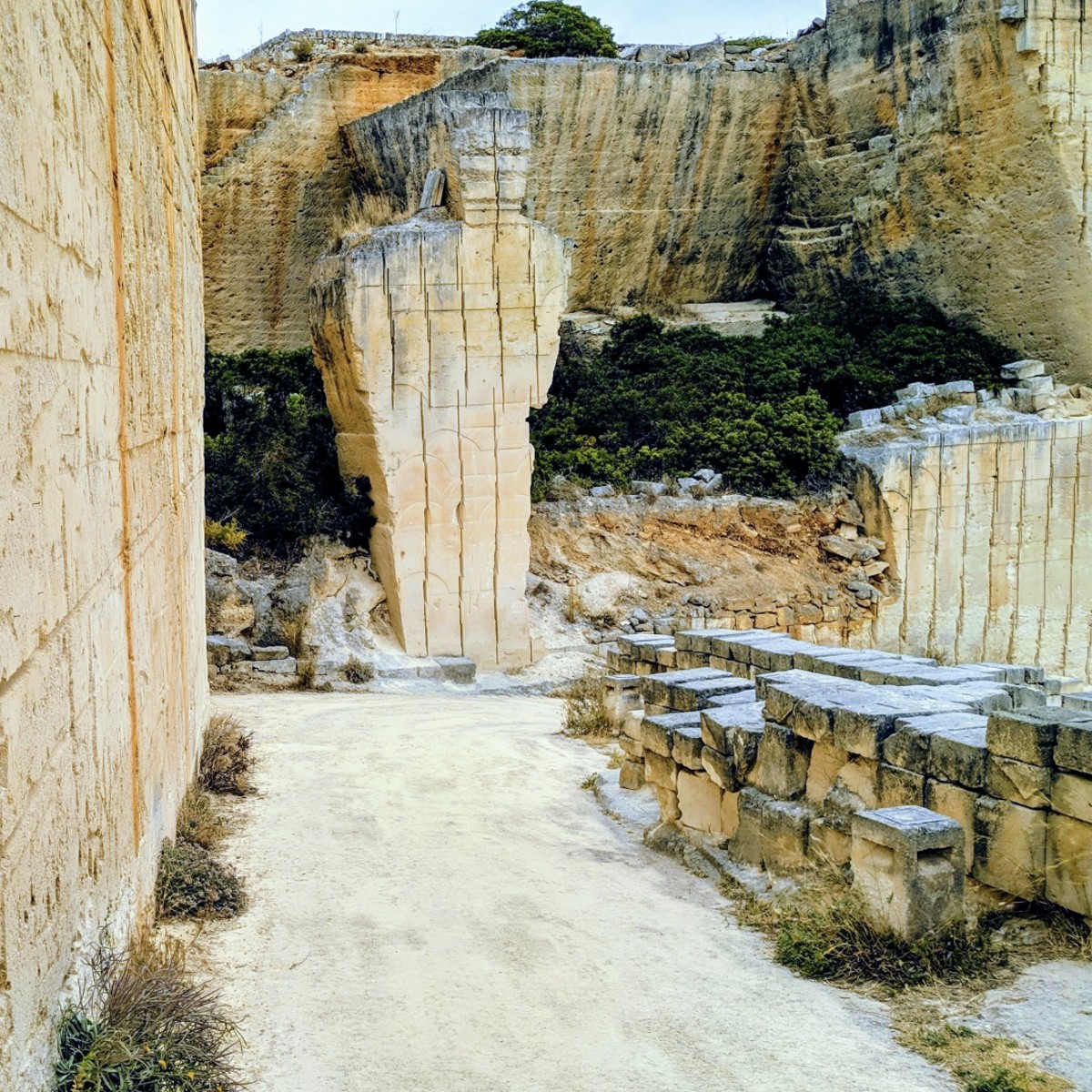
<
Conclusion
Throughout this article we’ve taken a close-up view of the different types of natural stone used in paving. We’ve seen how these stones have been formed and how we’ve utilised them based on the characteristics we’ve found most useful and desirable.
We’ve seen that:
- Sandstone is an abundant resource and has wide variety of colour
- Limestone is treasured for its beautiful texture and pleasing visual appeal
- Slate bears up extremely well against water
- Granite can withstand extreme stress and abrasion beyond almost any other building material.
For landscapers, paving experts or DIY gardners, an understanding of these characteristics will hopefully help to make well-informed choices.
Back to top
